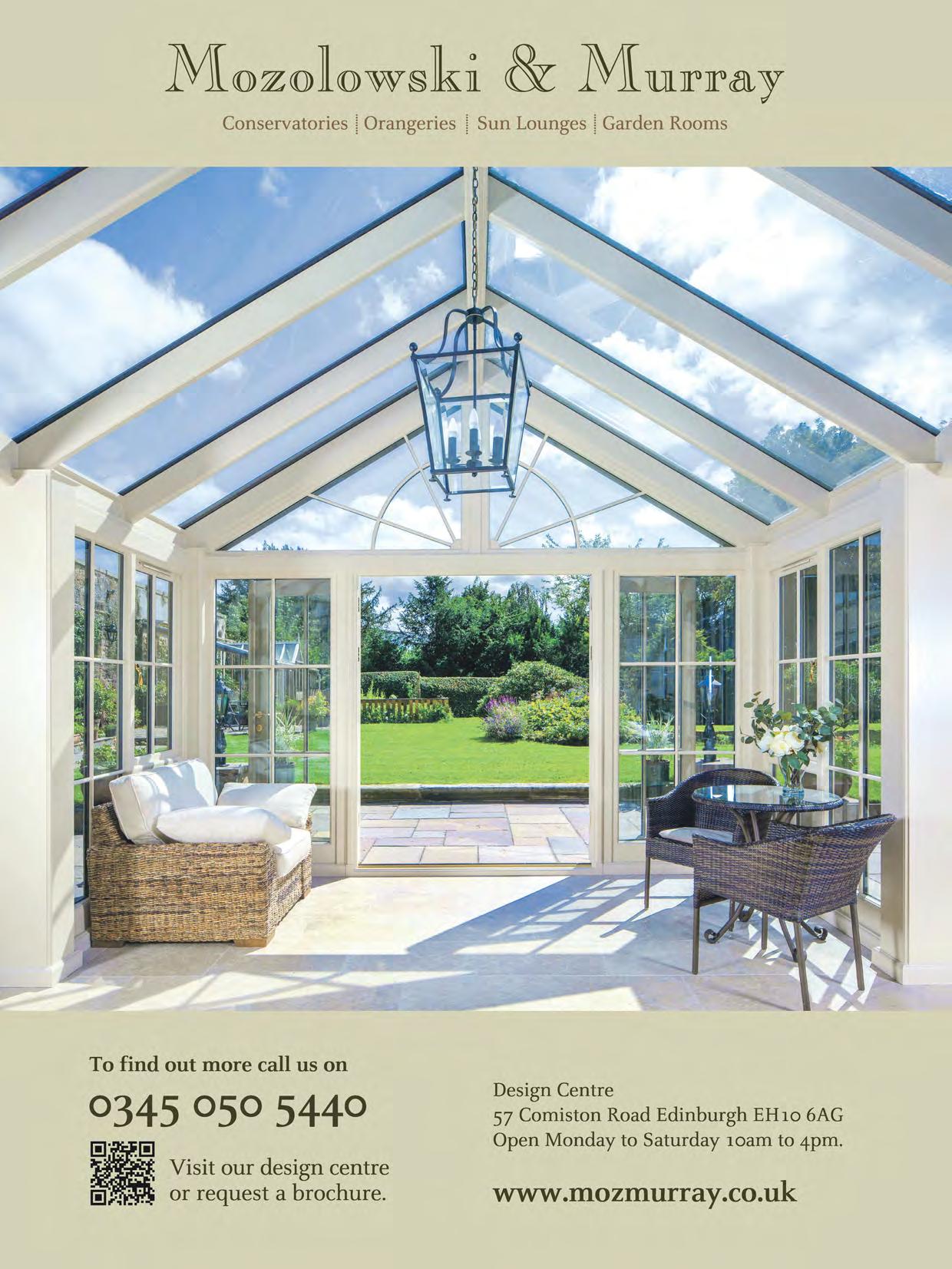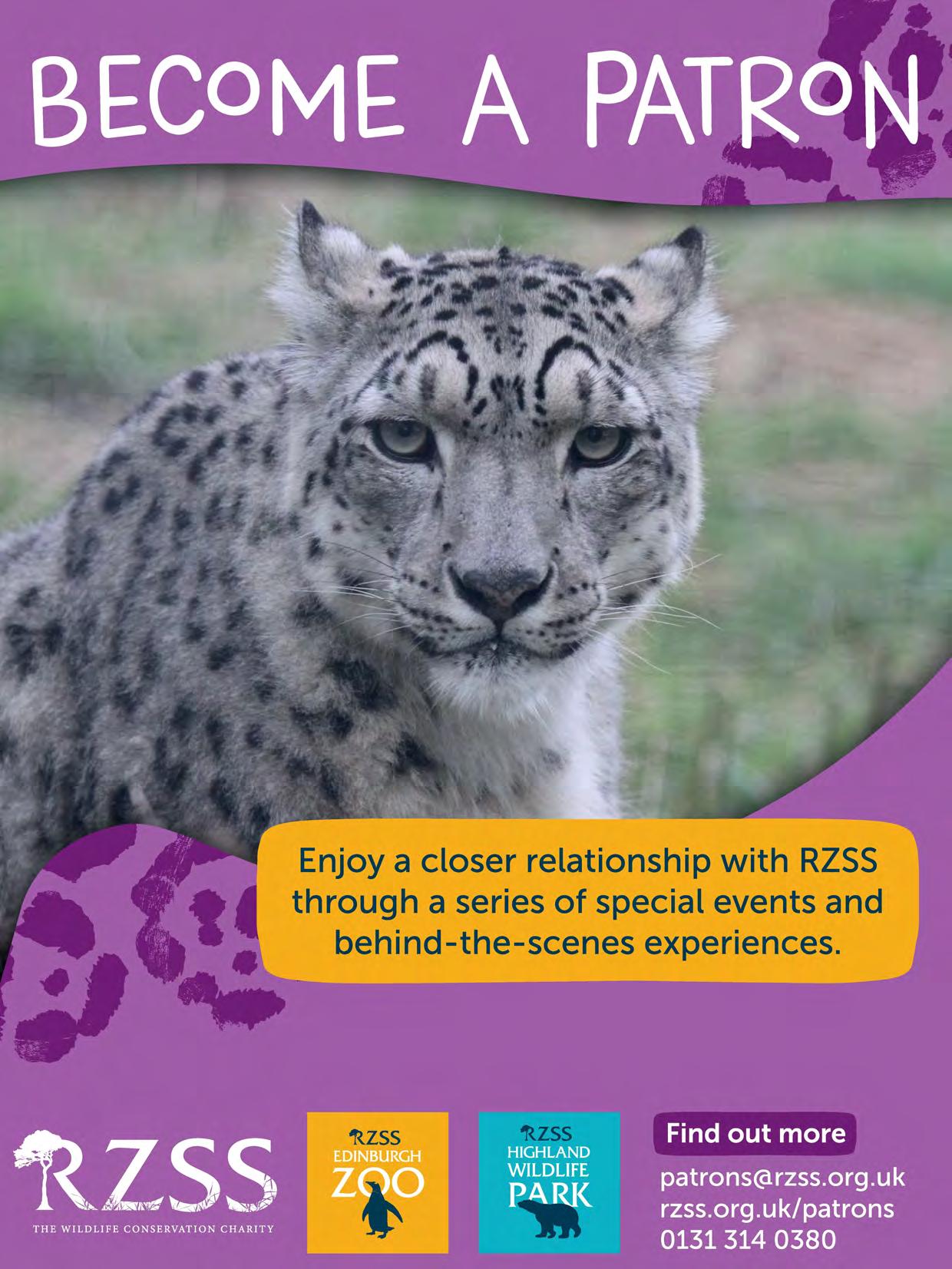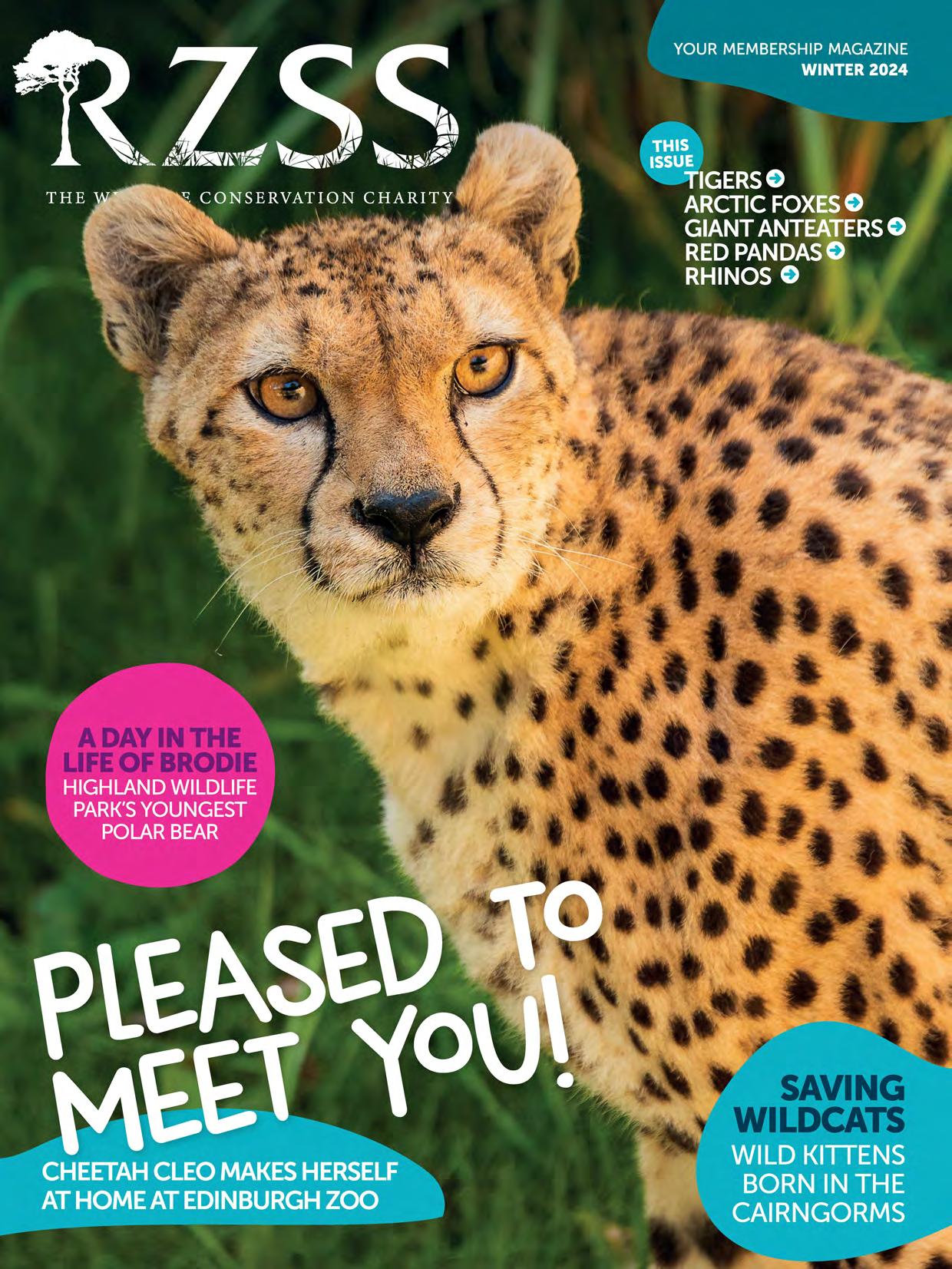




Your favourite Scottish porridge oats and oatmeal coming soon in recyclable paper bags
9rown, milled and packed in 8cotland

This is the official publication for members of the Royal Zoological Society of Scotland (RZSS),the wildlife conservation charity (Scottish registered charity SC004064)
Your membership magazine and its envelope are made using paper from sustainably managed forests and are recyclable. For more information about RZSS,including details of our Patrons, board and staff, visit rzss.org.uk
All content in this magazine is ©RZSS unless stated otherwise.
For any editorial enquiries, please write to Membership, RZSS, 134 Corstorphine Road, Edinburgh EH12 6TS
Or email us at: membership@rzss.org.uk
RZSSEditorial Team
Alan Bannon, Celia Brady, Laura Moore, Christine Moorhouse, Lisa Robshaw, Ben Supple, Hollie Watson
Editor Emily Rodway
Contributing Editor
Jonathan McIntosh
Art Director George Walker
Photographers Laurie Campbell, Kieran Wyness, the RZSScommunications team and some of our brilliant competition winnersl
Managing Editor Andrew Littlefield
Production Director Justin Masters
Executive Director John Innes
Commercial Partnerships Manager Alison Fraser d: 0141 946 8708 e: alison.fraser@thinkpublishing.co.uk
Published by T H I N K w: wwwthinkpublishing.co.uk
Writer Sarah Burnett
interviewed Dr Helen Senn and Dr Keri Langridge from the RZSSconservation team to find out the latest news from a busy year on the Saving Wildcats project.
There's been a fantastic buzz among staff at Edinburgh Zoo over recent weeks as we've welcomed Cleo, our first cheetah in 24 years. We've redesigned a large enclosure near the entrance to the zoo (in the area where hunting dogs and red river hogs used to live) and we're so pleased to see that Cleo is already making herself at home.
We would love to introduce another cheetah to keep Cleo company and hope to have good news on that subject soon!
In the meantime, we are also making preparations to welcome Pallas's cats to Edinburgh Zoo. As you'll discover on page 7, our charity plays a vital role in the conservation of Pallas's cats, working alongside our partners worldwide.
We're also the holders of the Pallas's cat international studbook, and we coordinate the captive breeding programme for the Pallas's cat within the European Endangered Species Programme.
Jonathan McIntosh spoke to our keepers to hear about Brodie the polar bear's typical day at Highland Wildlife Park and beautiful cheetah Cleo's arrival at Edinburgh Zoo.
All this means we're utterly delighted to be bringing Pallas's cats into the zoo. They're about the size of a pet moggy and are very much deserving of a higher profile, so we're keen to spread the word about their arrival. Keep an eye out on our website, our social media feeds and on site at the zoo to find out more about when they'll be joining us.
Speaking of cats, it's been another successful year for the Saving Wildcats project, as highlighted on page 32. It's been great to track the progress of the wildcats released into the wild last year and this summer.
In the meantime, I recommend you pay a visit to the wildcat enclosures at both our parks. These shy animals may take time to make themselves seen, but spending moments with them is always worth the wait.
(JJ
David Field, Chief Executive Officer
Journalist Laura Brown has been behind the scenes at Highland Wildlife Park to learn about the important role played by RZSSvets in caring for animals large and small in the Highlands.
Cleo the cheetah Cleo moved into Edinburgh Zoo this summer and is already attracting lots of fans
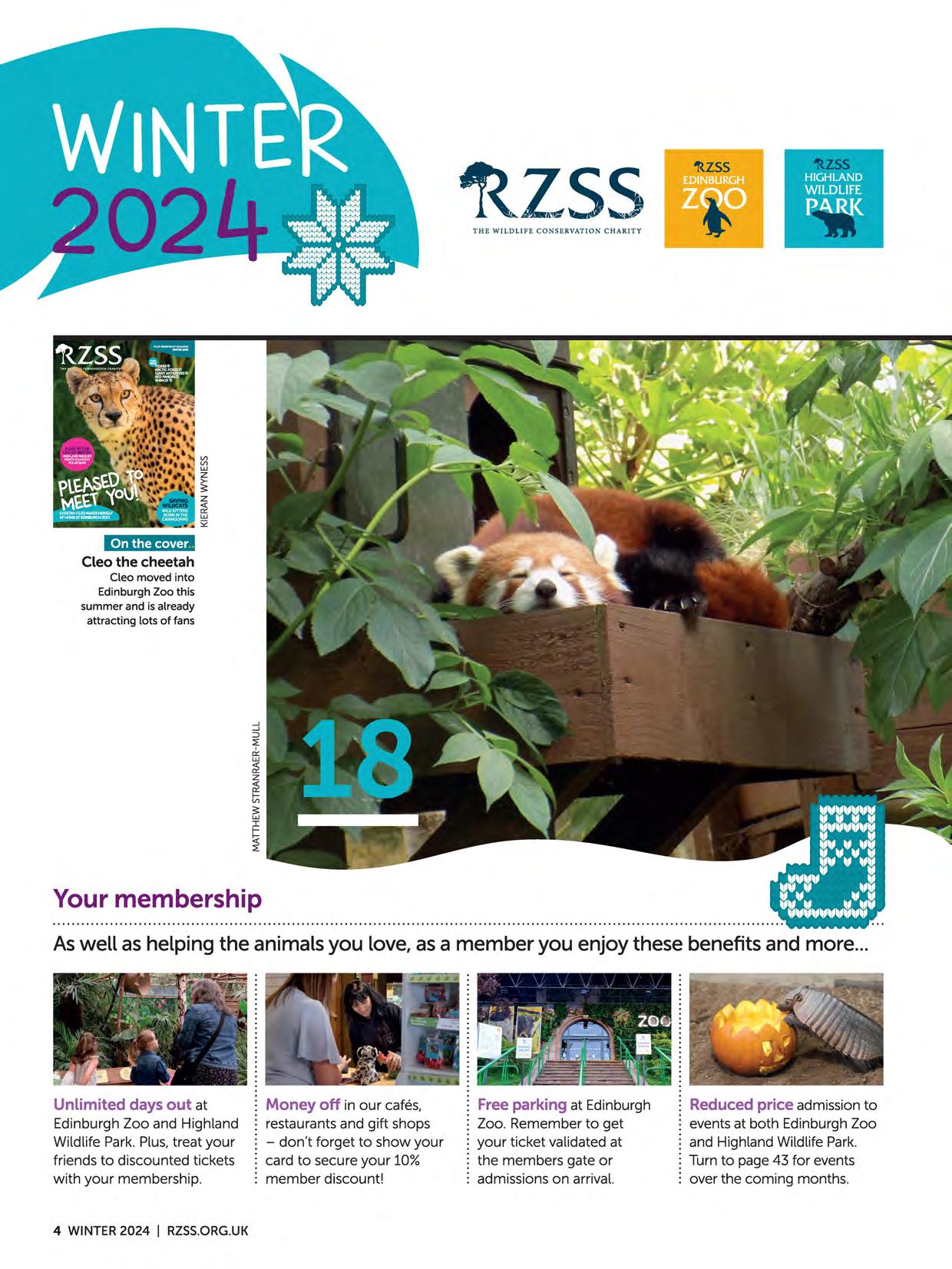
As well as helping the animalsyou love, as a member you enjoy these benefitsand more...
Unlimited days out at Edinburgh Zoo and Highland Wildlife Park. Plus, treat your friends to discounted tickets with your membership.
Money off in our cafes, restaurants and gift shops -don't forget to show your card to secure your 10% member discount!
Free parking at Edinburgh Zoo. Remember to get your ticket validated at the members gate or admissions on arrival.
Reduced price admission to events at both Edinburgh Zoo and Highland Wildlife Park. Turn to page 43 for events over the coming months.
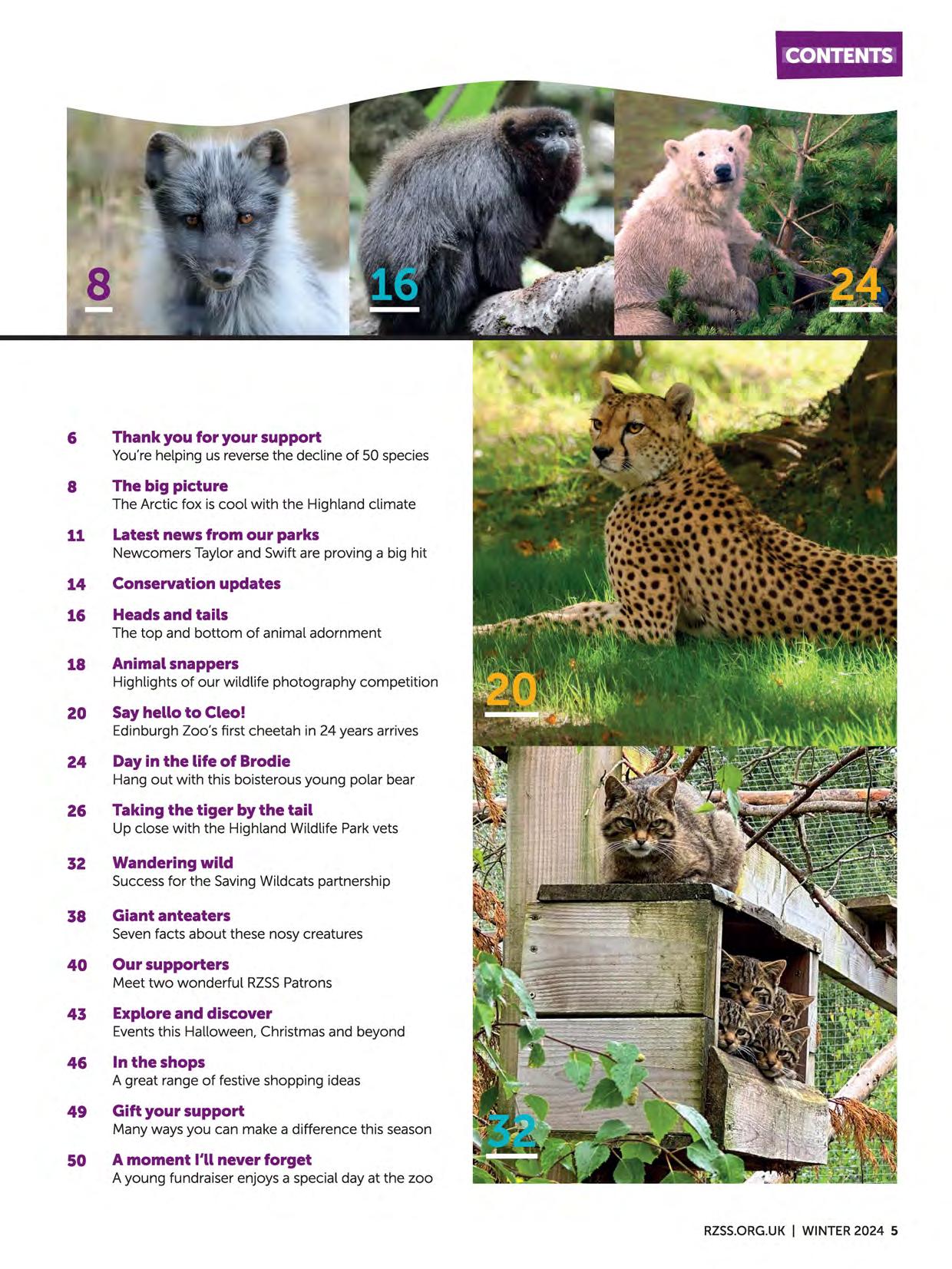
At RZSS,our mission is to save wildlife and empower people in Scotland and around the world to protect, value and love nature. But we cannot achieve any of this on our own. That's why we are so grateful to every one of our members, Patrons, visitors and supporters.
By supporting our charity, you not only aid our amazing keepers in caring for your favourite animals
As well as helping us reverse the decline of species around the world, you also help us care for the animals we all love at Edinburgh Zoo and Highland Wildlife Park

at Edinburgh Zoo and Highland Wildlife Park, you are also helping to protect threatened wildlife at home and abroad.
RZSShas pledged to reverse the decline of at least 50 species worldwide and your support helps to make that possible. So, thank you, for all that you do for wildlife and nature.
Here are some of the animals your support is helping to protect...
Thanks to the collaborative efforts of conservationists including the RZSSWildGenes team, the scimitarhorned oryx population of north central Africa has now increased sufficiently that its listing on the lUCN Red List of Threatened Species has moved from Extinct in the Wild to Endangered.
This iconic species used to roam in huge herds across the Saharan region. However, due to habitat loss and overhunting, numbers plummeted in the 20th century and it was declared extinct in the wild in 2000.
Since 2012, RZSS has been working as part of a worldwide partnership that is helping to restore scimitar-horned oryx to the wild by introducing captively bred oryx into a wild population in Chad.
A 'world herd' has been established to ensure genetic diversity among the global captive population.
RZSSWildGenes has now run genetic analysis on more than 200 scimitar-horned oryx released into Chad and continues to monitor the wild population, which is currently up to more than 500 individuals.
To help boost the wild population of the beautiful dark bordered beauty moth in Scotland, we have undertaken a large-scale conservation breeding and release programme.
At present, sites with a suitable habitat are fragmented -so adult moths are not able to disperse to new areas. Our work has been focused on breeding enough moths to release into new areas of suitable habitat.
We have built a facility at Highland Wildlife Park with different housing for each life stage and full climate control to give our moths the best chance of breeding and producing lots more moths for release.The first release of moth caterpillars was in 2023; in 2024 we also released hundreds of eggs into a specially selected area of the Cairngorms National Park.
This work is in collaboration with the Rare Invertebrates in the Cairngorms project, a partnership between RZSS,the RSPB,Cairngorms National Park Authority, Buglife Scotland, Butterfly Conservation Scotland and NatureScot.
It is also supported by the Scottish Government's Nature Restoration Fund managed by NatureScot, Cairngorms National Park Authority and players of the People's Postcode Lottery.
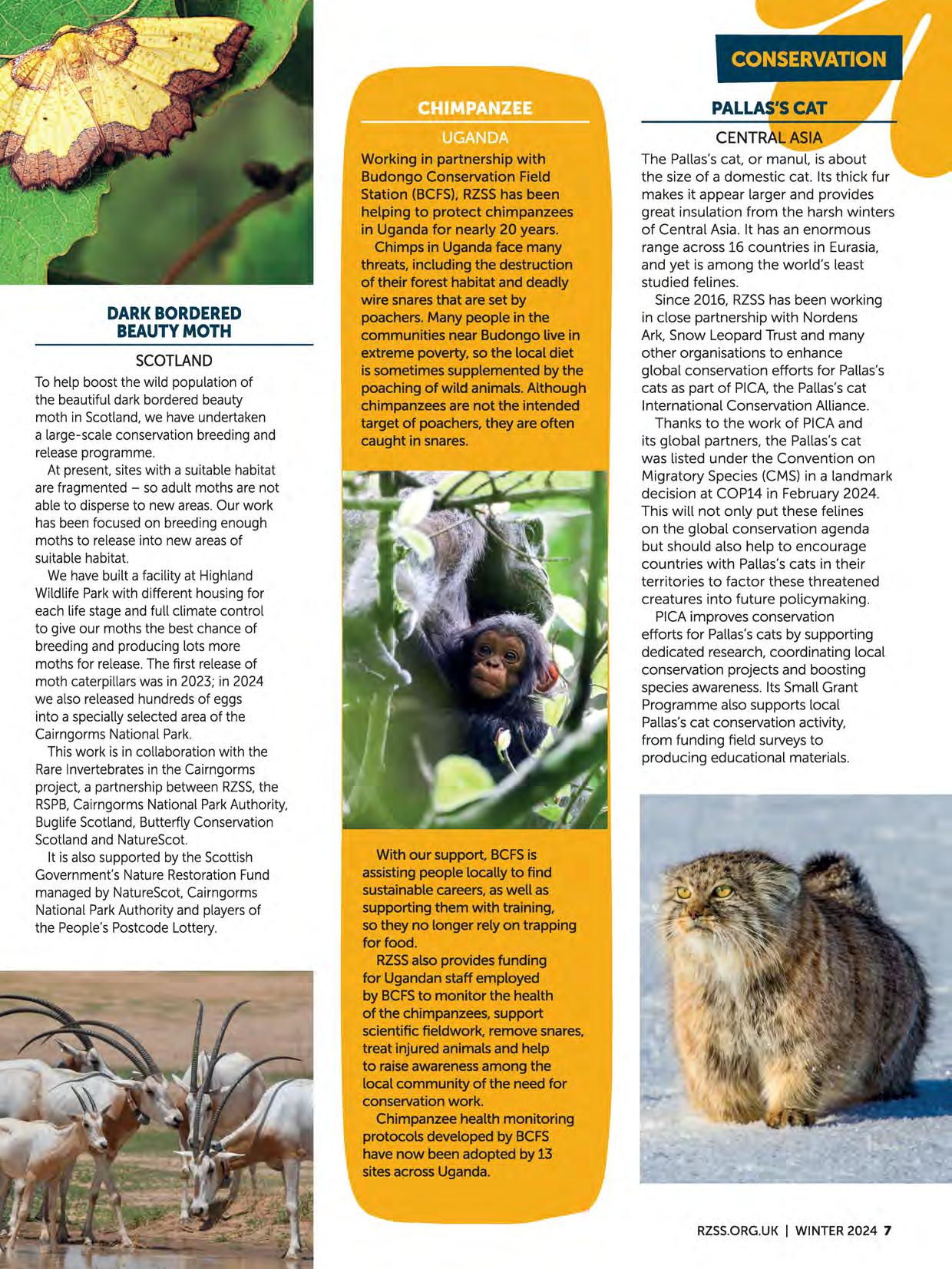
Working in partnership with Budongo Conservation Field Station (BCFS),RZSShas been helping to protect chimpanzees in Uganda for nearly 20 years.
Chimps in Uganda face many threats, includingthe destruction of their forest habitat and deadly wire snaresthat are set by poachers.Many people in the communitiesnear Budongolive in extreme poverty,so the local diet is sometimessupplementedby the poachingof wild animals.Although chimpanzeesare not the intended target of poachers,they are often caught in snares.
The Pallas's cat, or manul, is about the size of a domestic cat. Its thick fur makes it appear larger and provides great insulation from the harsh winters of Central Asia. It has an enormous range across 16 countries in Eurasia, and yet is among the world's least studied felines.
Since 2016, RZSShas been working in close partnership with Nordens Ark, Snow Leopard Trust and many other organisations to enhance global conservation efforts for Pallas's cats as part of PICA, the Pallas's cat International Conservation Alliance.
Thanks to the work of PICA and its global partners, the Pallas's cat was listed under the Convention on Migratory Species (CMS) in a landmark decision at COP14 in February 2024. This will not only put these felines on the global conservation agenda but should also help to encourage countries with Pallas's cats in their territories to factor these threatened creatures into future policymaking.
PICA improves conservation efforts for Pallas's cats by supporting dedicated research, coordinating local conservation projects and boosting species awareness. Its Small Grant Programme also supports local Pallas's cat conservation activity, from funding field surveys to producing educational materials.
With our support,BCFSis assistingpeople locallyto find sustainablecareers,aswell as supportingthem with training, so they no longer rely on trapping for food.
RZSSalso providesfunding for Ugandanstaff employed by BCFSto monitor the health of the chimpanzees,support scientificfieldwork, remove snares, treat injuredanimalsand help to raiseawarenessamong the local community of the need for conservationwork.
Chimpanzee health monitoring protocolsdevelopedby BCFS have now been adopted by 13 sitesacrossUganda.
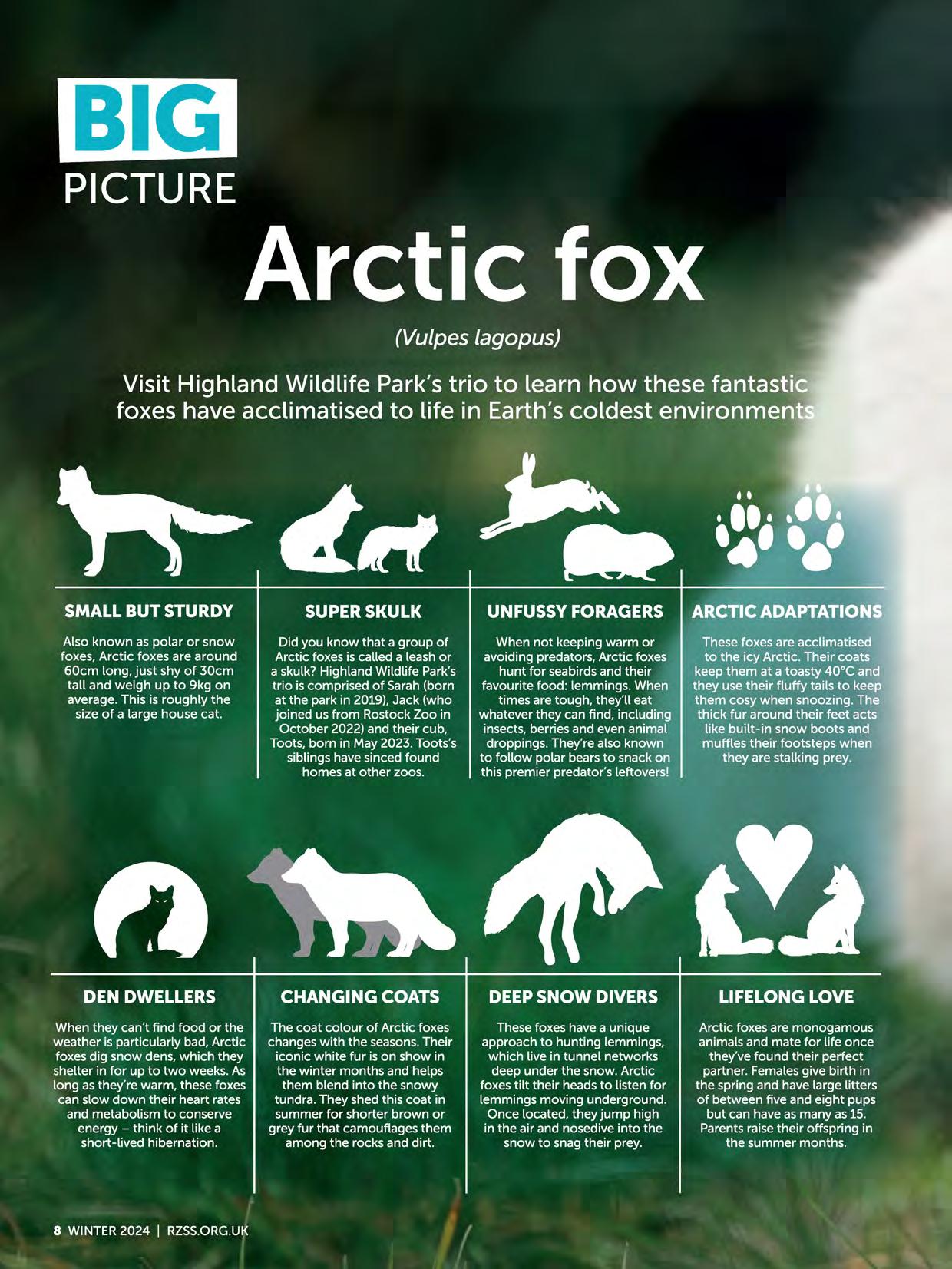

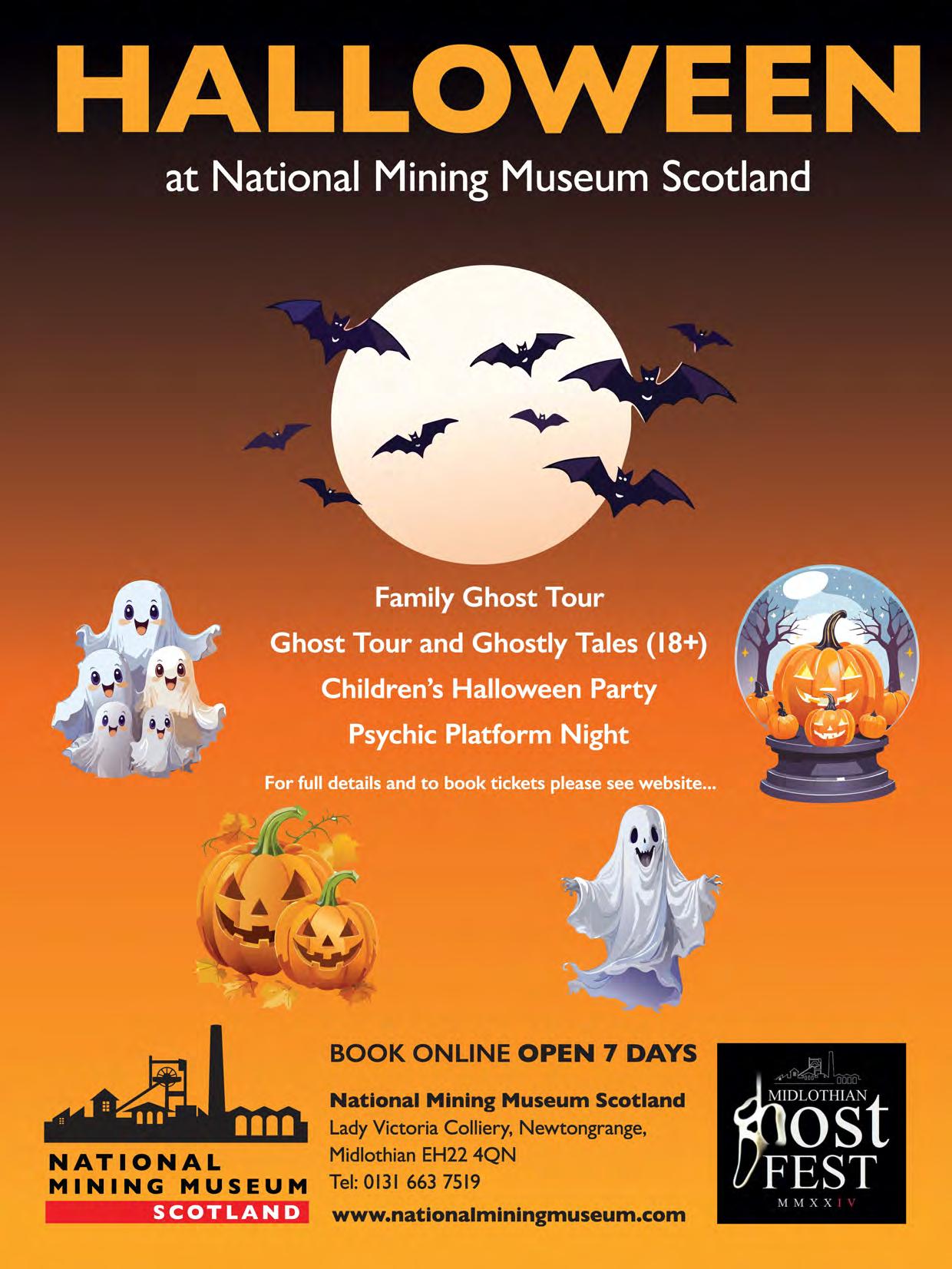
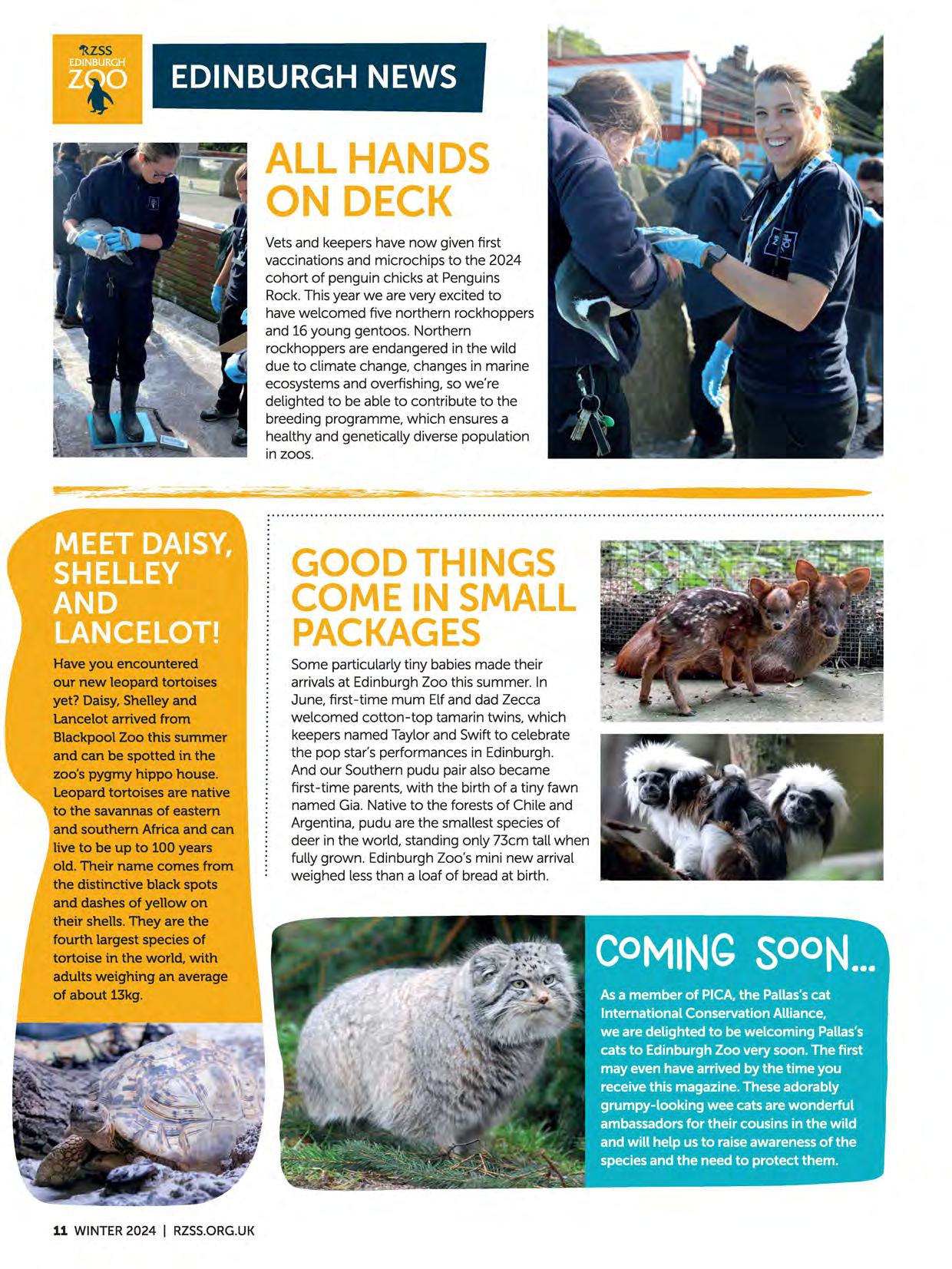
Have you encountered our new leopard tortoises yet? Daisy, Shelley and Lancelot arrived from Blackpool Zoo this summer and can be spotted in the zoo's pygmy hippo house. Leopard tortoises are native to the savannas of eastern and southern Africa and can live to be up to 100 years old. Their name comes from the distinctive black spots and dashes of yellow on their shells. They are the fourth largest species of tortoise in the world, with adults weighing an average of about 13kg.
Vets and keepers have now given first vaccinations and microchips to the 2024 cohort of penguin chicks at Penguins Rock. This year we are very excited to have welcomed five northern rockhoppers and 16 young gentoos. Northern rockhoppers are endangered in the wild due to climate change, changes in marine ecosystems and overfishing, so we're delighted to be able to contribute to the breeding programme, which ensures a healthy and genetically diverse population in zoos.
Some particularly tiny babies made their arrivals at Edinburgh Zoo this summer. In June, first-time mum Elf and dad Zecca welcomed cotton-top tamarin twins, which keepers named Taylor and Swift to celebrate the pop star's performances in Edinburgh. And our Southern pudu pair also became first-time parents, with the birth of a tiny fawn named Gia. Native to the forests of Chile and Argentina, pudu are the smallest species of deer in the world, standing only 73cm tall when fully grown. Edinburgh Zoo's mini new arrival weighed less than a loaf of bread at birth.
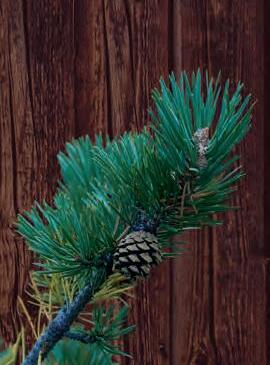













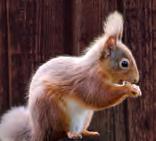





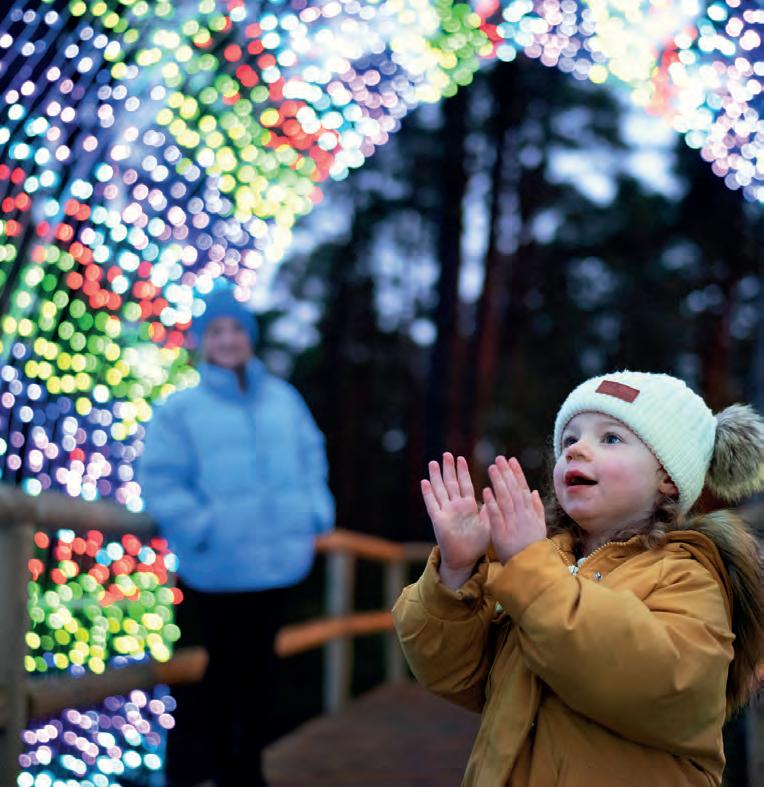
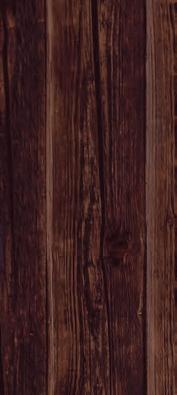
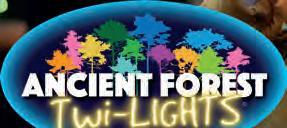

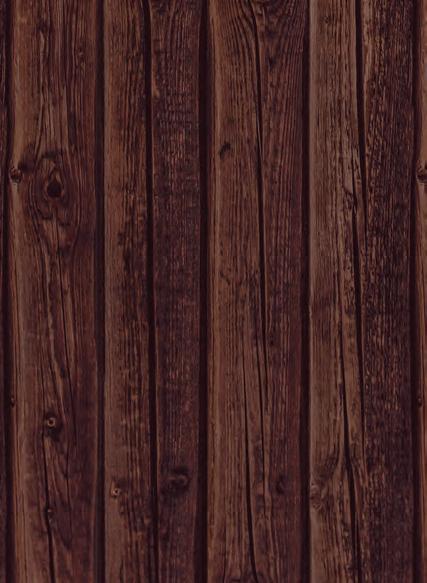



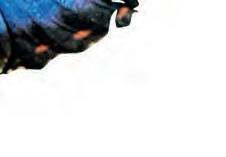



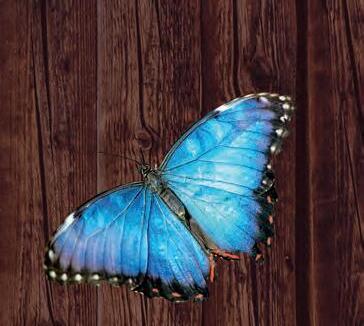
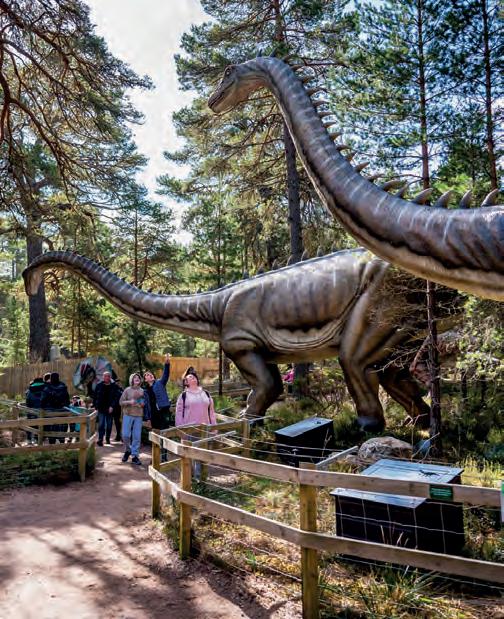

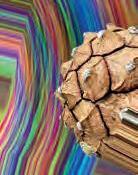
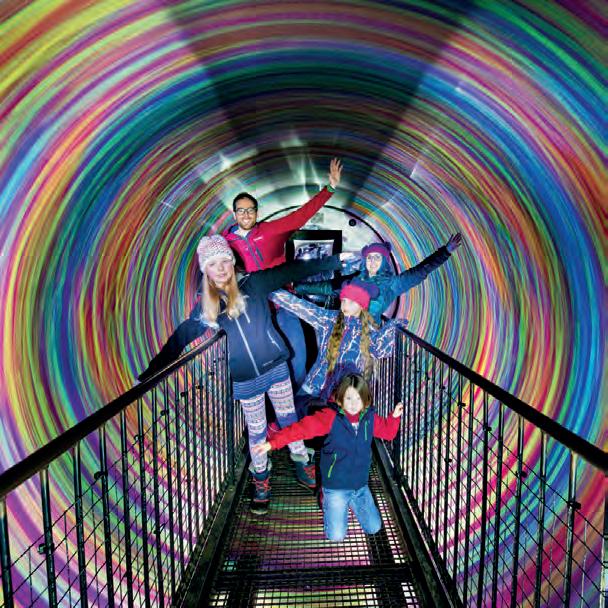
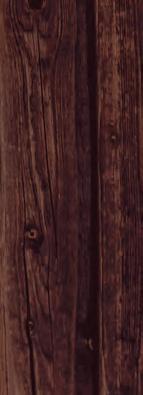
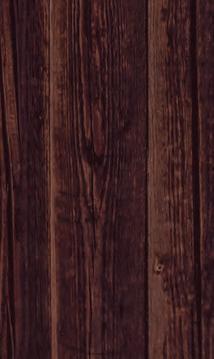



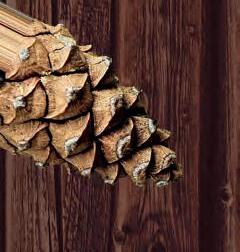
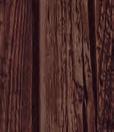

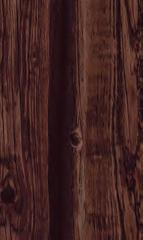

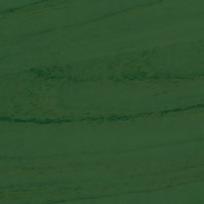


you visited our amazing i' new visitor learning facilities?
We are very proud of the transformed visitor experience that opened at Highland Wildlife Park this summer, with three brand-new buildings that help us deliver our vision of a world where nature is protected, valued and loved.
• A' Chaonnag, the Learning Hive, is named after our hope for the space to be a hive of learning, activity and collaboration.
• An Doras, the Gateway, draws on the idea of openings in nature, such as a forest clearing.
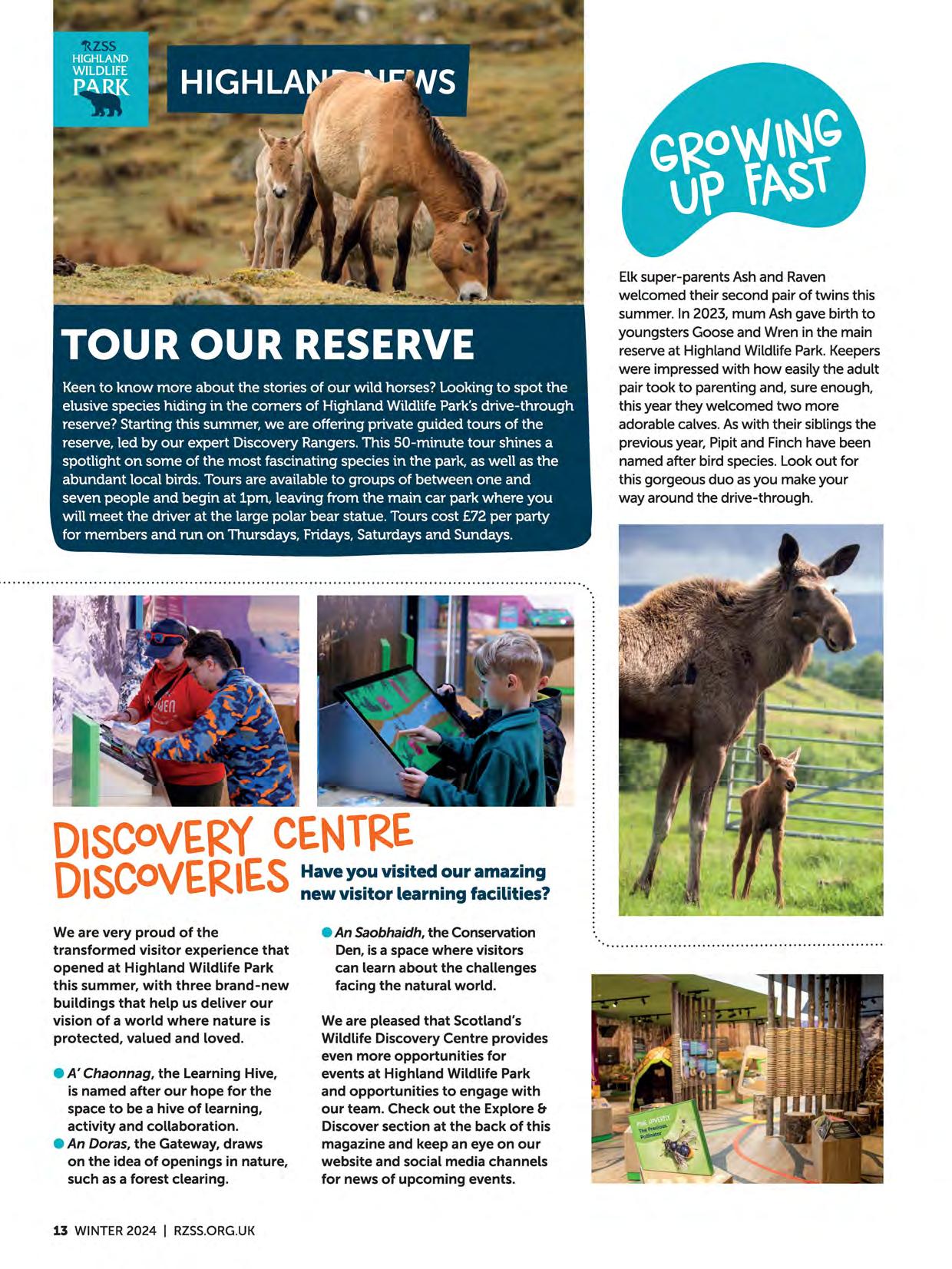
• An Saobhaidh, the Conservation Den, is a space where visitors can learn about the challenges facing the natural world.
We are pleased that Scotland's Wildlife Discovery Centre provides even more opportunities for events at Highland Wildlife Park and opportunities to engage with our team. Check out the Explore & Discover section at the back of this magazine and keep an eye on our website and social media channels for news of upcoming events.
Elk super-parents Ash and Raven welcomed their second pair of twins this summer. In 2023, mum Ash gave birth to youngsters Goose and Wren in the main reserve at Highland Wildlife Park. Keepers were impressed with how easily the adult pair took to parenting and, sure enough, this year they welcomed two more adorable calves. As with their siblings the previous year, Pipit and Finch have been named after bird species. Look out for this gorgeous duo as you make your way around the drive-through.
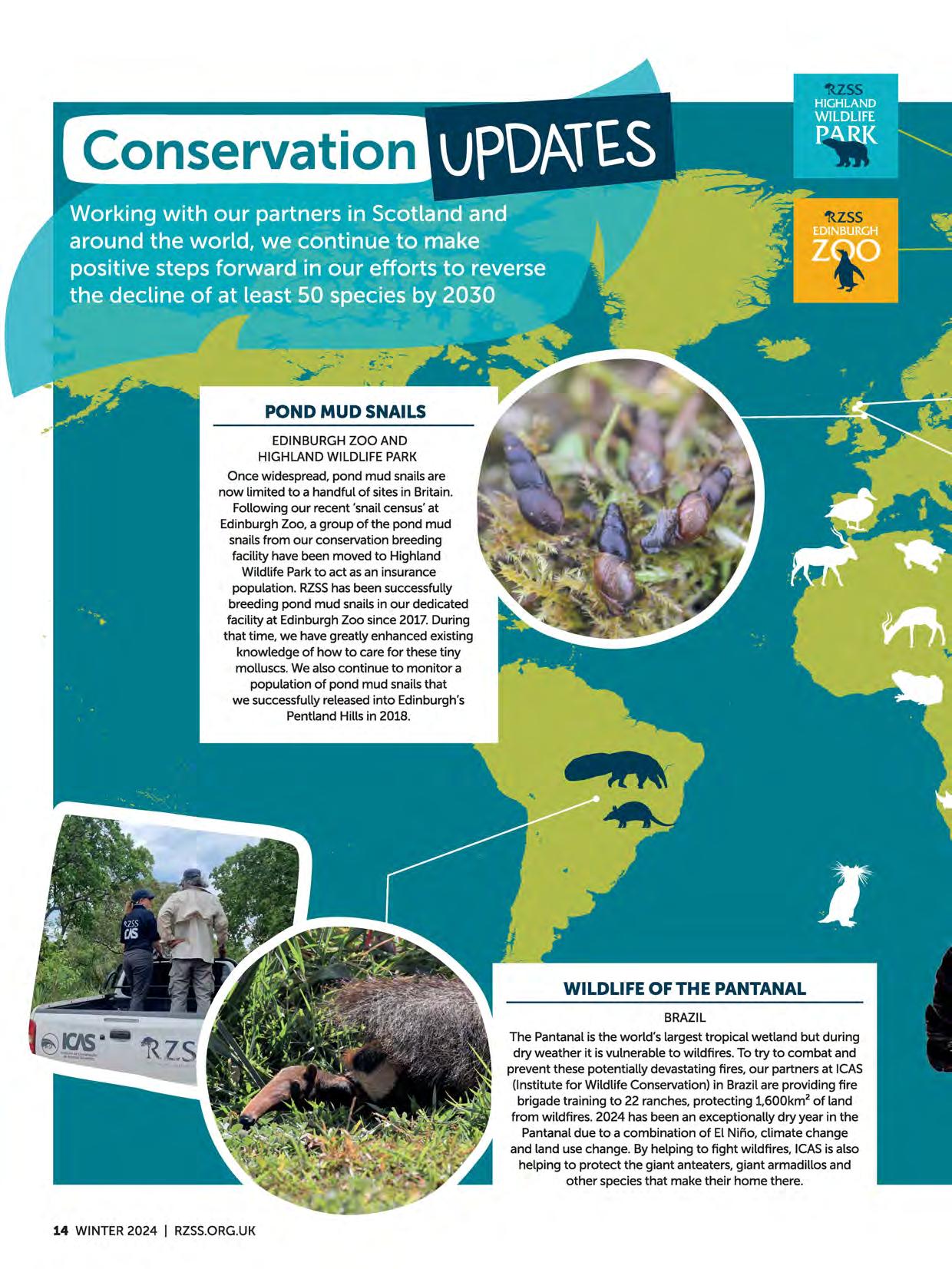
EDINBURGH ZOO AND HIGHLAND WILDLIFE PARK
Once widespread, pond mud snails are now limited to a handful of sites in Britain. Following our recent 'snail census' at Edinburgh Zoo, a group of the pond mud snails from our conservation breeding facility have been moved to Highland Wildlife Park to act as an insurance population. RZSShas been successfully breeding pond mud snails in our dedicated facility at Edinburgh Zoo since 2017. During that time, we have greatly enhanced existing knowledge of how to care for these tiny molluscs. We also continue to monitor a population of pond mud snails that we successfully released into Edinburgh's Pentland Hills in 2018.
The Pantanal is the world's largest tropical wetland but during dry weather it is vulnerable to wildfires. To try to combat and prevent these potentially devastating fires, our partners at ICAS (Institute for Wildlife Conservation) in Brazil are providing fire brigade training to 22 ranches, protecting 1,600km 2 of land from wildfires. 2024 has been an exceptionally dry year in the Pantanal due to a combination of El Nifio, climate change and land use change. By helping to fight wildfires, ICAS is also helping to protect the giant anteaters, giant armadillos and other species that make their home there.
The RZSSteam working with medicinal leeches at Highland Wildlife Park have observed the first egg cocoons since the leeches were brought into our dedicated breeding facility. The cocoons, created using the leeches' own slime, protect their tiny and vulnerable eggs. Medicinal leech populations have dramatically declined across Europe and particularly in the UK due to overharvesting of leeches for medical purposes, habitat loss and pollution. They are currently found in just three locations in Scotland. In a partnership with Buglife as part of the Species on the Edge initiative, we aim to breed enough leeches to start new wild populations.
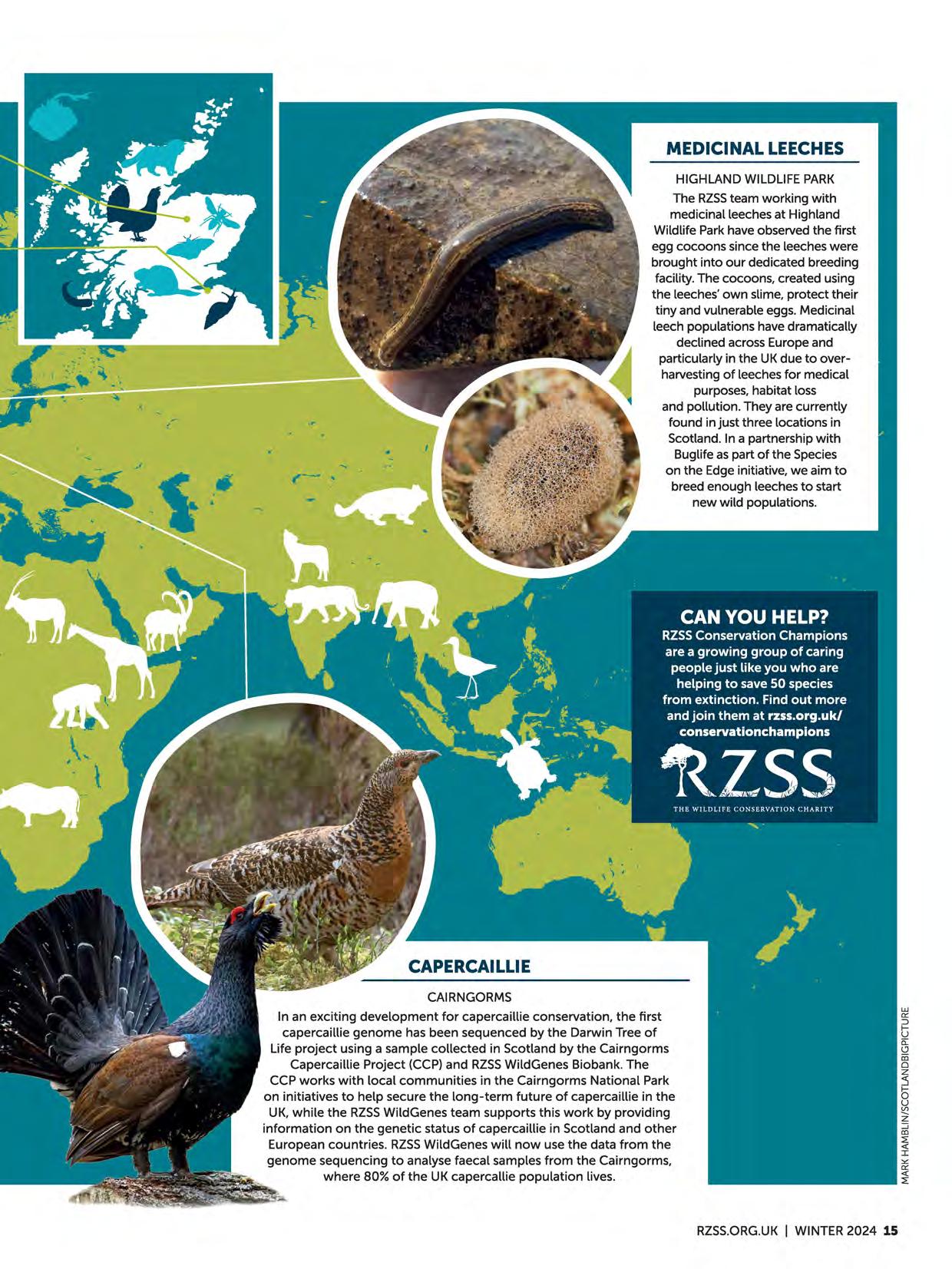
In an exciting development for capercaillie conservation, the first capercaillie genome has been sequenced by the Darwin Tree of Life project using a sample collected in Scotland by the Cairngorms Capercaillie Project (CCP) and RZSSWildGenes Biobank. The CCP works with local communities in the Cairngorms National Park on initiatives to help secure the long-term future of capercaillie in the UK, while the RZSSWildGenes team supports this work by providing information on the genetic status of capercaillie in Scotland and other European countries. RZSSWildGenes will now use the data from the genome sequencing to analyse faecal samples from the Cairngorms, where 80% of the UK capercallie population lives.
Callicebuscupreus
Where to see them:..,..,l'l-al' .....,l,C"l--.
These monogamous monkeys mate for life once they've found their perfect partner. Tail twining is an important social behaviour that these primates display when bonded. They spend large parts of the day sleeping together with their intertwined -much like how we humans hold hands!
Giraffa camelopardaliscamelopardalis
Where to see them:.__,......,_...,.._,..._.,..
Although not technically horns, the world's tallest mammal is born with small cartilage-filled cores in their head called • Upon sexual maturity, these giraffes' ossicones are comprised completely of bone, with males using them in battle. See them on Edinburgh Zoo's bachelors, Ronnie, Arrow, Gerald, Fennessy and Gilbert.
Cervus elaphus bactrianus
Where to see them:
These relatives of red deer and American elk are native to central Asia. Only males have antlers. Covered in a velvet-like skin, horns are shed and regrown yearly. Typically, Bukhara deer possess four branches on their and only gain more as they age.
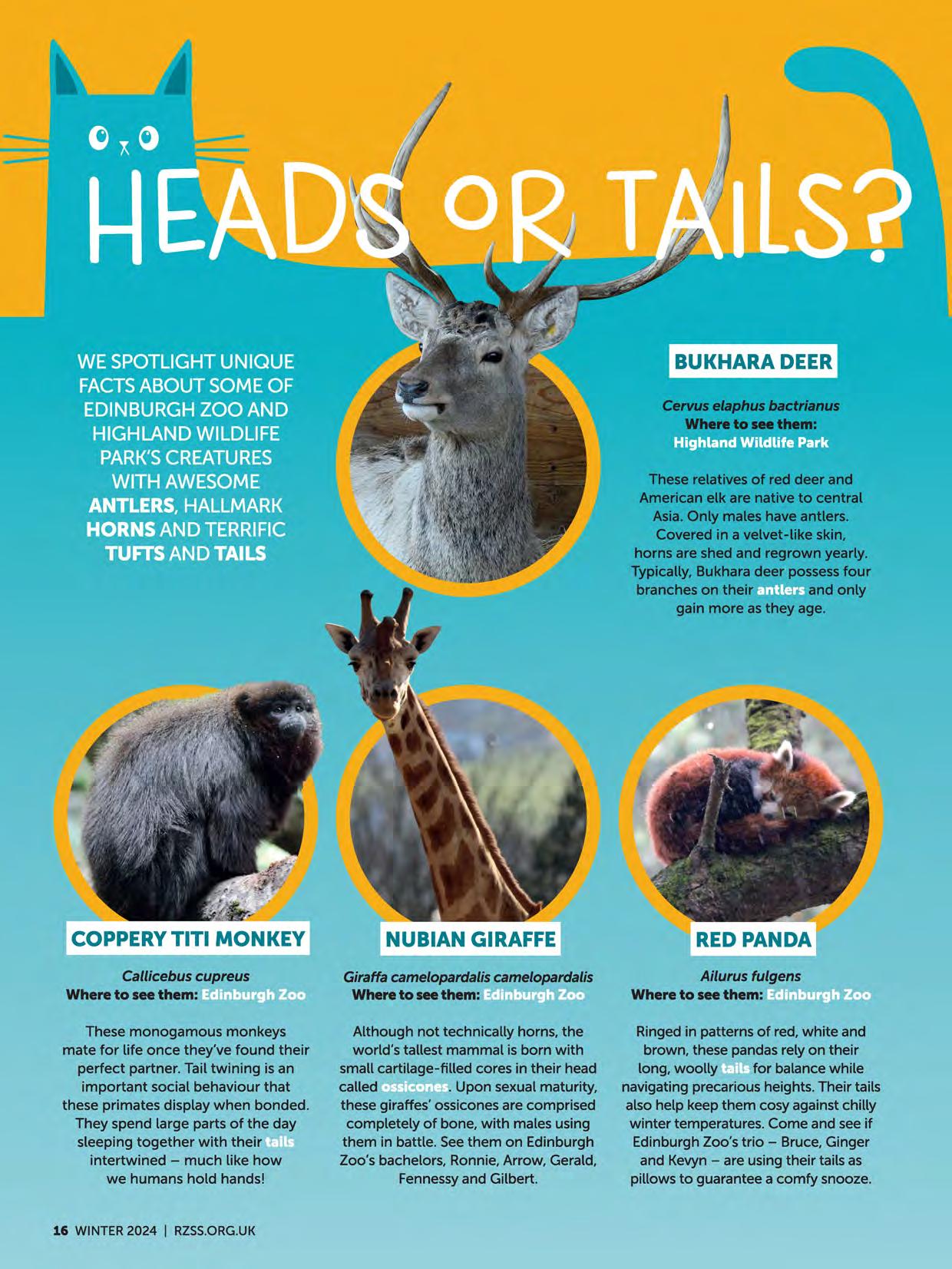
Ailurus fulgens
Where to see them:..,..,R-1 ......,1,C"l
Ringed in patterns of red, white and brown, these pandas rely on their long, woolly for balance while navigating precarious heights. Their tails also help keep them cosy against chilly winter temperatures. Come and see if Edinburgh Zoo's trio -Bruce, Ginger and Kevyn -are using their tails as pillows to guarantee a comfy snooze.
Casuarius casuarius
Where to see them:
Our cassowaries, Billy and Sydney, have distinctive horn-like features at the top of their heads called ___ .___ _ These distinctive-looking birds like to run with their heads down while using their casques to charge through dense vegetation. In fact, the word 'Cassowary' originates from the words 'horned head' in the Papuan language.
Capra falconeri heptneri
Where to see them:
The largest of the wild goat species boast spectacular spiral , which have earned this central Asian animal the nickname screw-horn goat. The horns can grow to 60cm in females and 160cm in males. There are five Turkmenian markhor at Edinburgh Zoo -Bud, Basil, Bramble, Heather and Daisy -and there's a larger herd at Highland Wildlife Park.
Rhinoceros unicornis
Where to see them:._._•
Also called Indian rhinos, they're the largest of their species. Their characteristic • can weigh up to 3kg and grow to an impressive 61cm in length. These mighty creatures -including Edinburgh Zoo's Qabid, who moved in 2018 from Belgium's Planckendael Zoo -use them as tools to forage for food and root. And if they break, their horns grow back.
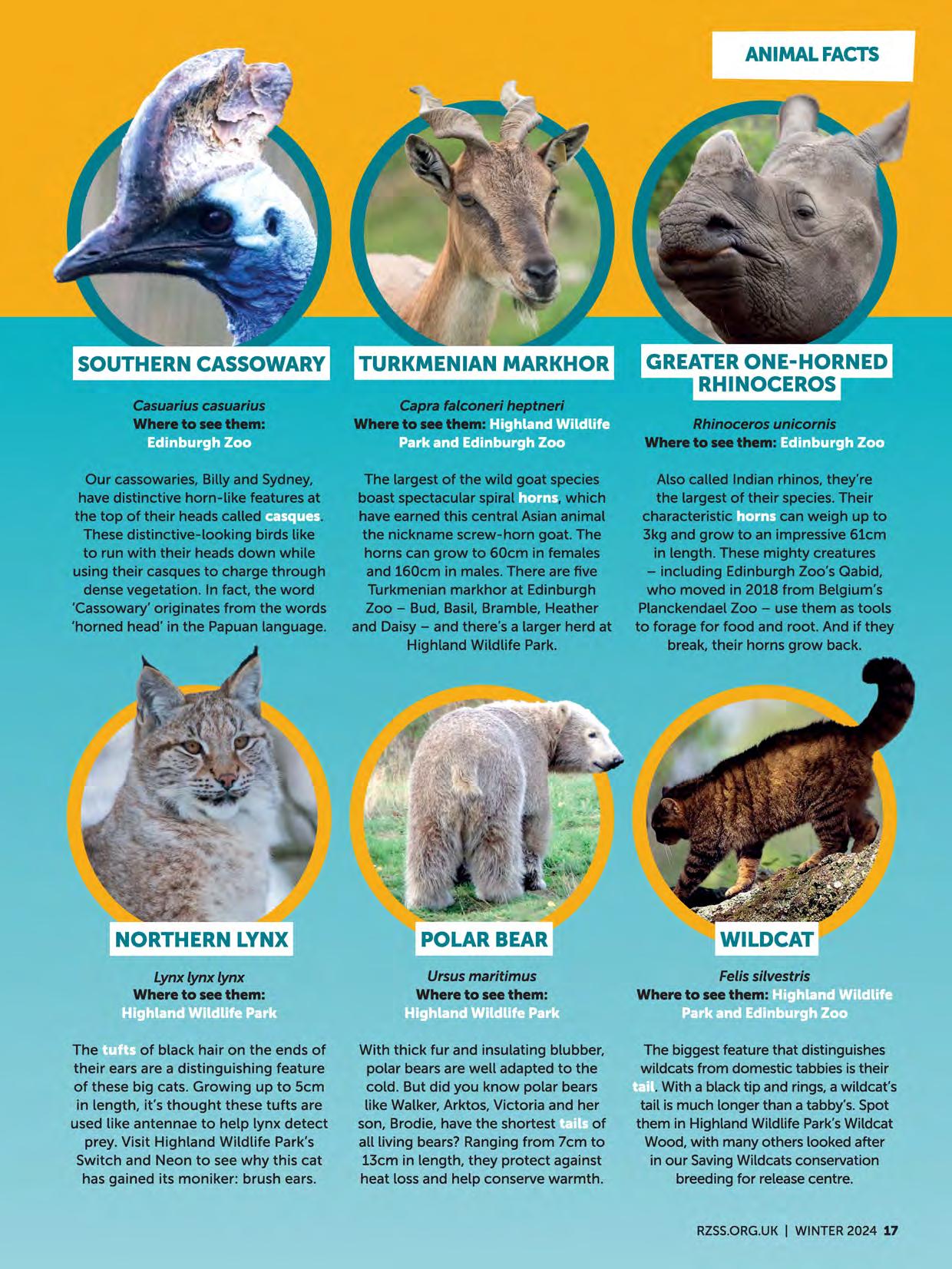
Lynx lynx lynx
Where to see them:
The of black hair on the ends of their ears are a distinguishing feature of these big cats. Growing up to 5cm in length, it's thought these tufts are used like antennae to help lynx detect prey. Visit Highland Wildlife Park's Switch and Neon to see why this cat has gained its moniker: brush ears.
Ursus maritimus
Where to see them:
With thick fur and insulating blubber, polar bears are well adapted to the cold. But did you know polar bears like Walker, Arktos, Victoria and her son, Brodie, have the shortest of all living bears? Ranging from 7cm to 13cm in length, they protect against heat loss and help conserve warmth.
The biggest feature that distinguishes wildcats from domestic tabbies is their With a black tip and rings, a wildcat's tail is much longer than a tabby's. Spot them in Highland Wildlife Park's Wildcat Wood, with many others looked after in our Saving Wildcats conservation breeding for release centre.
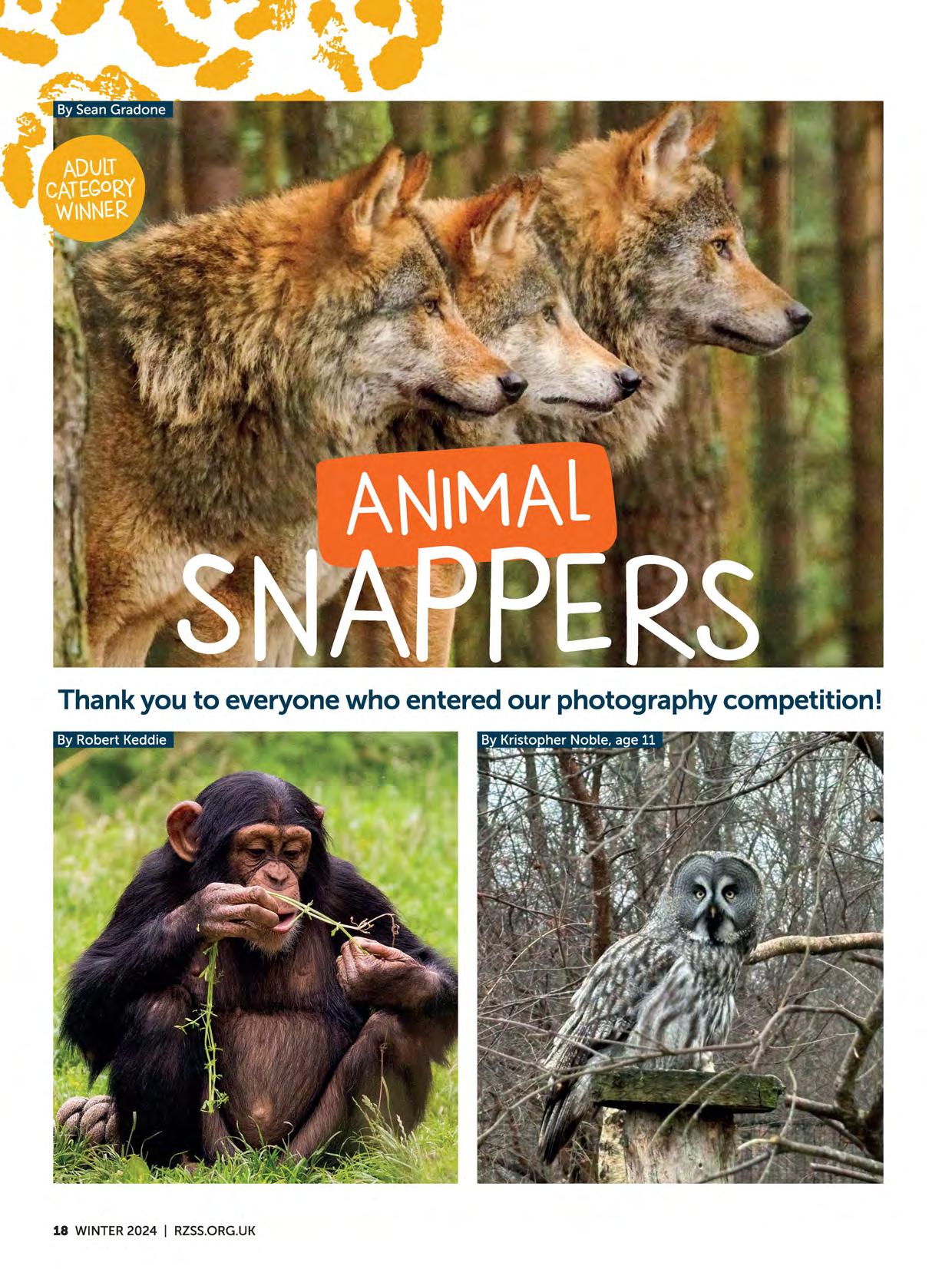
Thank you to everyone who entered our photography competition!
Earlier this year, we announced our new animal photography competition for RZSSmembers. And wow, we had an amazing response! It was wonderful to discover how inspired you've been by the animals at Edinburgh Zoo and Highland Wildlife Park and to see your beautiful photographs.
We were honoured that Scotland's leading natural heritage photographer, Laurie Campbell, joined our judging panel, along with representatives of RZSSand art director Matthew Ball from Think, the agency that publishes our member magazine. Eventually, from more than 100 entries, we selected two winners -one in the adult category and one in the junior category -as well as 11 runners-up.
Congratulations to all our winners and thank you to everyone who entered. We really did love looking through your fantastic photographs. We'll launch next year's competition in the spring, so keep on snapping!
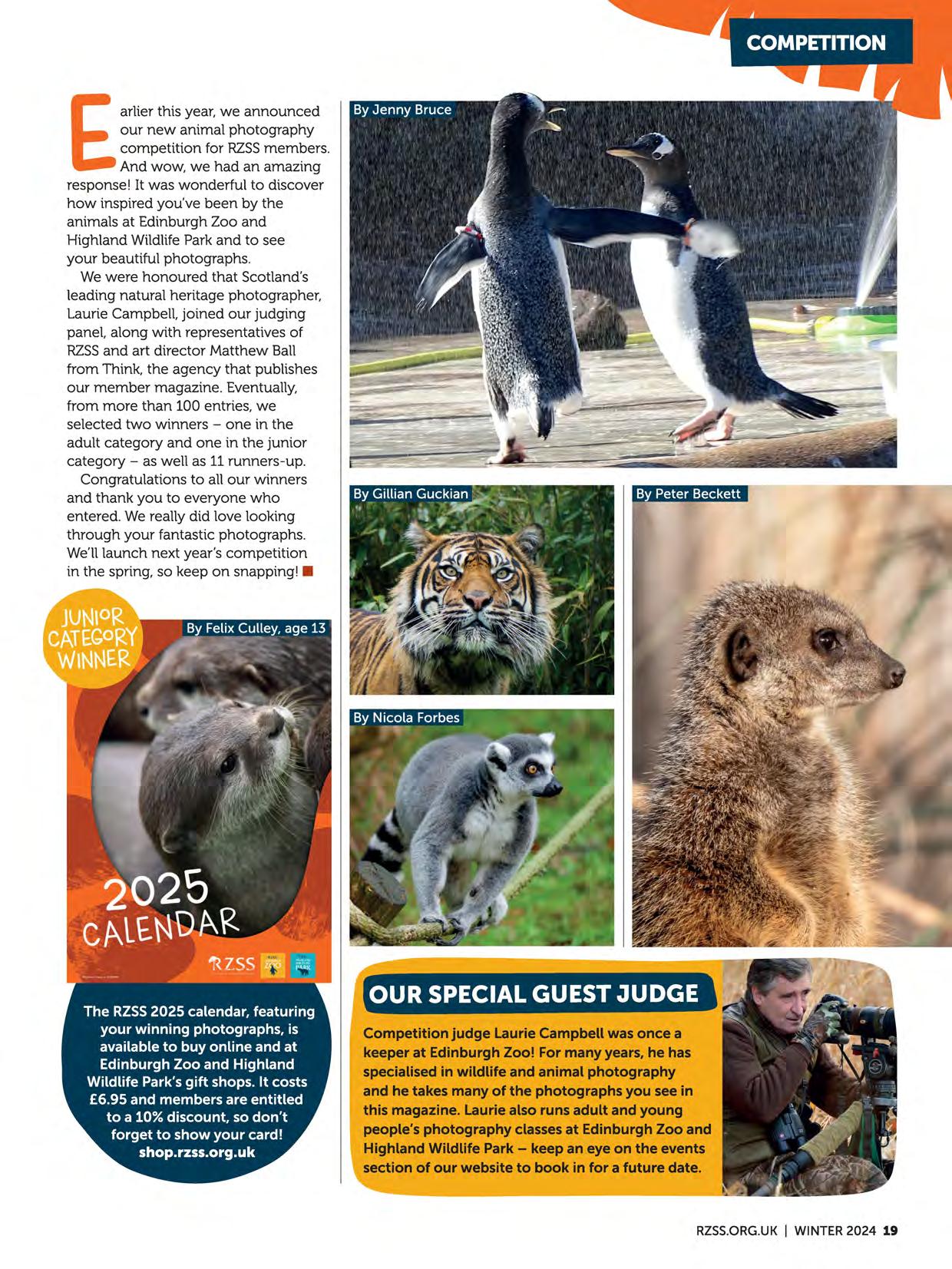
Competition judge Laurie Campbell was once a keeper at Edinburgh Zoo! For many years, he has specialised in wildlife and animal photography and he takes many of the photographs you see in this magazine. Laurie also runs adult and young people's photography classes at Edinburgh Zoo and Highland Wildlife Park -keep an eye on the events section of our website to book in for a future date.
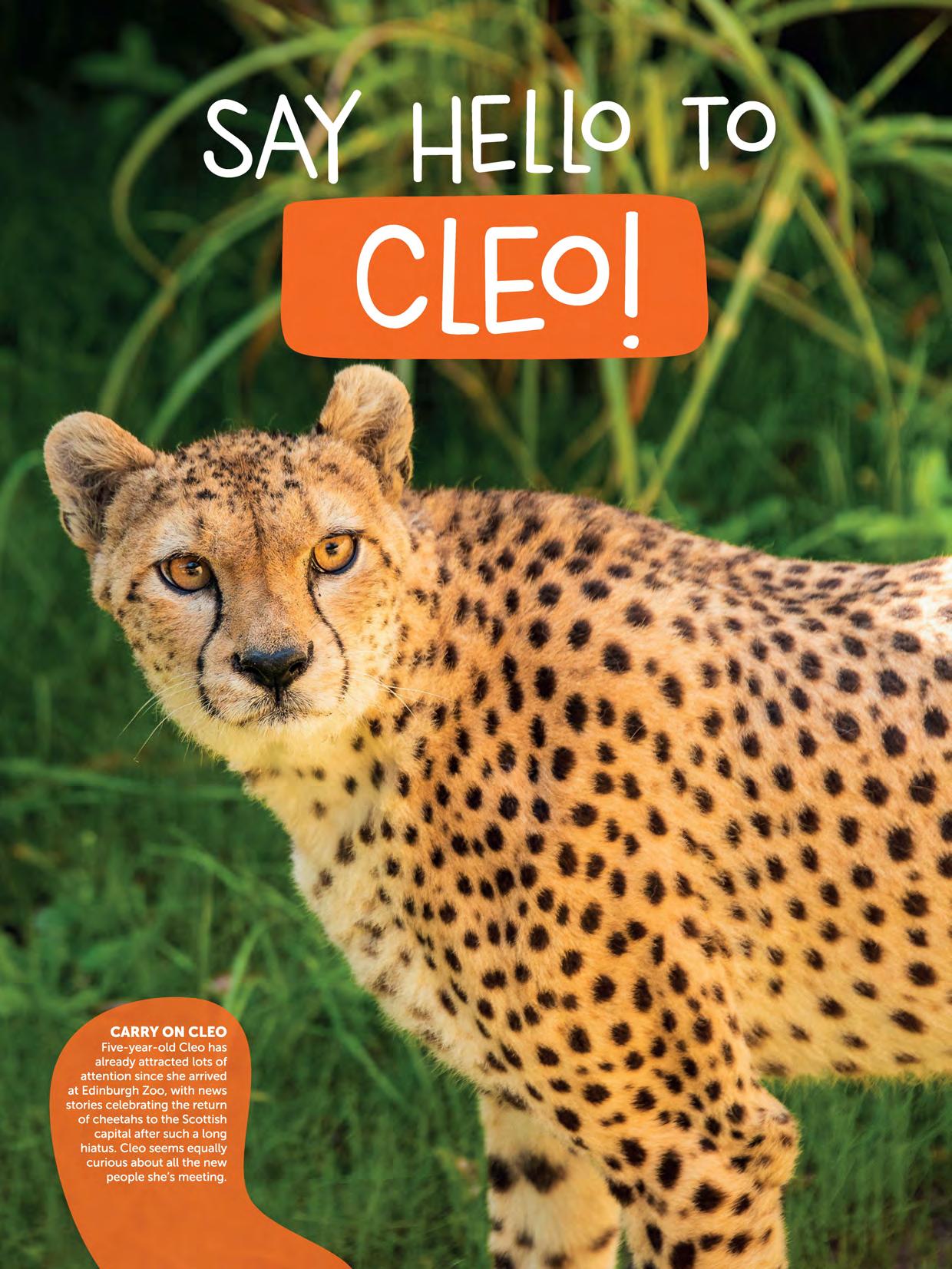
Writer Jonny McIntosh discovers how Edinburgh Zoo's first cheetah in 24 years is settling into her new life in Scotland
0n 1 August this year, Cleo the cheetah arrived at Edinburgh Zoo from Fata WildlifePark in County Cork, Ireland. Since then, Edinburgh Zoo's carnivore team leader, Alison Maclean, has been helping the beautiful five-year-old Northeastern cheetah settle into the rhythms and rituals of life at the zoo.
Alison is the perfect person for the job! Not only did she help care for cheetahs at the old Glasgow Zoo earlier in her career, but she's also looked after Edinburgh Zoo's other big cats ever since she joined the team here back in 1996.
"Ifirst met Cleo when I visited her and her keepers at Fata WildlifePark in June this year. I had a page of questions for the keepers so that I could learn how looking after cheetahs has changed since I last did it," recalls Alison.
"It was great spending time with them because I got to learn all about Cleo's quirks and what she does and doesn't like. This insider information helped us set things up at Edinburgh Zoo to make Cleo as comfortable as possible, as quickly as possible."
Settling in
Found in small but fragmented populations in Ethiopia, Uganda and South Sudan, Northeastern cheetahs are known for being naturally shy, reserved cats and they can become agitated by changes in their environment. So to begin with, Alison and the team worked to make Cleo's schedule as routine as possible. They also gathered information from Fata Wildlife Park to set up Cleo's new enclosure, near the entrance to Edinburgh Zoo, filling it with things that would make Cleo feel at home.
"Understandably, Cleo was a bit nervous when she arrived and relied on her transport box as her safe place. We put this in the enclosure and gave Cleo the time and space to leave it and navigate her new surroundings at her own pace. Having everything she likes in place has worked to keep Cleo calm as she's adjusted," says Alison.
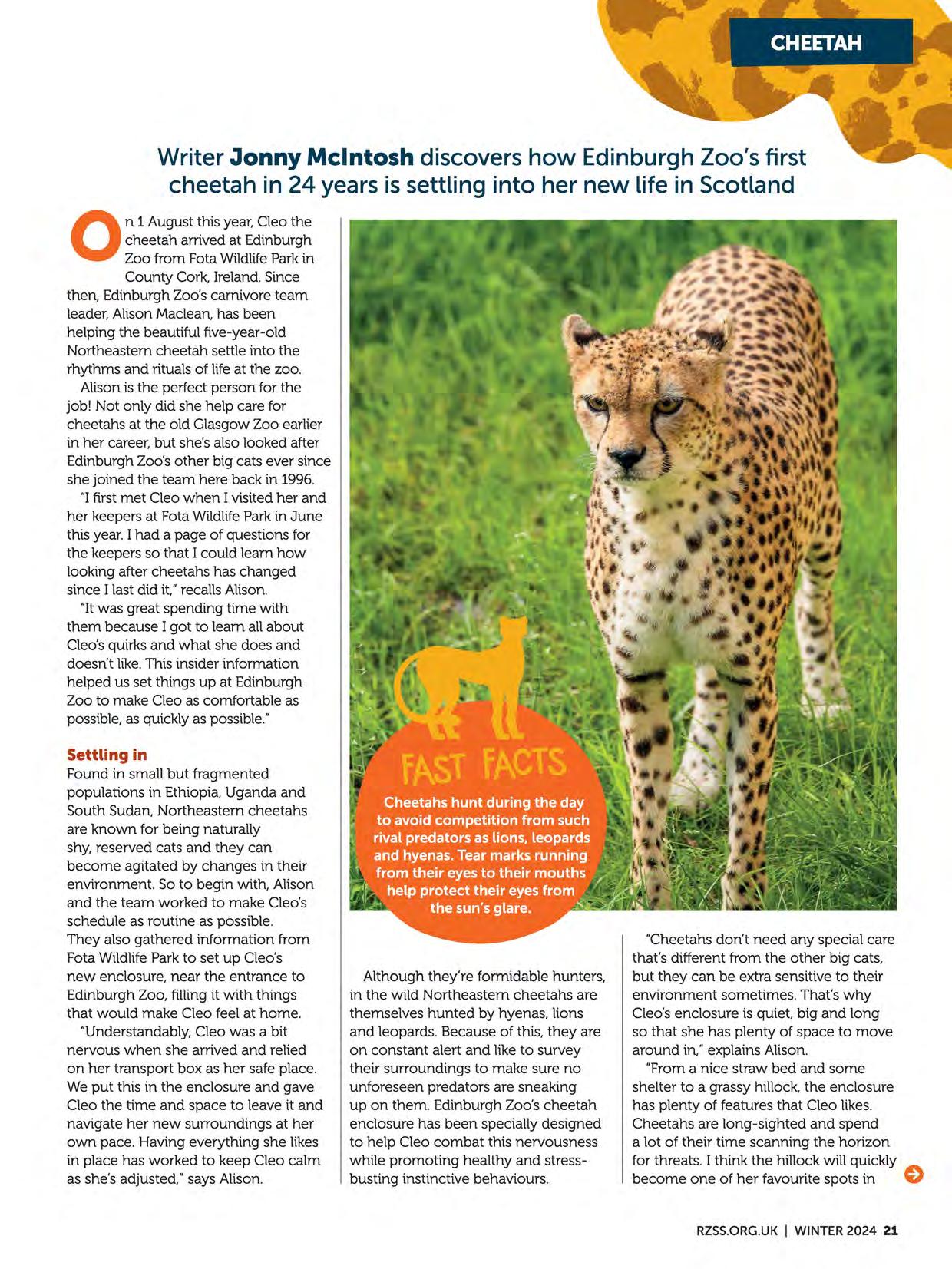
Although they're formidable hunters, in the wild Northeastern cheetahs are themselves hunted by hyenas, lions and leopards. Because of this, they are on constant alert and like to survey their surroundings to make sure no unforeseen predators are sneaking up on them. Edinburgh Zoo's cheetah enclosure has been specially designed to help Cleo combat this nervousness while promoting healthy and stressbusting instinctive behaviours.
"Cheetahs don't need any special care that's different from the other big cats, but they can be extra sensitive to their environment sometimes. That's why Cleo's enclosure is quiet, big and long so that she has plenty of space to move around in," explains Alison.
"From a nice straw bed and some shelter to a grassy hillock, the enclosure has plenty of features that Cleo likes. Cheetahs are long-sighted and spend a lot of their time scanning the horizon for threats. I think the hillock will quickly become one of her favourite spots in 0
the enclosure as it'll let Cleo see what's going on around her. It'll be interesting to find out what catches her eye!"
Cheetahs are natural born runners and can reach up to a blistering 64mph in three seconds with strides of 6-7m long -making them the world's fastest land animal over short distances. They rely on their long, flat tails to control their steering and balance while using their sem-retractable claws to provide extra traction when at top speeds.
"Cleo loves running, so we've got plenty of enrichment activities centred around this pursuit," adds Alison. "For example, if Cleo's expecting a feed at the top of her enclosure, we'll get her to run to it from the bottom to keep her active and to encourage her to show off her speed."
Building a close relationship with Cleo will take plenty of time and patience from her keepers. But having
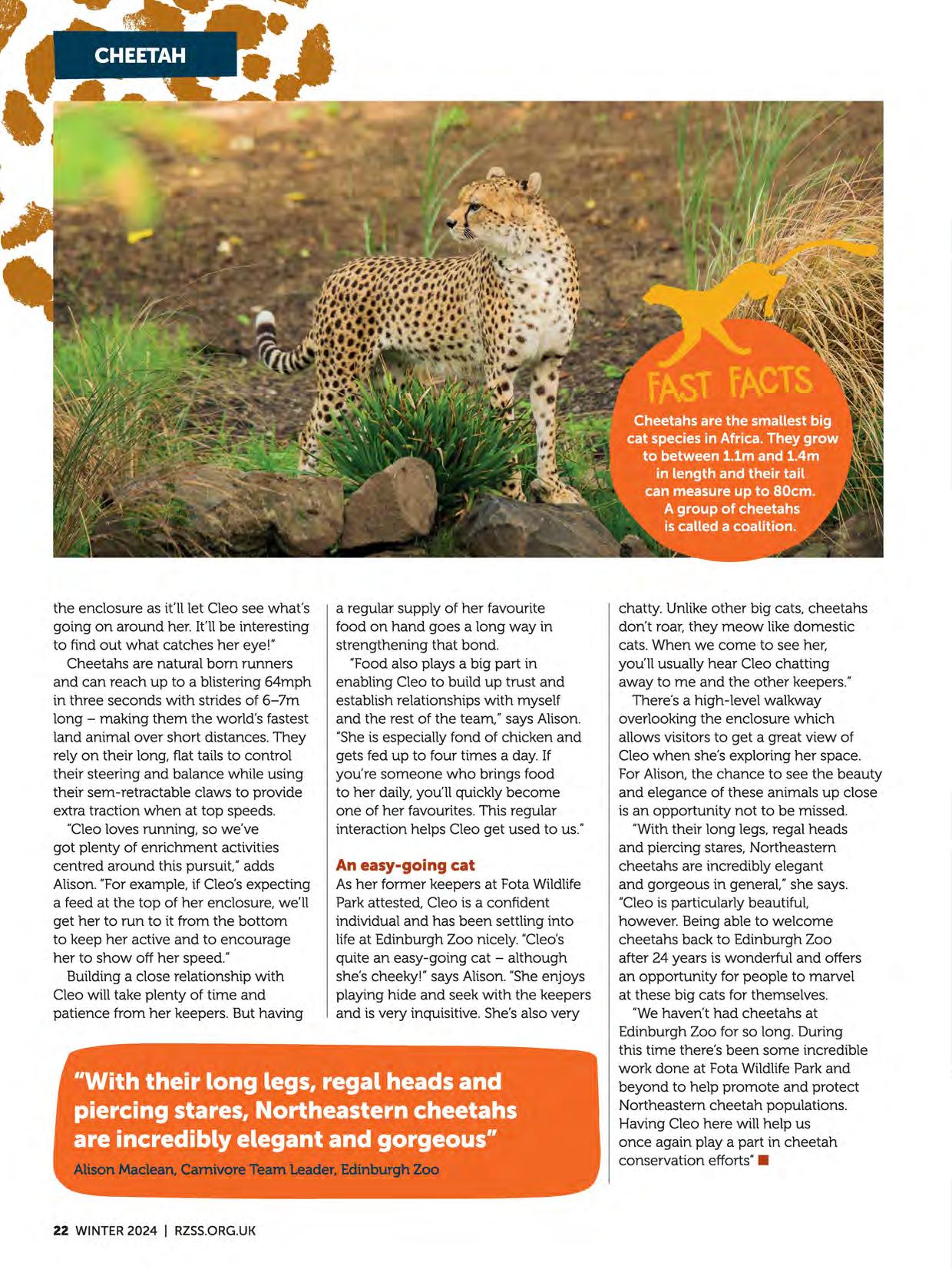
a regular supply of her favourite food on hand goes a long way in strengthening that bond.
"Food also plays a big part in enabling Cleo to build up trust and establish relationships with myself and the rest of the team," says Alison. "She is especially fond of chicken and gets fed up to four times a day. If you're someone who brings food to her daily, you'll quickly become one of her favourites. This regular interaction helps Cleo get used to us."
As her former keepers at Fota Wildlife Park attested, Cleo is a confident individual and has been settling into life at Edinburgh Zoo nicely. "Cleo's quite an easy-going cat -although she's cheeky!" says Alison. "She enjoys playing hide and seek with the keepers and is very inquisitive. She's also very
chatty. Unlike other big cats, cheetahs don't roar, they meow like domestic cats. When we come to see her, you'll usually hear Cleo chatting away to me and the other keepers."
There's a high-level walkway overlooking the enclosure which allows visitors to get a great view of Cleo when she's exploring her space. For Alison, the chance to see the beauty and elegance of these animals up close is an opportunity not to be missed.
"With their long legs, regal heads and piercing stares, Northeastern cheetahs are incredibly elegant and gorgeous in general," she says.
"Cleo is particularly beautiful, however. Being able to welcome cheetahs back to Edinburgh Zoo after 24 years is wonderful and offers an opportunity for people to marvel at these big cats for themselves.
"We haven't had cheetahs at Edinburgh Zoo for so long. During this time there's been some incredible work done at Fota Wildlife Park and beyond to help promote and protect Northeastern cheetah populations. Having Cleo here will help us once again play a part in cheetah conservation efforts"
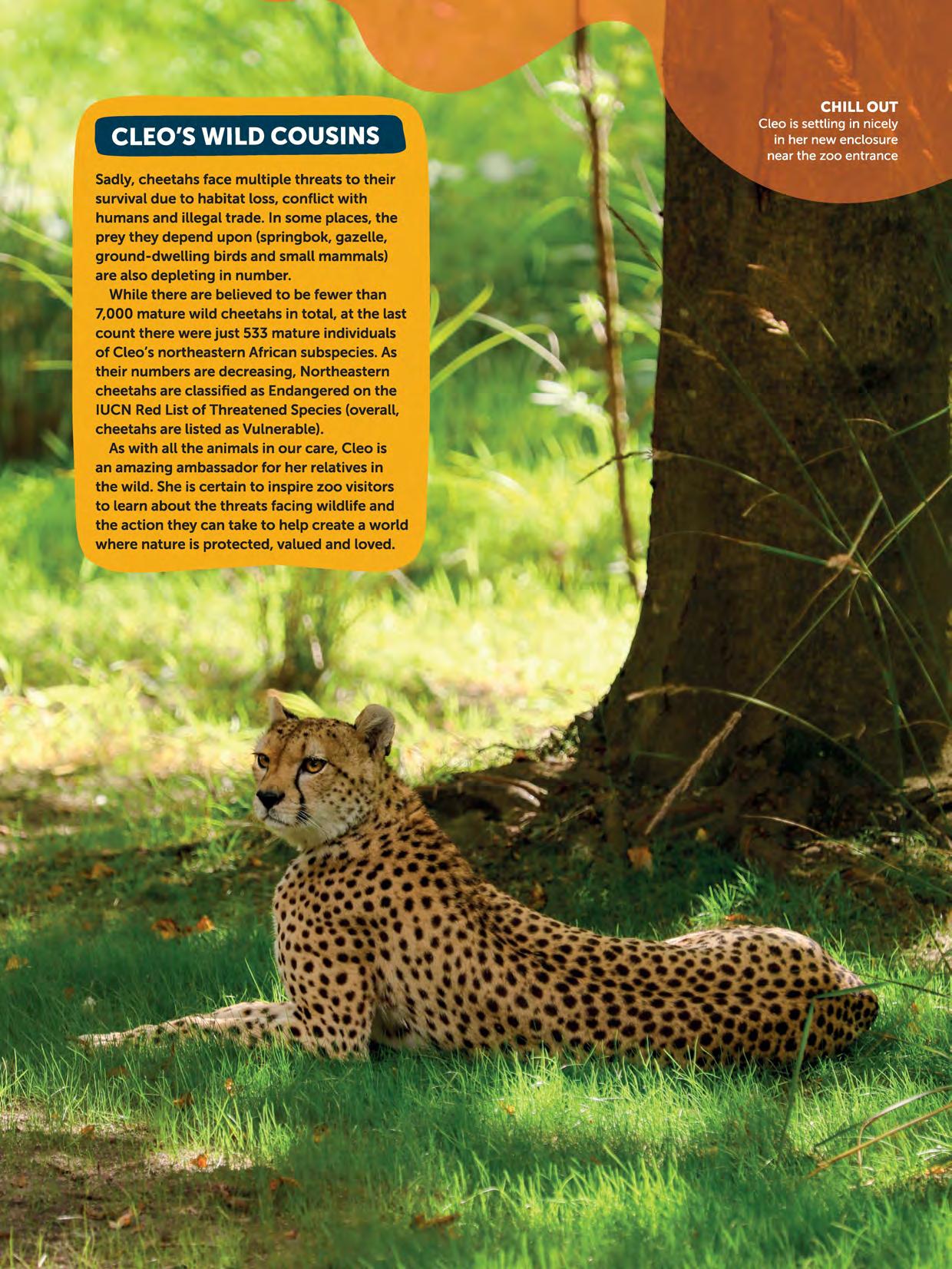
Sadly, cheetahs face multiple threats to their survival due to habitat loss, conflict with humans and illegal trade. In some places, the prey they depend upon (springbok, gazelle, ground-dwelling birds and small mammals) are also depleting in number.
While there are believed to be fewer than 7,000 mature wild cheetahs in total, at the last count there were just 533 mature individuals of Cleo's northeastern African subspecies. As their numbers are decreasing, Northeastern cheetahs are classified as Endangered on the IUCN Red List of Threatened Species (overall, cheetahs are listed as Vulnerable).
As with all the animals in our care, Cleo is an amazing ambassador for her relatives in the wild. She is certain to inspire zoo visitors to learn about the threats facing wildlife and the action they can take to help create a world where nature is protected, valued and loved.
Journalist Jonathan McIntosh discovers what mischief this lovable youngster gets up to at Highland Wildlife Park
l-lighland Wildlife Park carnivore keeper Liberty Shilton worked with rhinos and giraffes at Port Lympne Safari Park for two years before joining RZSSin 2023. Over the last few months, she has turned her attention to caring for Brodie the polar bear -a change that's been filled with plenty of adventure.
"Brodie's so interactive and people orientated. He's everyone's favourite, but is extremely mischievous," says Liberty. "His mum, Victoria, is pushing 28. She's such a good parent, but lets him get away with murder!"
Liberty helps Victoria out by keeping Brodie occupied with toys and enrichment activities -a task that takes up about 90% of her time.
"Brodie's pond is his favourite thing in the world. He's also obsessed with any sort of ball and the old meat barrels we give him. Basically, he enjoys anything he can squash, throw or dive after into his pond," explains Liberty.
"Brodie also enjoys digging for rabbit burrows. It's not unusual to see his face covered in mud!"
It's not all play and no work for Brodie, however. Liberty helps train the young polar bear too."Highland Wildlife
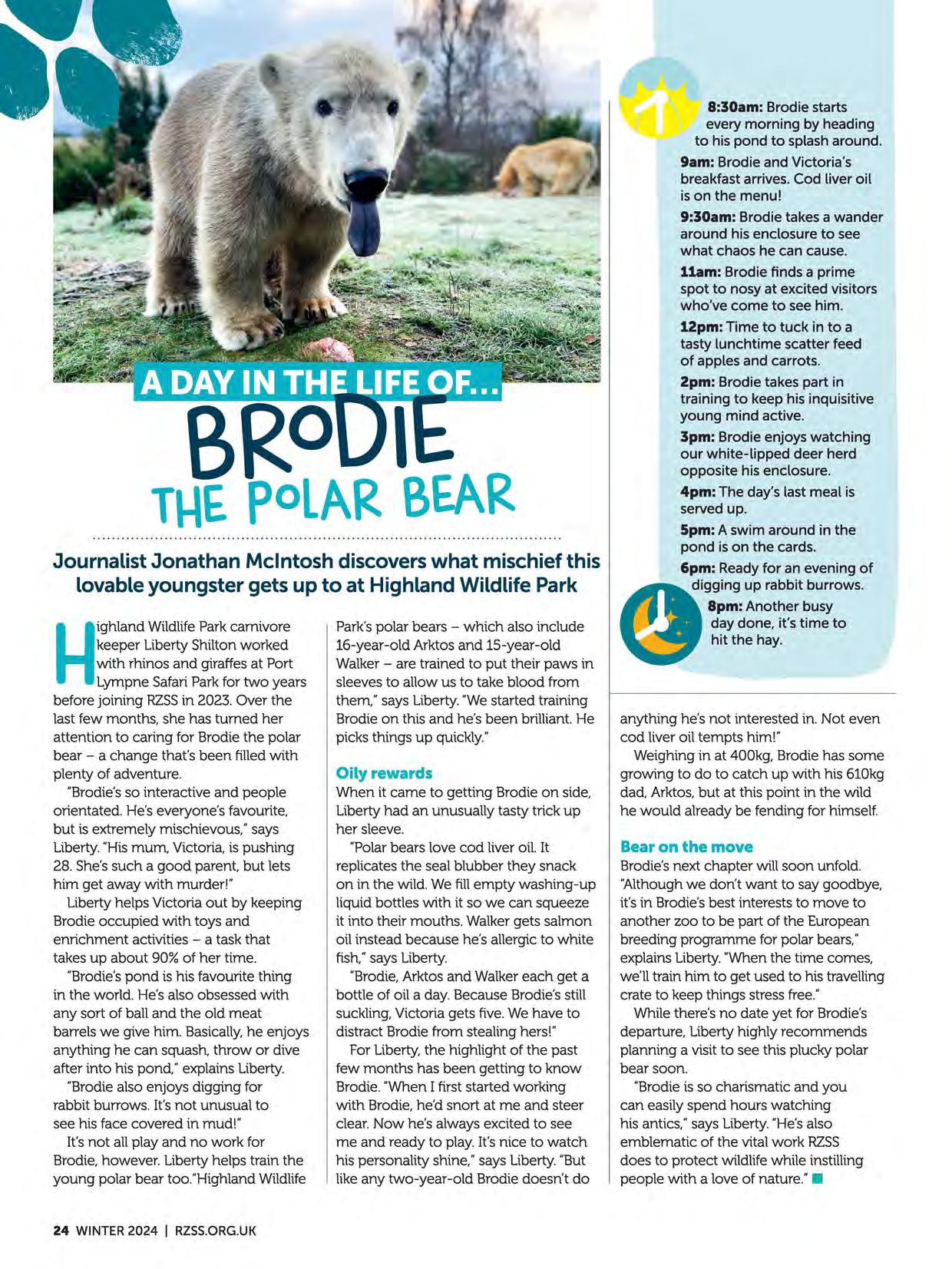
Park's polar bears -which also include 16-year-old Arktos and 15-year-old Walker -are trained to put their paws in sleeves to allow us to take blood from them," says Liberty. "We started training Brodie on this and he's been brilliant. He picks things up quickly."
When it came to getting Brodie on side, Liberty had an unusually tasty trick up her sleeve.
"Polar bears love cod liver oil. It replicates the seal blubber they snack on in the wild. We fill empty washing-up liquid bottles with it so we can squeeze it into their mouths. Walker gets salmon oil instead because he's allergic to white fish," says Liberty.
"Brodie, Arktos and Walker each get a bottle of oil a day. Because Brodie's still suckling, Victoria gets five. We have to distract Brodie from stealing hers!"
For Liberty, the highlight of the past few months has been getting to know Brodie. "When I first started working with Brodie, he'd snort at me and steer clear. Now he's always excited to see me and ready to play. It's nice to watch his personality shine," says Liberty. "But like any two-year-old Brodie doesn't do
8:30am: Brodie starts every morning by heading to his pond to splash around.
9am: Brodie and Victoria's breakfast arrives. Cod liver oil is on the menu!
9:30am: Brodie takes a wander around his enclosure to see what chaos he can cause.
11am: Brodie finds a prime spot to nosy at excited visitors who've come to see him.
12pm: Time to tuck in to a tasty lunchtime scatter feed of apples and carrots.
2pm: Brodie takes part in training to keep his inquisitive young mind active.
3pm: Brodie enjoys watching our white-lipped deer herd opposite his enclosure.
4pm: The day's last meal is served up.
5pm: A swim around in the pond is on the cards.
6pm: Ready for an evening of digging up rabbit burrows.
8pm: Another busy day done, it's time to hit the hay.
anything he's not interested in. Not even cod liver oil tempts him!"
Weighing in at 400kg, Brodie has some growing to do to catch up with his 610kg dad, Arktos, but at this point in the wild he would already be fending for himself.
Bear on the move
Brodie's next chapter will soon unfold. "Although we don't want to say goodbye, it's in Brodie's best interests to move to another zoo to be part of the European breeding programme for polar bears," explains Liberty. "When the time comes, we'll train him to get used to his travelling crate to keep things stress free."
While there's no date yet for Brodie's departure, Liberty highly recommends planning a visit to see this plucky polar bear soon.
"Brodie is so charismatic and you can easily spend hours watching his antics," says Liberty. "He's also emblematic of the vital work RZSS does to protect wildlife while instilling people with a love of nature."
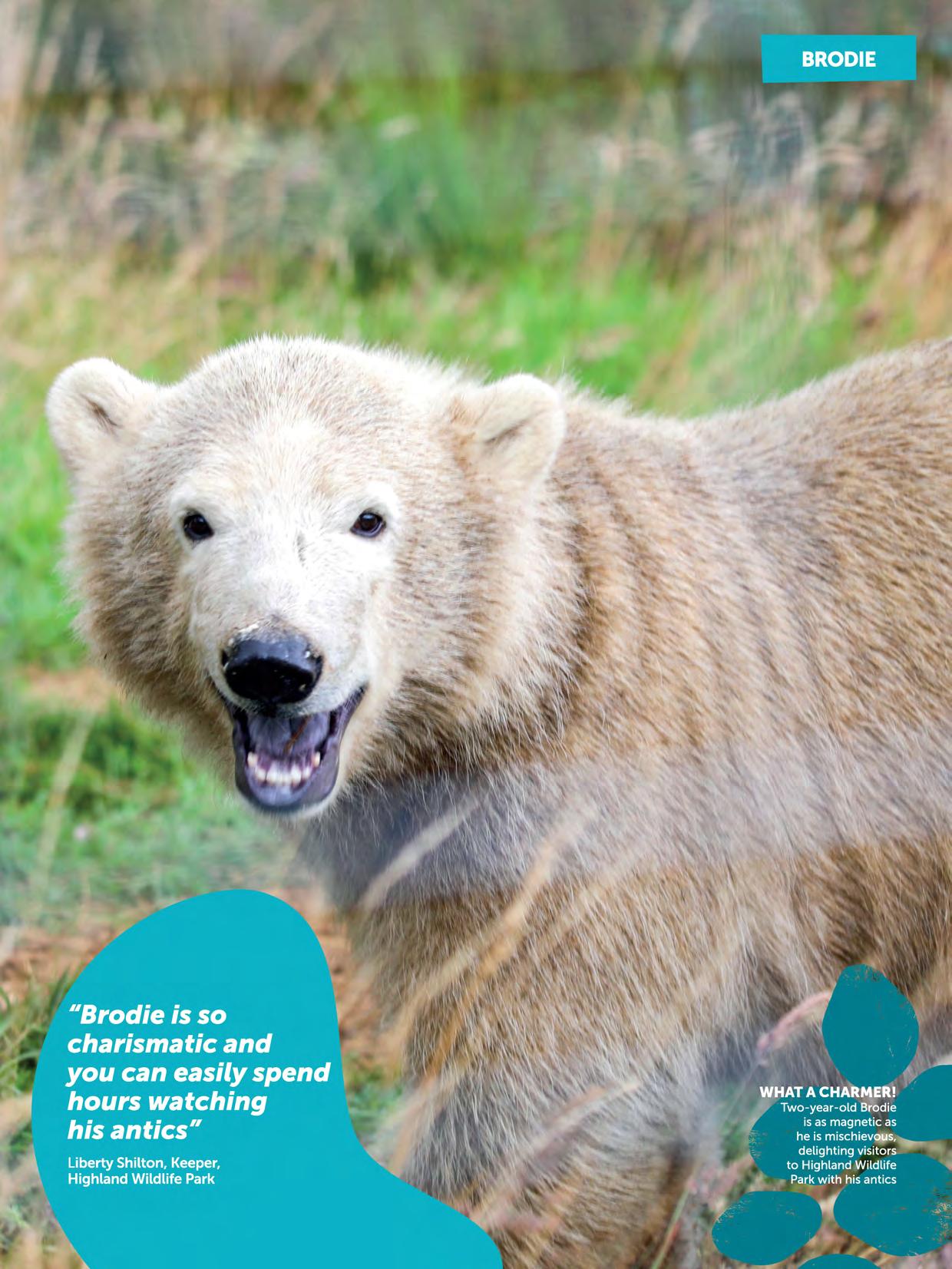
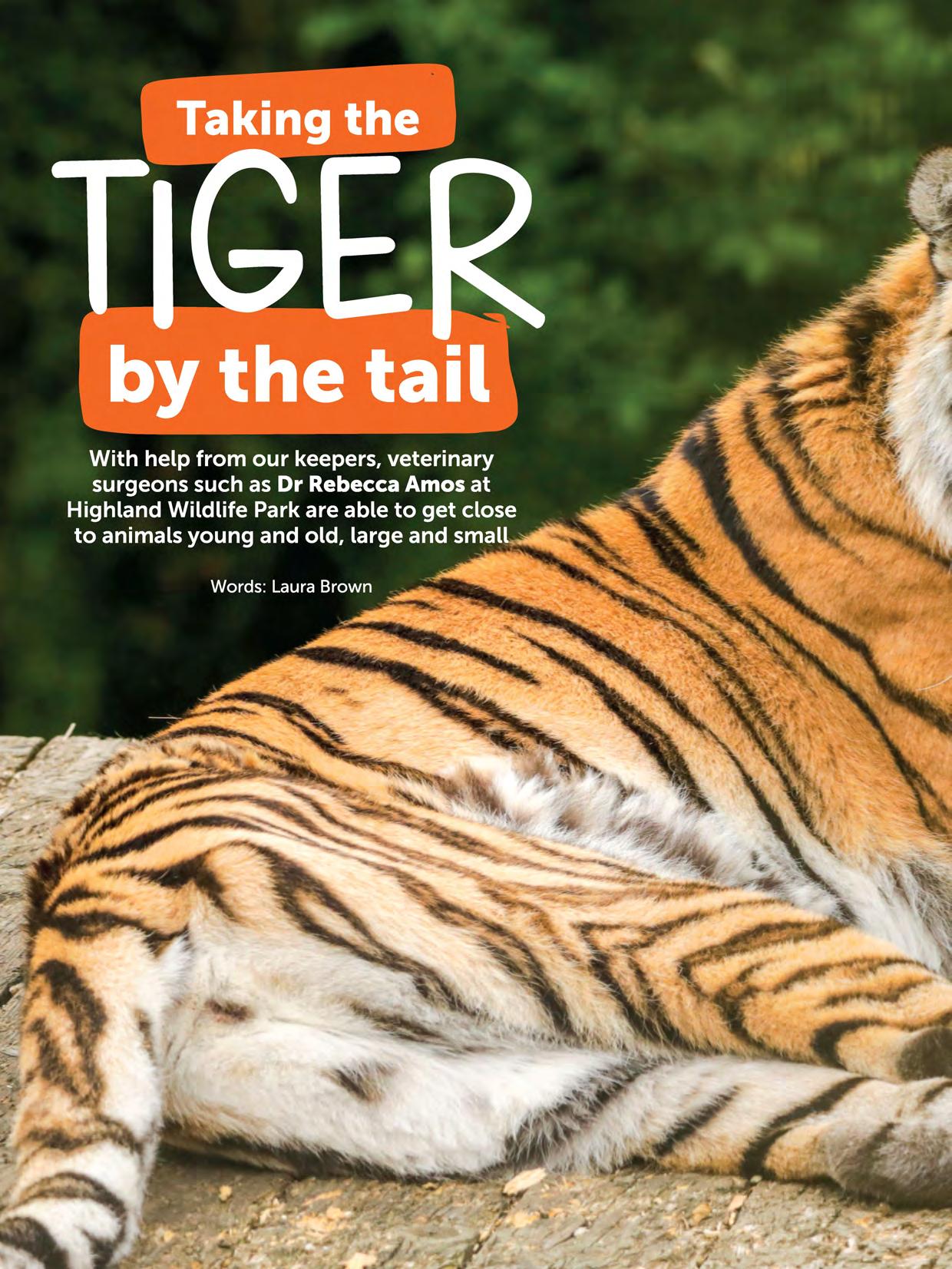
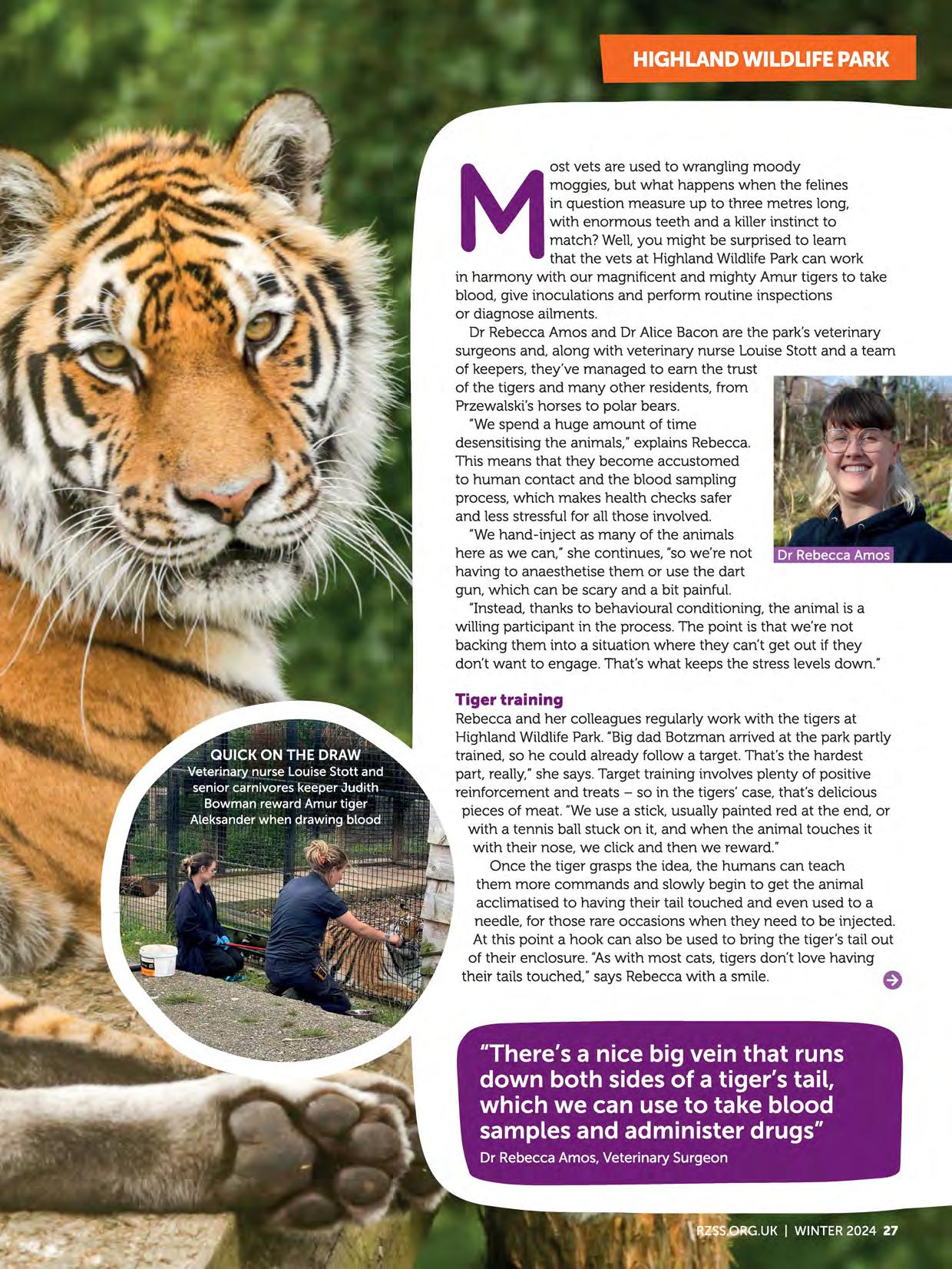
Most vets are used to wrangling moody moggies, but what happens when the felines in question measure up to three metres long, with enormous teeth and a killer instinct to match? Well, you might be surprised to learn that the vets at Highland Wildlife Park can work in harmony with our magnificent and mighty Amur tigers to take blood, give inoculations and perform routine inspections or diagnose ailments.
Dr Rebecca Amos and Dr Alice Bacon are the park's veterinary surgeons and, along with veterinary nurse Louise Stott and a team of keepers, they've managed to earn the trust of the tigers and many other residents, from Przewalski's horses to polar bears.
"We spend a huge amount of time desensitising the animals," explains Rebecca. This means that they become accustomed to human contact and the blood sampling process, which makes health checks safer and less stressful for all those involved.
"We hand-inject as many of the animals here as we can," she continues, "so we're not having to anaesthetise them or use the dart gun, which can be scary and a bit painful.
"Instead, thanks to behavioural conditioning, the animal is a willing participant in the process. The point is that we're not backing them into a situation where they can't get out if they don't want to engage. That's what keeps the stress levels down."
Rebecca and her colleagues regularly work with the tigers at Highland Wildlife Park. "Bigdad Botzman arrived at the park partly trained, so he could already follow a target. That's the hardest part, really," she says. Target training involves plenty of positive reinforcement and treats -so in the tigers' case, that's delicious pieces of meat. "We use a stick, usually painted red at the end, or with a tennis ball stuck on it, and when the animal touches it with their nose, we click and then we reward."
Once the tiger grasps the idea, the humans can teach them more commands and slowly begin to get the animal acclimatised to having their tail touched and even used to a needle, for those rare occasions when they need to be injected.
At this point a hook can also be used to bring the tiger's tail out of their enclosure. "Aswith most cats, tigers don't love having their tails touched," says Rebecca with a smile.
"Once they get used to that, there's a nice big vein that runs down both sides, which means we can take blood samples and administer intravenous drugs. That isn't something we need to do very often, although when Botzman was poorly last year, it meant we were able to find out what was wrong with him and give him medication so that he bounced back quickly."
In contrast to Botzman, Highland Wildlife Park's adult female tiger, Dominika, took a wee bit longer to embrace this interactive approach. "She's a feisty girl, but she's done amazingly," Rebecca adds, "and she's now calmer and doesn't get bored as easily. She's on show more because she feels relaxed. The positive impact of her training has been really nice to see."
This summer, Botzman and Dominika's son Aleksander -one of three Amur tiger cubs born at the o park in 2021 -became the first of his 5 it siblings to move on to pastures !ii:new. His desensitisation training meant all the necessary pre-move health assessments and blood tests went without a hitch and he didn't need to be sedated to go in his e§ transportation crate.
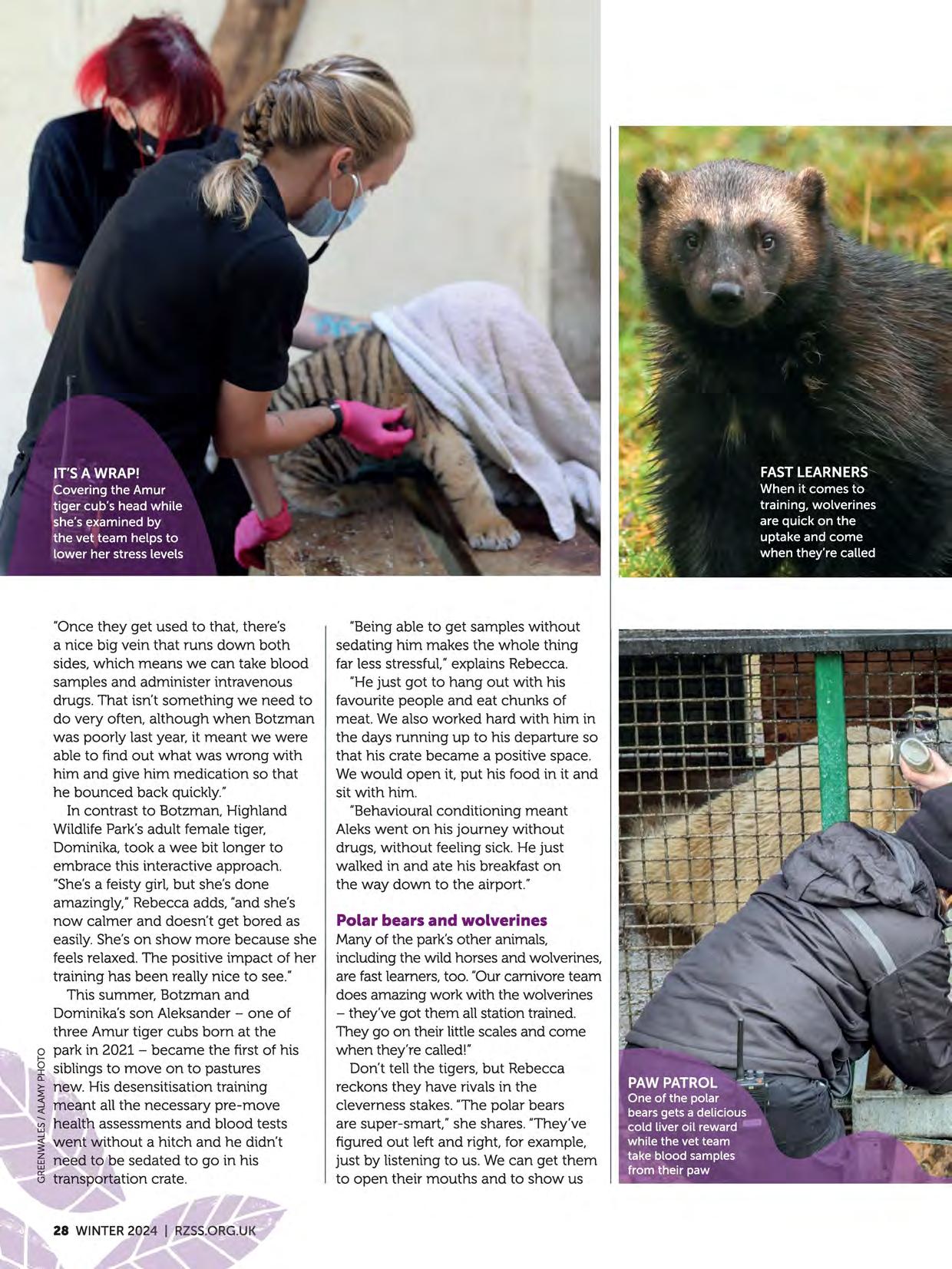
"Being able to get samples without sedating him makes the whole thing far less stressful," explains Rebecca.
"He just got to hang out with his favourite people and eat chunks of meat. We also worked hard with him in the days running up to his departure so that his crate became a positive space. We would open it, put his food in it and sit with him.
"Behavioural conditioning meant Aleks went on his journey without drugs, without feeling sick. He just walked in and ate his breakfast on the way down to the airport."
Many of the park's other animals, including the wild horses and wolverines, are fast learners, too. "Our carnivore team does amazing work with the wolverines -they've got them all station trained. They go on their little scales and come when they're called!"
Don't tell the tigers, but Rebecca reckons they have rivals in the cleverness stakes. "The polar bears are super-smart," she shares. "They've figured out left and right, for example, just by listening to us. We can get them to open their mouths and to show us
their paws or put them in specially designed sleeves so that we can take blood samples from between their toes. That also means we can care for them if they get wounds on their paws, which happens occasionally."
Not everyone can be successfully desensitised, however. "It's best to work on an animal by themself, otherwise you have all of their mates coming up and trying to take their treats or distracting them. We can't separate
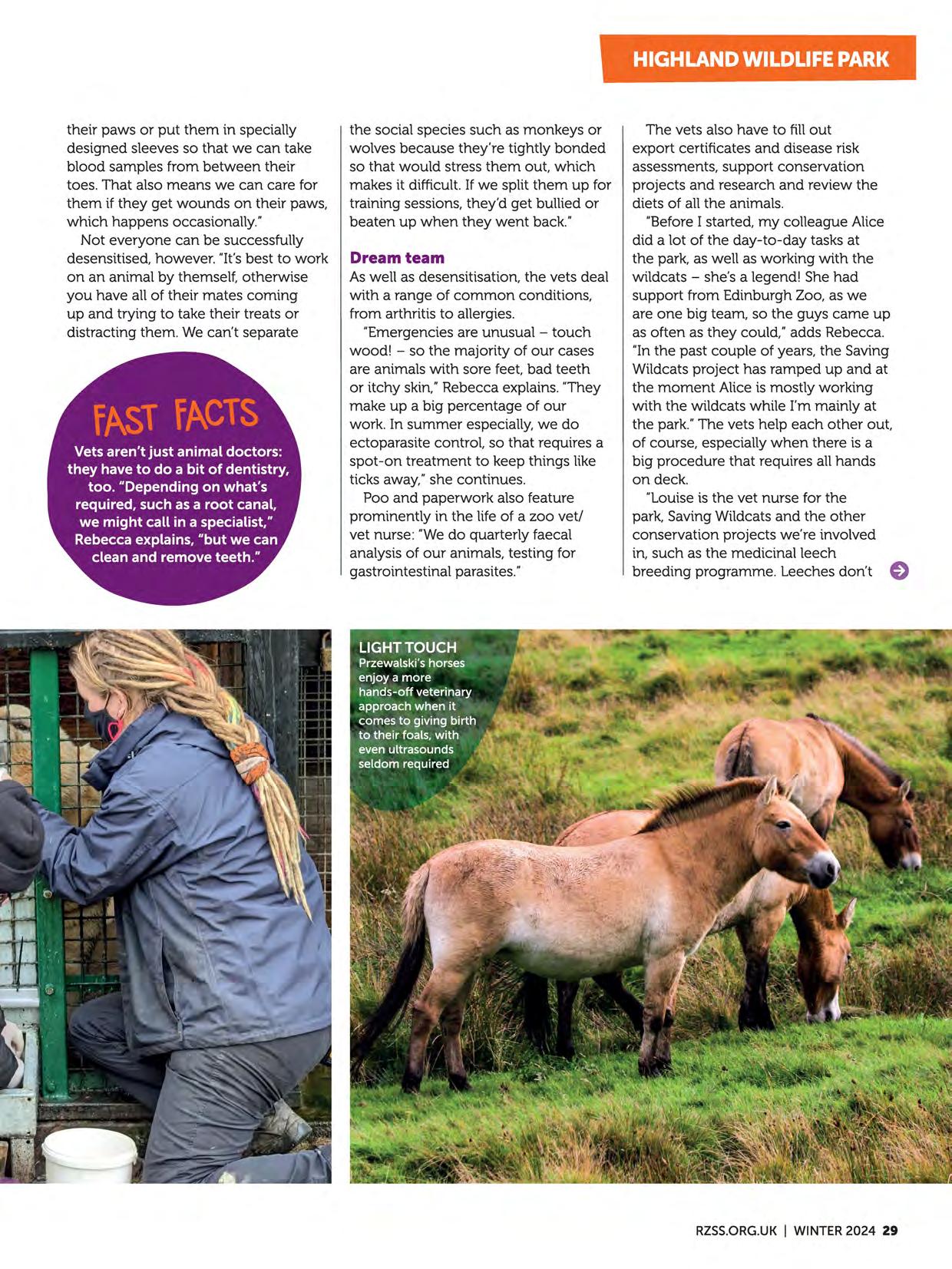
Vets aren't just animal doctors: they have to do a bit of dentistry, too. "Depending on what's required, such as a root canal, we might call in a specialist," Rebecca explains, "but we can clean and remove teeth."
the social species such as monkeys or wolves because they're tightly bonded so that would stress them out, which makes it difficult. If we split them up for training sessions, they'd get bullied or beaten up when they went back."
As well as desensitisation, the vets deal with a range of common conditions, from arthritis to allergies.
"Emergencies are unusual -touch wood! -so the majority of our cases are animals with sore feet, bad teeth or itchy skin," Rebecca explains. "They make up a big percentage of our work. In summer especially, we do ectoparasite control, so that requires a spot-on treatment to keep things like ticks away," she continues.
Pao and paperwork also feature prominently in the life of a zoo vet/ vet nurse: "We do quarterly faecal analysis of our animals, testing for gastrointestinal parasites."
The vets also have to fill out export certificates and disease risk assessments, support conservation projects and research and review the diets of all the animals.
"Before I started, my colleague Alice did a lot of the day-to-day tasks at the park, as well as working with the wildcats -she's a legend! She had support from Edinburgh Zoo, as we are one big team, so the guys came up as often as they could," adds Rebecca. "In the past couple of years, the Saving Wildcats project has ramped up and at the moment Alice is mostly working with the wildcats while I'm mainly at the park." The vets help each other out, of course, especially when there is a big procedure that requires all hands on deck.
"Louise is the vet nurse for the park, Saving Wildcats and the other conservation projects we're involved in, such as the medicinal leech breeding programme. Leeches don't C)
need much nursing," Rebecca laughs, "but she's still part of that process. She's also the best animal trainer I've ever met. She works really hard."
Behind the scenes, Louise is responsible for maintaining equipment; storing, cataloguing or sending away samples, and then collating the results; and ordering vaccines and medicines.
Most veterinary drugs are designed with dogs, cats and horses in mind, so, as Rebecca explains, some problem-solving is required. "It's not as straightforward as giving the dose on the back of the box. We have to use old-school pharmacology principles!"
Surgery is avoided whenever possible. "It's almost always a last resort", says Rebecca, "but we do have an operating theatre at the park. There are some animals that are simply too big or dangerous to leave their specialist enclosures -obviously they are asleep for surgery, but at some point they have to wake up and the vet centre is not tiger-or bear-proof! A lot of procedures are done out in the field and every bit of equipment -the anaesthetic machine, the X-ray,the ultrasound -is portable.
"Probably the biggest difference between zoo medicine and general practice is that these are wild animals
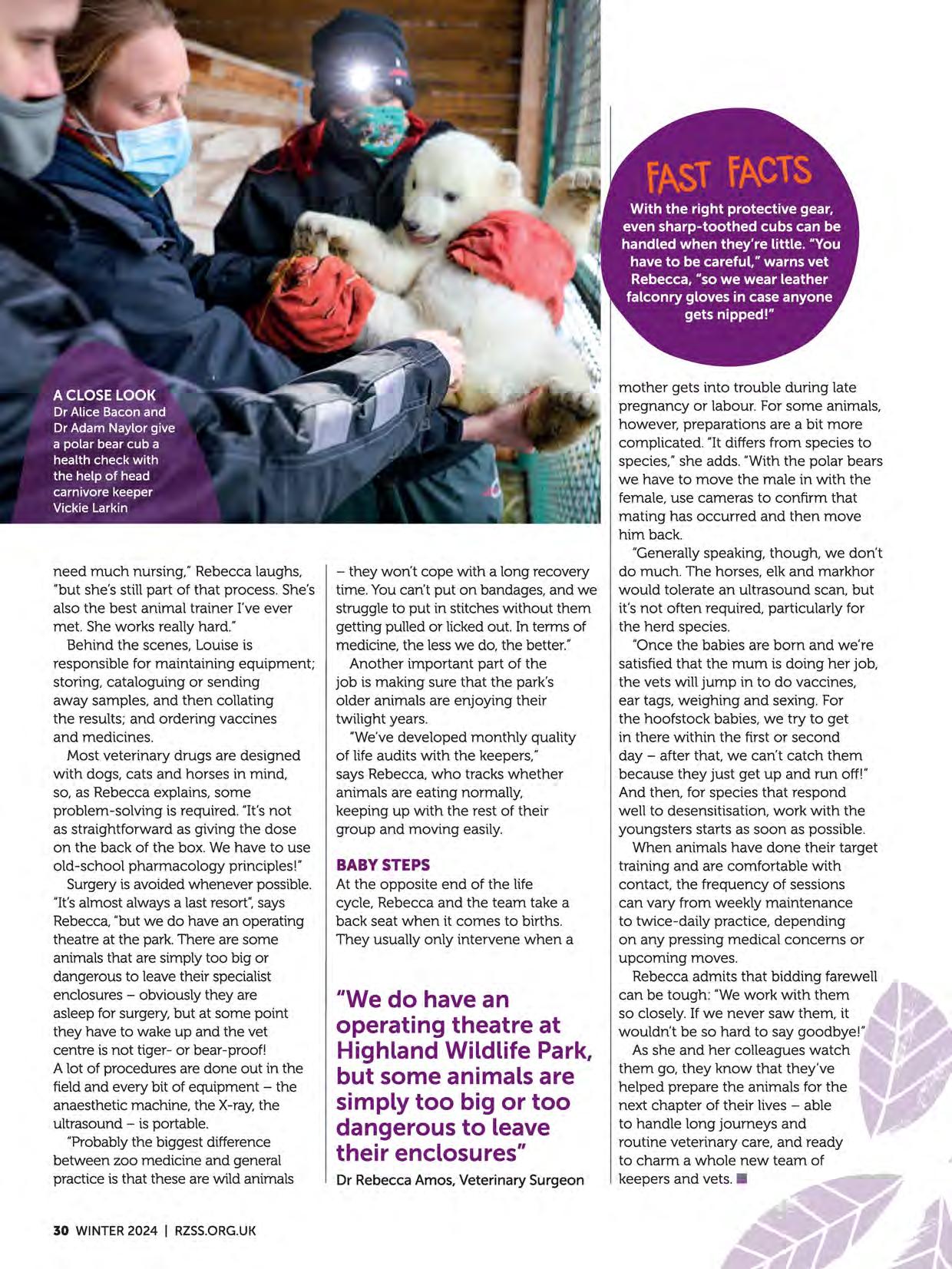
-they won't cope with a long recovery time. You can't put on bandages, and we struggle to put in stitches without them getting pulled or licked out. In terms of medicine, the less we do, the better."
Another important part of the job is making sure that the park's older animals are enjoying their twilight years.
"We've developed monthly quality of life audits with the keepers," says Rebecca, who tracks whether animals are eating normally, keeping up with the rest of their group and moving easily.
At the opposite end of the life cycle, Rebecca and the team take a back seat when it comes to births. They usually only intervene when a
"We do have an operating theatre at Highland Wildlife Park, but some animals are simply too big or too dangerous to leave their enclosures"
Dr Rebecca Amos, Veterinary Surgeon
mother gets into trouble during late pregnancy or labour. For some animals, however, preparations are a bit more complicated. "It differs from species to species," she adds. "With the polar bears we have to move the male in with the female, use cameras to confirm that mating has occurred and then move him back.
"Generally speaking, though, we don't do much. The horses, elk and markhor would tolerate an ultrasound scan, but it's not often required, particularly for the herd species.
"Once the babies are born and we're satisfied that the mum is doing her job, the vets will jump in to do vaccines, ear tags, weighing and sexing. For the hoofstock babies, we try to get in there within the first or second day -after that, we can't catch them because they just get up and run off!" And then, for species that respond well to desensitisation, work with the youngsters starts as soon as possible.
When animals have done their target training and are comfortable with contact, the frequency of sessions can vary from weekly maintenance to twice-daily practice, depending on any pressing medical concerns or upcoming moves.
Rebecca admits that bidding farewell can be tough: "We work with them so closely. If we never saw them, it wouldn't be so hard to say goodbye!"
As she and her colleagues watch them go, they know that they've helped prepare the animals for the next chapter of their lives -able to handle long journeys and routine veterinary care, and ready to charm a whole new team of keepers and vets.
Dating from 1446, Rosslyn Chapel took over 40 years to complete.
The beauty of its setting and the mysterious symbolism of its ornate stonework have inspired, intrigued and attracted visitors ever since.
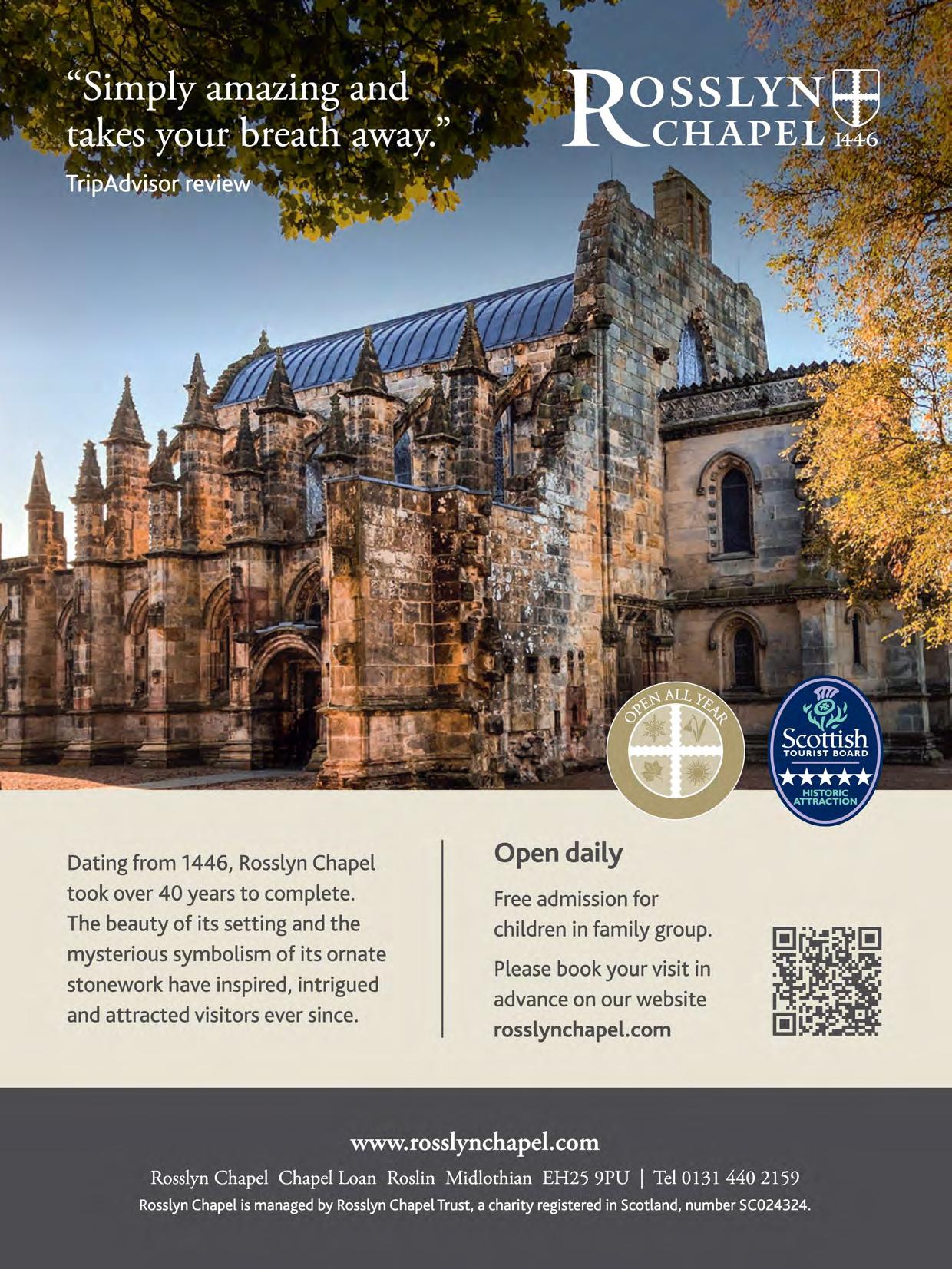
Free admission for children in family group. Please book your visit in advance on our website rosslynchapel.com

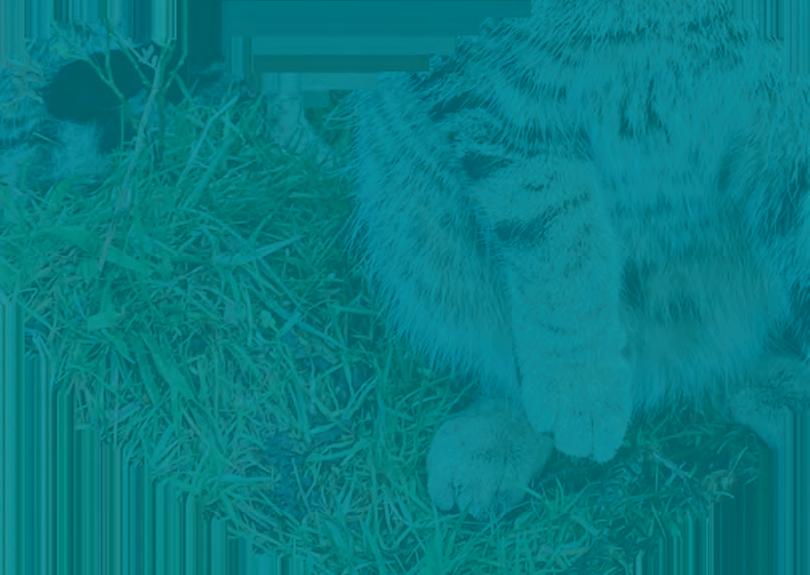
here was joy for the RZSS-led Saving Wildcats project early this summer when they captured on camera the project's first kittens born in the wild. Since those first breathtaking moments, the team now know that at least seven out of the 10 females released in the Cairngorms National Park have given birth.
"That first evidence of reproduction in the wild was really exciting for the project in terms of what it means," explains Dr Helen Senn, head of conservation and science programmes. "It not only confirms that our first cohort of cats released last summer have been able to fend for themselves in the wild over the autumn and winter, it also tells us they are able to find mates and reproduce successfully."
None of that was a given this time last year, as the Saving Wildcats team carefully monitored the first ever conservation release of wildcats in Britain. "We didn't dare dream we would have wildcat kittens in the first year
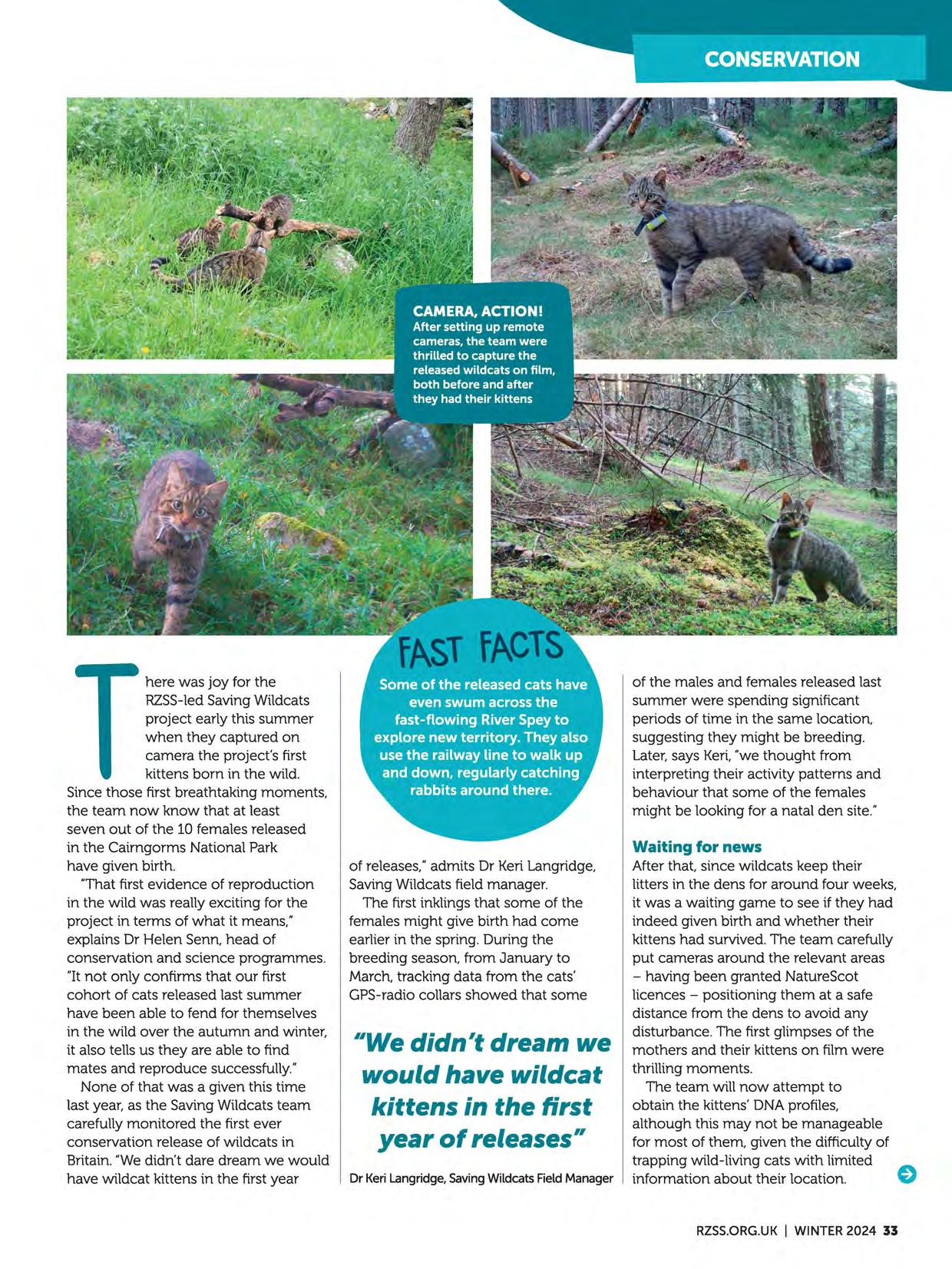
of releases," admits Dr Keri Langridge, Saving Wildcats field manager.
The first inklings that some of the females might give birth had come earlier in the spring. During the breeding season, from January to March, tracking data from the cats' GPS-radio collars showed that some
11 We didn 1 t dream we would have wildcat kittens in the first year of releases 11
Dr Keri Langridge, Saving Wildcats Field Manager
of the males and females released last summer were spending significant periods of time in the same location, suggesting they might be breeding.
Later, says Keri,"we thought from interpreting their activity patterns and behaviour that some of the females might be looking for a natal den site."
After that, since wildcats keep their litters in the dens for around four weeks, it was a waiting game to see if they had indeed given birth and whether their kittens had survived. The team carefully put cameras around the relevant areas - having been granted NatureScot licences -positioning them at a safe distance from the dens to avoid any disturbance. The first glimpses of the mothers and their kittens on film were thrilling moments.
The team will now attempt to obtain the kittens' DNAprofiles, although this may not be manageable for most of them, given the difficulty of trapping wild-living cats with limited A information about their location. V
The aim is to establish whether they were fathered by the released male wildcats, as everyone hopes. Although there's been work going on for years in the National Park, in advance of the release, to trap, neuter, vaccinate and release feral domestic cats or hybrids, it's still possible that some or all of the kittens could be interbred.
Another ever-present concern is that mortality rates among wildcat kittens are known to be high in the face of multiple challenges such as predation, injury, road mortality, illness and finding food. Over autumn and winter, the field team will use footage from the 100 or so trail cameras around the release site to monitor the numbers, welfare and condition of the kittens, which will likely stay with their mothers until they are six to eight months old.
It's unlikely the kittens will be fitted with their own GPS-radio collars -not least because they are too small to be collared until they reach full size at around a year old -although it may be possible to collar a few individuals when they are old enough.
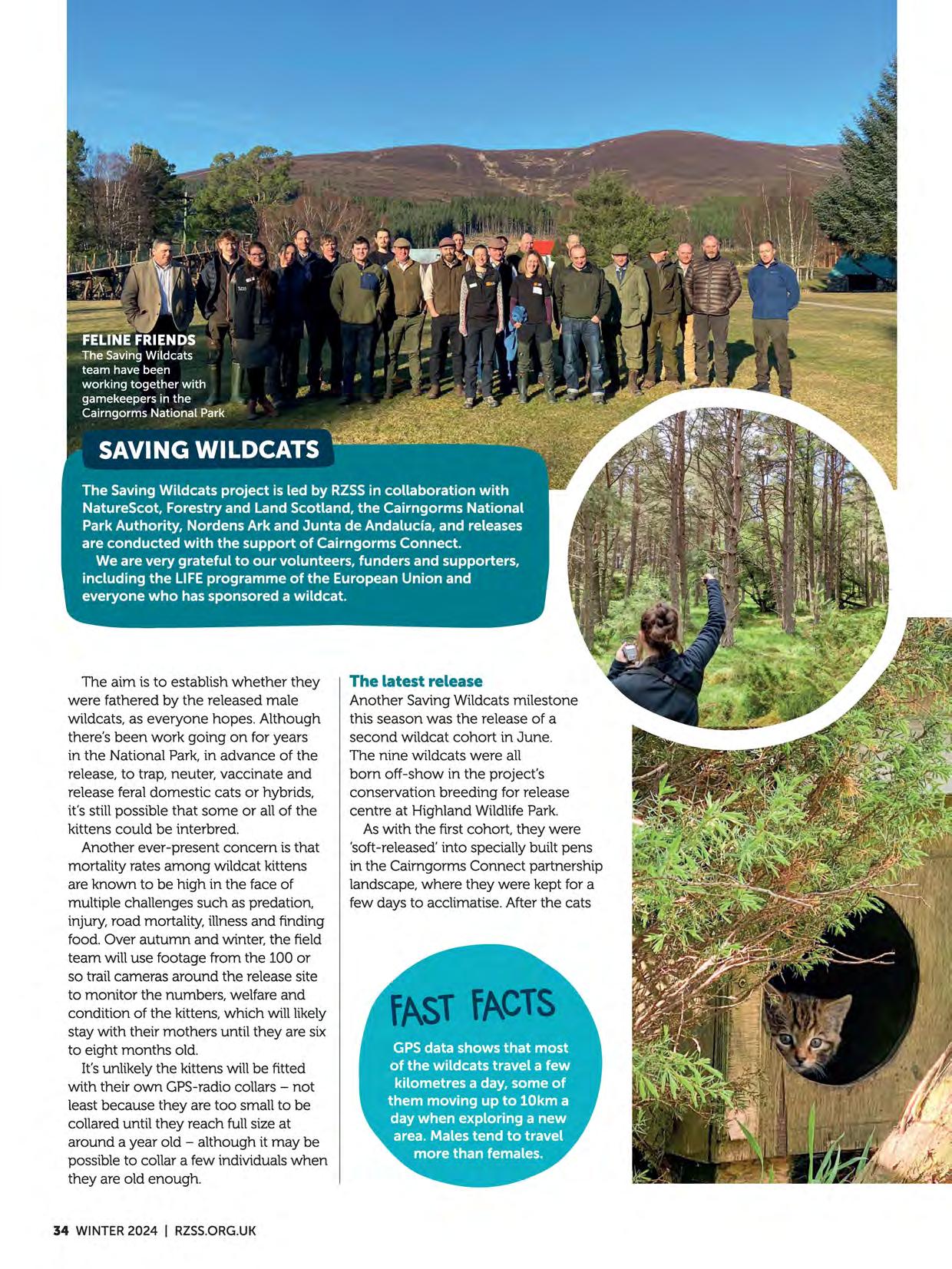
The latest release Another Saving Wildcats milestone this season was the release of a second wildcat cohort in June. The nine wildcats were all born off-show in the project's conservation breeding for release centre at Highland Wildlife Park.
As with the first cohort, they were 'soft-released' into specially built pens in the Caimgorms Connect partnership landscape, where they were kept for a few days to acclimatise. After the cats
were released, the pens were left open and supplementary food was provided for as long as the cats would use it. "What we have tended to see," says Keri,"is that the released cats stay in the area for a few days and then start to explore the area, looking for locations with food and shelter." Their principal food sources include small mammals {volesand mice), but rabbits are preferred when they are available.
Since the release, the team have assiduously tracked their activity and condition via GPS-radio collars and cameras -also using the footage to monitor feral domestic cats and food availability. One significant concern this summer has been a cyclical dip in the field vole population, so the team are watching to see if additional supplementary feeding may be needed.
Meanwhile, the arrangements for a third release of wildcats raised in the

11
Seeing footage of the kittens been amazing and it 1s a fantastic milestone 11
Dr HelenSenn,Headof Conservation and ScienceProgrammes
conservation breeding centre are progressing excitingly, with 16 kittens born at the centre this summer. Some or all of these are due to be released into the wild next year, probably during June to August when food availability is high and daylight hours longer.
Like the first two cohorts, they will stay with their mothers until the natural dispersal age of six to eight months and then move into large prerelease enclosures to acclimatise to life in the wild. Precise release plans will be decided over autumn and winter based on factors such as food availability and learnings from this year and last.
With more wildcats born and released, the task of monitoring them becomes ever more intensive. The team have to search for radio signals from the GPSradio collars to check that each cat is still active; examine camera footage; gather 0
scat samples; analyse the cats' behaviour patterns and habitat use; assess food availabilityand the presence of feral cats; and replace out-of-battery GPS-radio collars. AUof this is carried out over a vast landscape and often in seriously inhospitable terrain and weather. From June 2023 to June 2024 alone, over 1.5 million camera images were analysed. Monitoring and analysis are accompanied by an intensive human element involving year-round work with local communities, landowners,
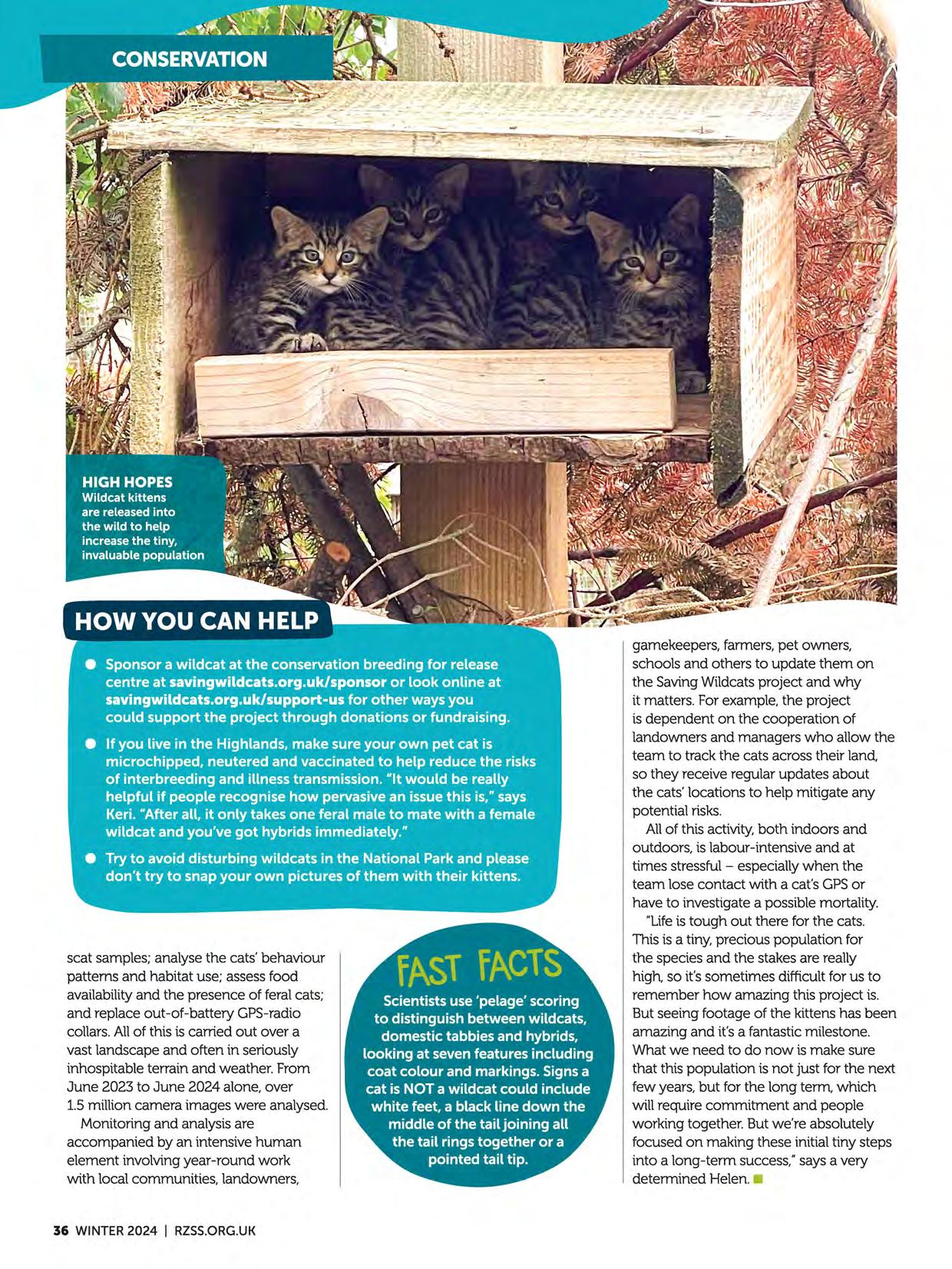
gamekeepers, farmers, pet owners, schools and others to update them on the Saving Wildcats project and why it matters. For example, the project is dependent on the cooperation of landowners and managers who allow the team to track the cats across their land, so they receive regular updates about the cats' locations to help mitigate any potential risks.
AUof this activity, both indoors and outdoors, is labour-intensive and at times stressful -especially when the team lose contact with a cat's GPS or have to investigate a possible mortality.
"Lifeis tough out there for the cats. This is a tiny, precious population for the species and the stakes are really high, so ifs sometimes difficult for us to remember how amazing this project is. But seeing footage of the kittens has been amazing and it's a fantastic milestone. What we need to do now is make sure that this population is not just for the next few years, but for the long term, which will require commitment and people working together. But we're absolutely focused on making these initial tiny steps into a long-term success," says a very determined Helen.
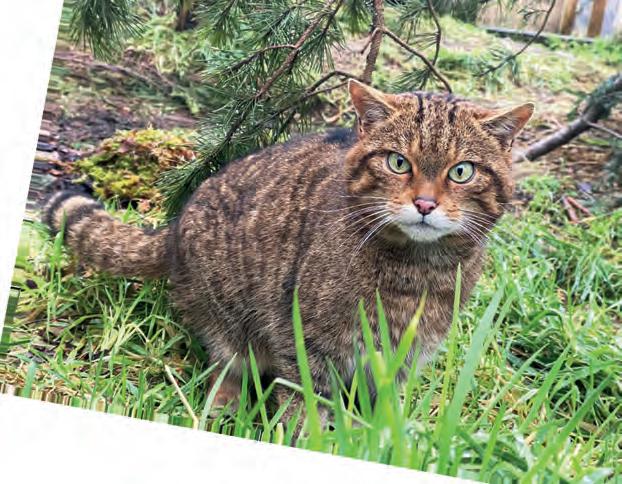














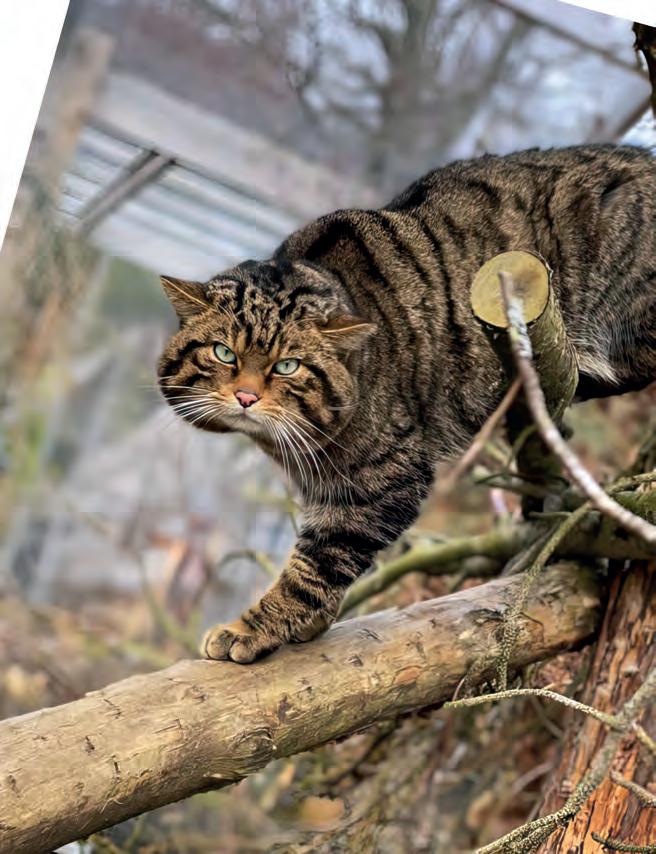













Meet the largest of the world's four anteater species at Edinburgh Zoo
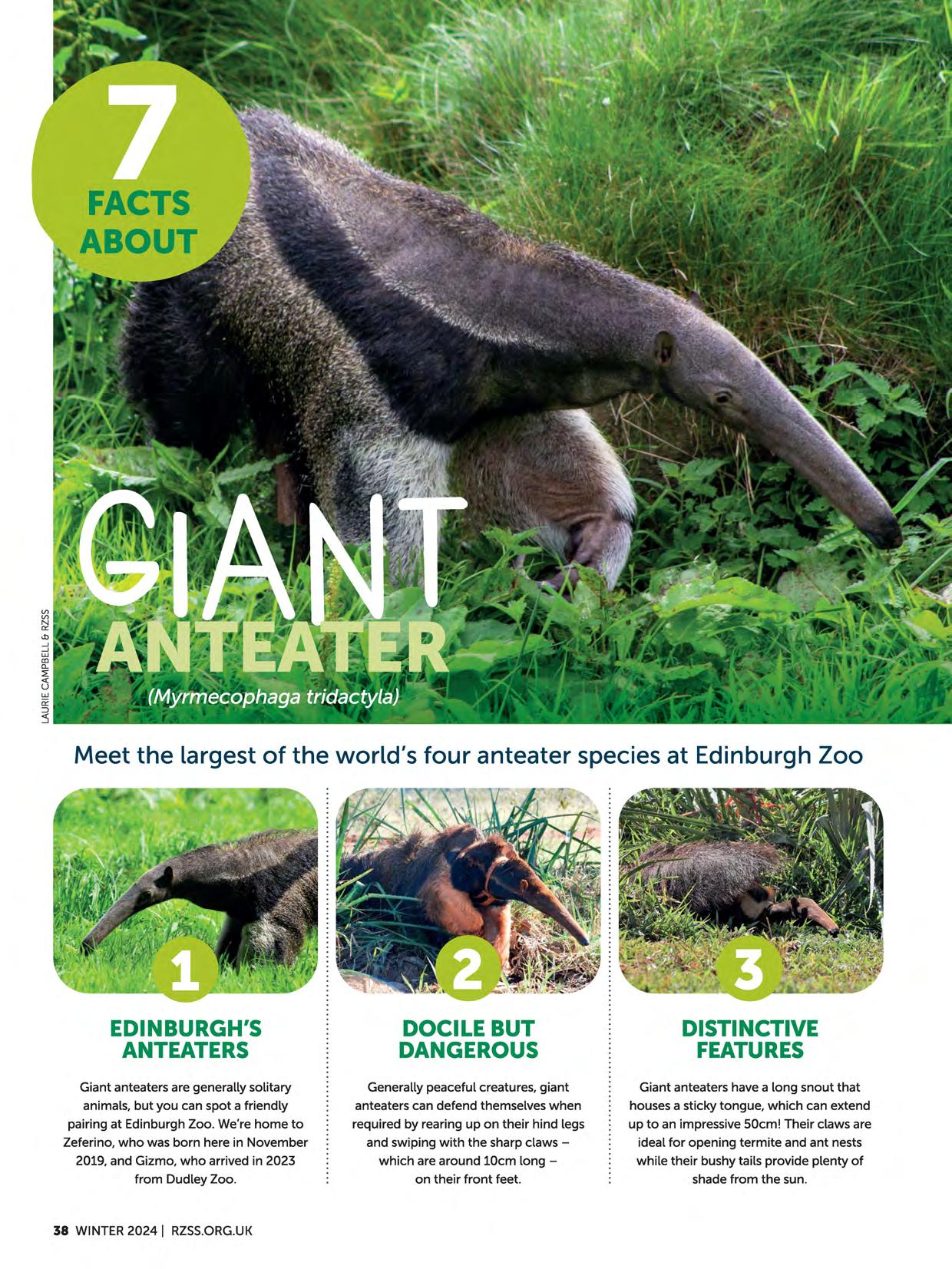
Giant anteaters are generally solitary animals, but you can spot a friendly pairing at Edinburgh Zoo. We're home to Zeferino, who was born here in November 2019, and Gizmo, who arrived in 2023 from Dudley Zoo.
Generally peaceful creatures, giant anteaters can defend themselves when required by rearing up on their hind legs and swiping with the sharp clawswhich are around 10cm longon their front feet.
Giant anteaters have a long snout that houses a sticky tongue, which can extend up to an impressive 50cm! Their claws are ideal for opening termite and ant nests while their bushy tails provide plenty of shade from the sun.
As their name suggests, giant anteaters boast quite a hefty stature. They can reach up to two metres in length and weigh up to 55kg when fully grown. In fact, when standing on their hind legs, giant anteaters are taller than a man. Such is their strength, they can fight off formidable foes, including pumas and jaguars.
Wild populations of giant anteaters are declining due to habitat loss, hunting and the burning of sugar cane in their native Brazil -classifying them as Vulnerable on the IUCN Red List. Our work with ICAS, Brazil's Wild Animal Conservation Institute, looks at how traffic through giant anteaters' natural habitat is affecting population numbers and how we can make roads safer for them.
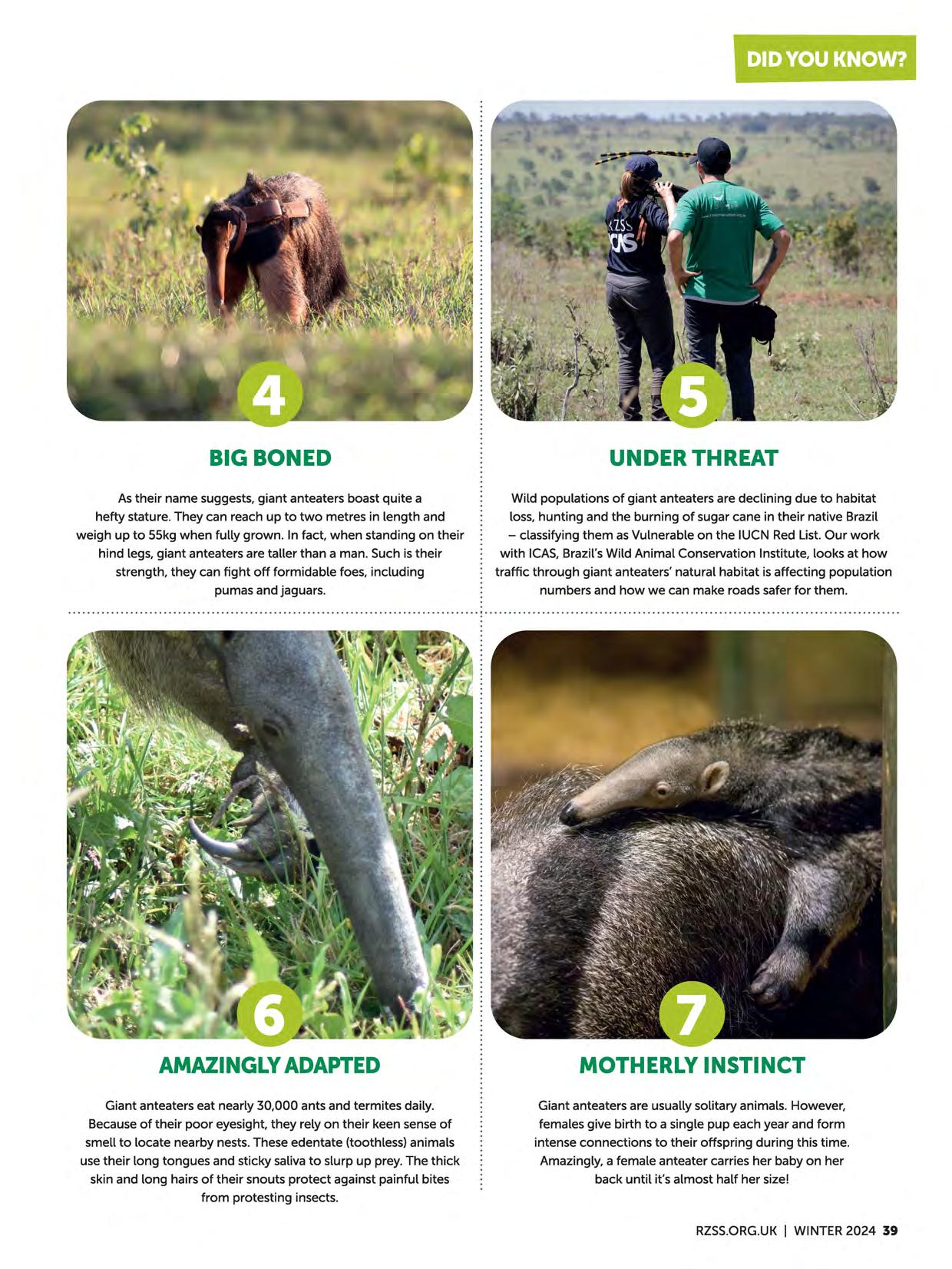
Giant anteaters eat nearly 30,000 ants and termites daily. Because of their poor eyesight, they rely on their keen sense of smell to locate nearby nests. These edentate (toothless) animals use their long tongues and sticky saliva to slurp up prey. The thick skin and long hairs of their snouts protect against painful bites from protesting insects.
Giant anteaters are usually solitary animals. However, females give birth to a single pup each year and form intense connections to their offspring during this time. Amazingly, a female anteater carries her baby on her back until it's almost half her size!
RZSS supporters Elaine and Stephen Cotton share how volunteering at Edinburgh Zoo led to them becoming proud
How did you become a volunteer at Edinburgh Zoo?
Elaine: I'd trained with the Red Cross as a volunteer at Edinburgh's Western General Hospital. Unfortunately, there were no positions after training finished. A friend suggested I investigate volunteering at Edinburgh Zoo instead, because of my love of animals -and arranged an interview for me. I wasn't sure volunteering was for me, but here I am nearly 16 years later! I absolutely love sharing my enthusiasm and knowledge to show visitors how special Edinburgh Zoo is.
What have been some of your volunteering highlights?
Elaine: I enjoyed being involved in a research project at Living Links.It was carried out by the University of St Andrews and investigated how monkeys use plants to self-medicate. The zoo's capuchins were given strong-smelling plants. We noticed they squeezed the milk out of onions to rub over their bodies. The capuchin monkeys even helped their friends get anointed from head to toe.
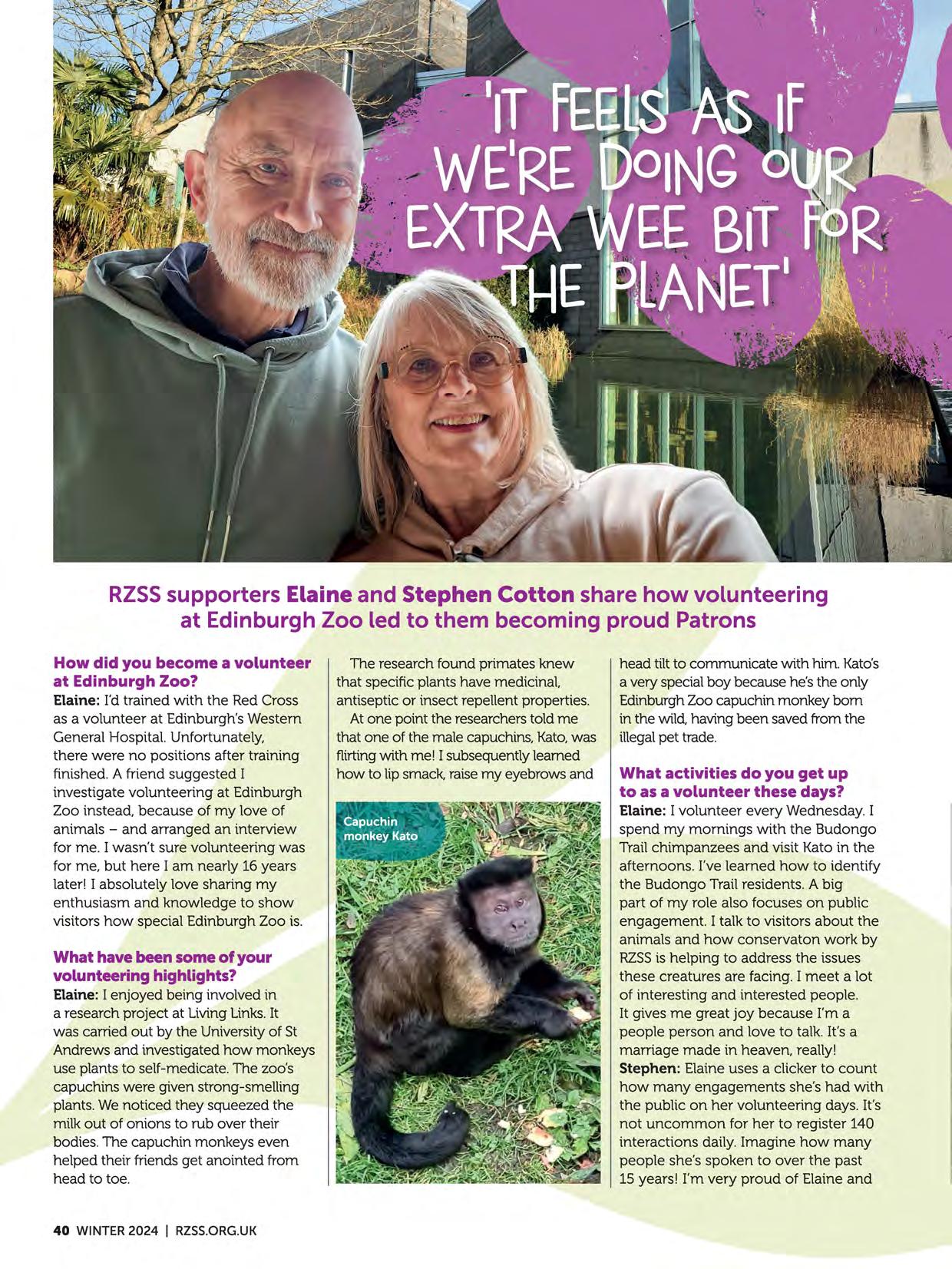
The research found primates knew that specific plants have medicinal, antiseptic or insect repellent properties. At one point the researchers told me that one of the male capuchins, Kato,was flirtingwith me! I subsequently learned how to lip smack raise my eyebrows and
head tilt to communicate with him. Kato's a very special boy because he's the only Edinburgh Zoo capuchin monkey born in the wild, having been saved from the illegalpet trade.
What activities do you get up to as a volunteer these days?
Elaine: I volunteer every Wednesday. I spend my mornings with the Budongo Trail chimpanzees and visit Kato in the afternoons. I've learned how to identify the Budongo Trail residents. A big part of my role also focuses on public engagement. I talk to visitors about the animals and how conservaton work by RZSSis helping to address the issues these creatures are facing. I meet a lot of interesting and interested people. It gives me great joy because I'm a people person and love to talk. It's a marriage made in heaven, really! Stephen: Elaine uses a clicker to count how many engagements she's had with ' the public on her volunteering days. It's not uncommon for her to register 140 interactions daily. Imagine how many people she's spoken to over the past 15 years! I'm very proud of Elaine and
the work she's done over the years to connect people to nature.
Have you met any famous visitors while volunteering?
Elaine: I was lucky enough to meet the great Jane Goodall when she visited the zoo, which was such an incredible experience. I also unknowingly met Hugh Jackman -Wolverine himself -while volunteering at the koala enclosure. It wasn't until a fellow volunteer told me who he was after I spoke to him that it clicked!
What inspired you to become RZSS Patrons?
Elaine: Stephen and I have been RZSS members since 2009 and live nearby in Cramond, so we visit Edinburgh Zoo often. When the first COVID-19 lockdown started in March 2020, we really missed being able to visit regularly. Likeus, I think a lot of people realised more than ever during this time what a gem Edinburgh Zoo is. Becoming a Patron was another way to support the charity. Stephen: Being Patrons allows us to contribute to solving the problems that animals worldwide are facing due to climate change, poaching, the illegal pet trade and more. Not only are we doing a bit extra to support a wonderful conservation charity like RZSS,but it also feels as if we're doing our extra wee bit for the planet.
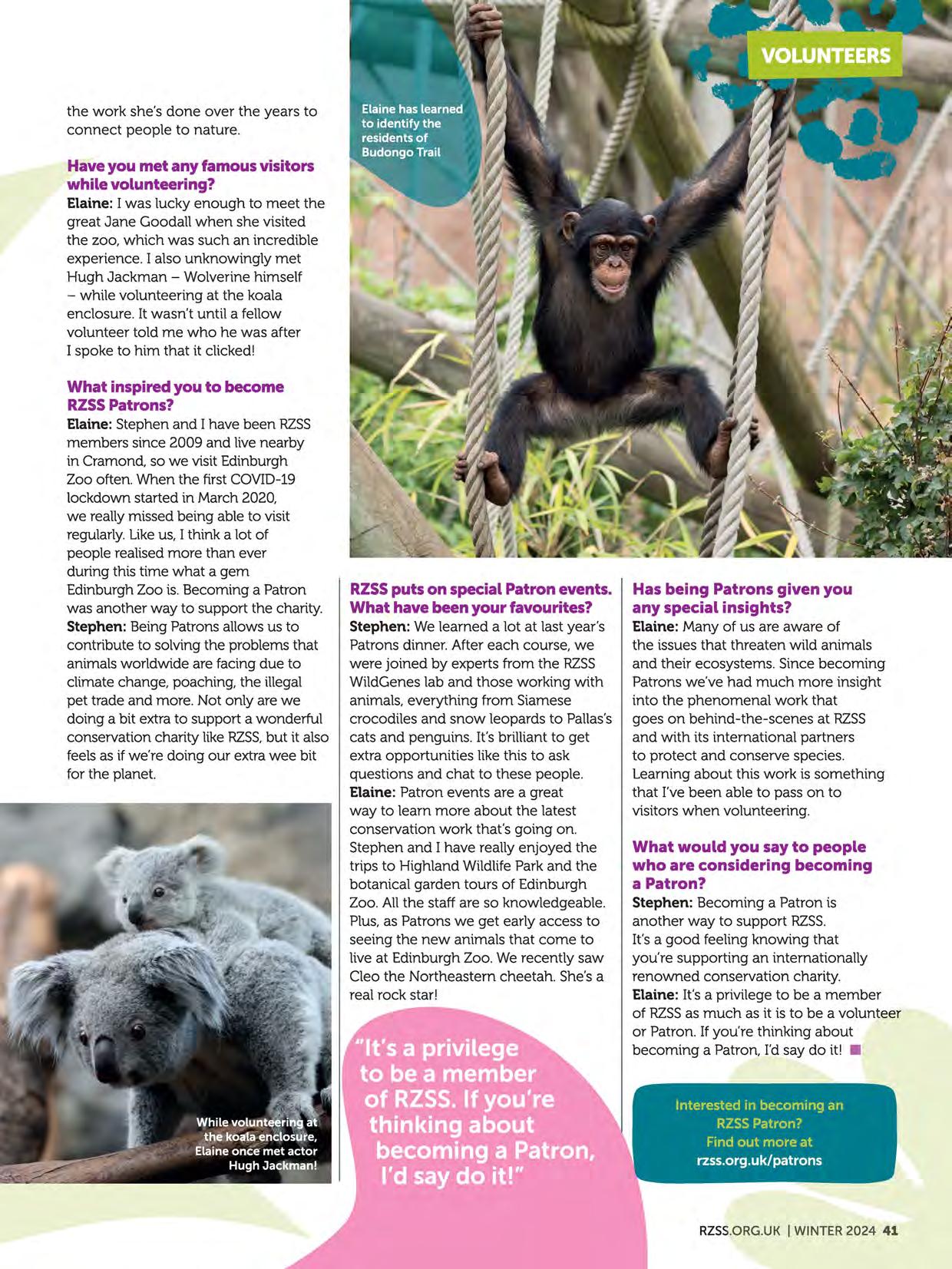
RZSSputs on special Patron events. What have been your favourites?
Stephen: We learned a lot at last year's Patrons dinner. After each course, we were joined by experts from the RZSS WildGenes lab and those working with animals, everything from Siamese crocodiles and snow leopards to Pallas's cats and penguins. It's brilliant to get extra opportunities like this to ask questions and chat to these people. Elaine: Patron events are a great way to learn more about the latest conservation work that's going on. Stephen and I have really enjoyed the trips to Highland Wildlife Park and the botanical garden tours of Edinburgh Zoo. All the staff are so knowledgeable. Plus, as Patrons we get early access to seeing the new animals that come to live at Edinburgh Zoo. We recently saw Cleo the Northeastern cheetah. She's a
Has being Patrons given you any special insights?
Elaine: Many of us are aware of the issues that threaten wild animals and their ecosystems. Since becoming Patrons we've had much more insight into the phenomenal work that goes on behind-the-scenes at RZSS and with its international partners to protect and conserve species. Leaming about this work is something that I've been able to pass on to visitors when volunteering.
What would you say to people who are considering becoming a Patron?
Stephen: Becoming a Patron is another way to support RZSS. It's a good feeling knowing that you're supporting an internationally renowned conservation charity. Elaine: It's a privilege to be a member of RZSSas much as it is to be a volunteer or Patron. If you're thinking about becoming a Patron, I'd say do it!
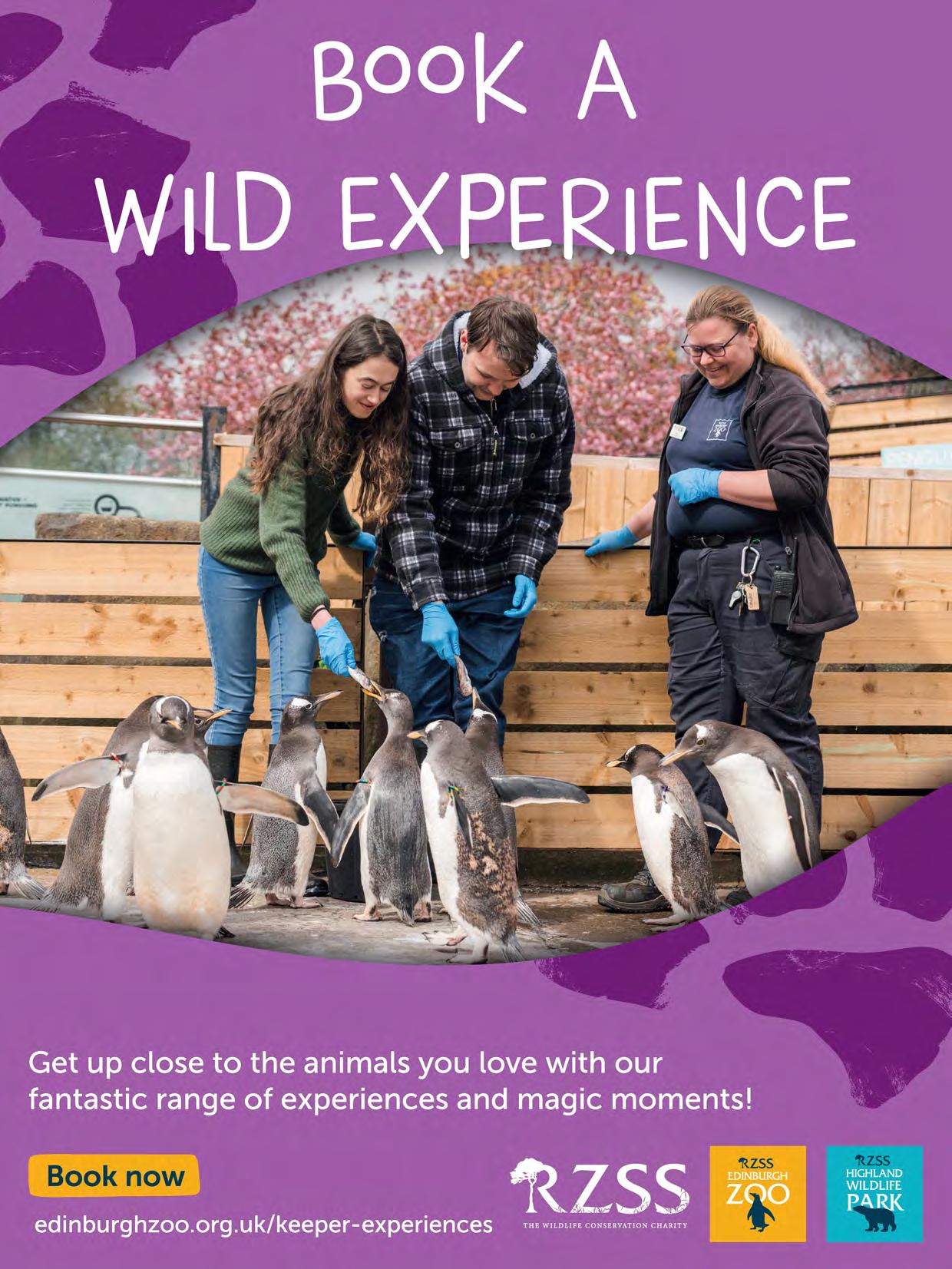
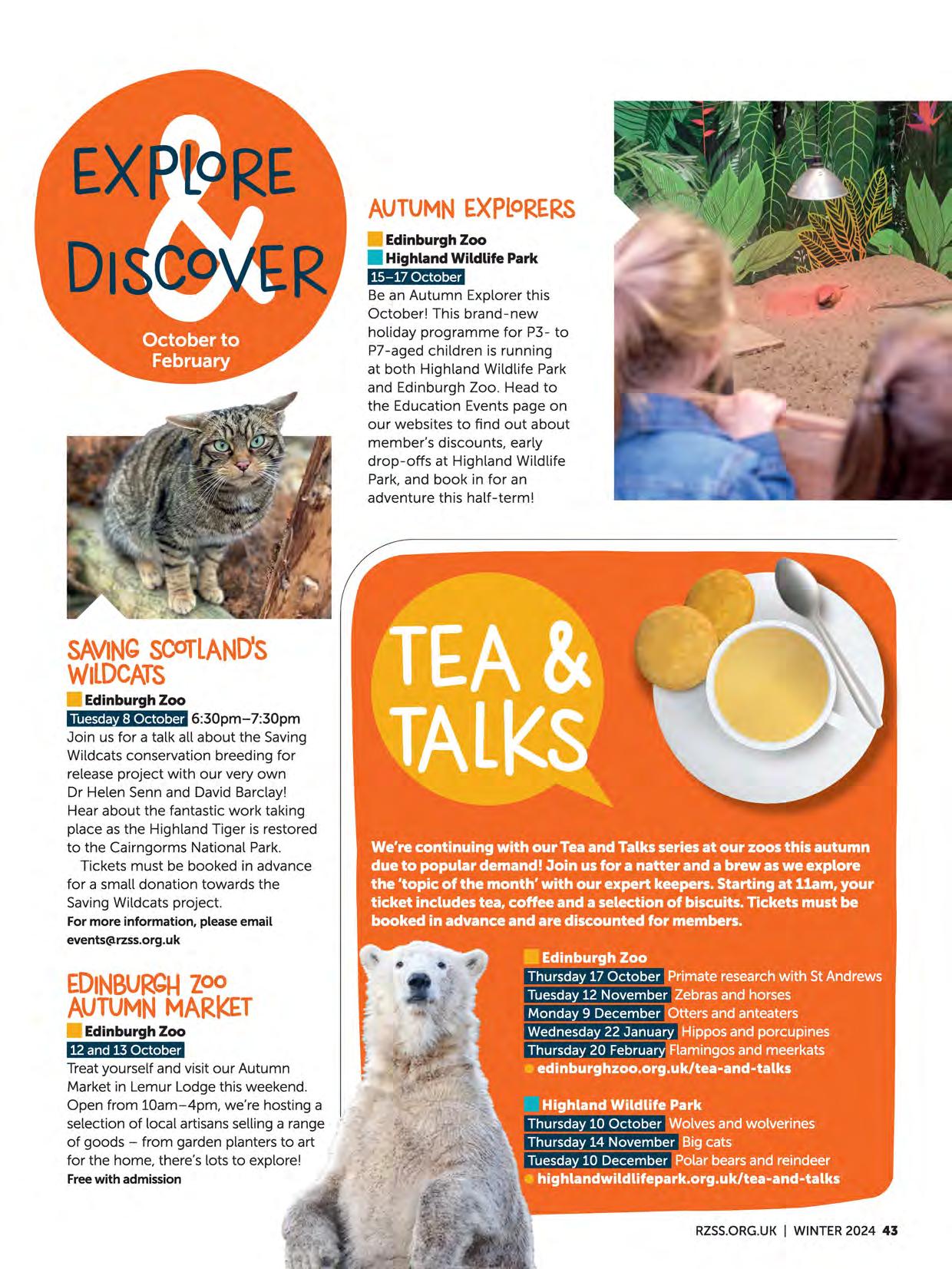
Edinburgh Zoo
Tuesday8 October 6:30pm-7:30pm
Join us for a talk all about the Saving Wildcats conservation breeding for release project with our very own Dr Helen Senn and David Barclay! Hear about the fantastic work taking place as the Highland Tiger is restored to the Cairngorms National Park. Tickets must be booked in advance for a small donation towards the Saving Wildcats project. For more information, please email events@rzss.org.uk
Edinburgh Zoo
12 and 13 October
Treat yourself and visit our Autumn Market in Lemur Lodge this weekend. Open from 10am-4pm, we're hosting a selection of local artisans selling a range of goods -from garden planters to art for the home, there's lots to explore! Free with admission
Edinburgh Zoo
Highland Wildlife Park 15-17 October
Be an Autumn Explorer this October! This brand-new holiday programme for P3-to P7-aged children is running at both Highland Wildlife Park and Edinburgh Zoo. Head to the Education Events page on our websites to find out about member's discounts, early drop-offs at Highland Wildlife Park, and book in for an adventure this half-term!

Edinburgh Zoo
19 and 20 October
Get ready to embark on an exciting journey back in time as we welcome How to Train your Dinosaur shows at Edinburgh Zoo for October halfterm weekend! Throughout each day, we'll be hosting interactive and educational theatre shows that use real animal training techniques to train our dinosaurs and are perfect for dinosaur wranglers of all ages!
We're also running a dinosaur breakfast event each morning, Steggs and Eggs,with an exclusive How to Train your Dinosaur performance included! Tickets for breakfast must be booked in advance.
• edinburghzoo.org.uk/ dinomite-weekend
Edinburgh Zoo
Friday 25 October 6pm-8pm
Join us as we raise a cheer to learning at this unique event all about weird and wonderful animal skulls! This adults-only event will be led by our discovery rangers, with the opportunity to get up close and personal with a diverse collection of bones, examining their unique features and what they reveal about each species' diet, habits and history.
With a selection of alcoholic and soft drinks to choose from, this is the perfect opportunity for budding biologists or those who are just curious to learn.
Adult: £20. Adult member: £18.
• edinburghzoo.org.uk/skulls-and-sip
Highland Wildlife Park
Thursda 24 October 6pm-7:30pm
Edinburgh Zoo
Monday 28 October 6pm-7:30pm
Join us for a talk with RZSS
Conservation Associate Dr Arnaud Desbiez, an award-winning scientist working to save the giant armadillo and giant anteater in South America.
RZSShas worked with Dr Desbiez and his team at the Wildlife Conservation Institute (ICAS) in Brazil for over a decade to safeguard threatened giant armadillos, giant anteaters and their rapidly disappearing habitat.
Tickets must be booked in advance with a 'pay what you can' donation towards the project.
• edinburghzoo.org.uk/ south-american-giants
• highlandwildlifepark.org.uk/ south-american-giants
Edinburgh Zoo
26 and 27 October 9am-11am
Get into the Halloween spirit this October with our exclusive morning of fun at the zoo!
Meet some of our slippery, slimy residents before enjoying a devilishly delicious breakfast. Themed crafts and activities will also take place for all the family to enjoy.
Adult (16+): £32. Child (3-15 years): £28. Under 3 (activities and pancakes included): £22. Under 3 (fruit and yogurt breakfast):
£7. Carer (ID required): £12. Adult member: £18. Child member: £22.
• edinburghzoo.org.uk/ beasties-and-broomsticks
Highland Wildlife Park 26 and 27 October 10am-3pm
Edinburgh Zoo Sunday 27 October 10am-3pm
Over Halloween weekend, stop by Lemur Lodge at Edinburgh Zoo or the stretch tent by the car park at Highland Wildlife Park to carve our animals a spooktacular treat! Learn about the ways we use behavioural enrichment to care for animals and give them a terrifyingly tasty treat. £3.50 per pumpkin, while pumpkins last!
Edinburgh Zoo
1-24 December 10:20am-3:30pm
Make your little one's day at Edinburgh Zoo extra special this festive season. Meet Santa and Mrs Claus at our Christmas grotto, which this year will be inside our Budongo Trail building.
Sessions with Santa will be available to book in 10-minute time slots.
£18 for one child, £33 for two, £49 for three and £66 for four.
• edinburghzoo.org.uk/ meet-santa-claus
Edinburgh Zoo
Selected dates 5pm-7:30pm Mr and Mrs Claus will also be joining us on several evenings to see as many children as possible while visiting Edinburgh Zoo! Places are available to book in 10-minute time slots. £19 for one child, £34 for two, £50 for three and £67 for four.
• edinburghzoo.org.uk/ evening-santa-claus
Edinburgh Zoo
Selected dates 12:30pm-3pm
Add a touch of homemade charm to your Christmas by taking a WreathMaking Workshop. We'll show you how to create a beautiful 14-inch sustainable wreath decoration, with materials naturally sourced from Edinburgh Zoo. Along with the frames, we'll provide an array of foliage, seed heads, dried fruit and decorations to make your festive wreath one of a kind!
Adult: £65. Adult member: £50.
• edinburghzoo.org.uk/wreath-making
Edinburgh Zoo
Selected dates 9am-11am
Bring the family and enjoy breakfast with Santa and Mrs Claus at Edinburgh Zoo. Dining in our restaurant, you'll tuck into festive snowman pancakes, participate in craft activities and listen
to a story from Mrs Claus. And as an early Christmas treat, children will get involved with making arts and crafts, take home a gift and have the rest of the day to explore the zoo.
Adult (16+): £32. Child (3-15 years): £35. Under 3 (activitiesand pancakesincluded):£27. Under 3 (fruit and yogurt breakfast): £7.
Carer (ID required): £12.
Adult member: £15. Child member: £27.
• edinburghzoo.org.uk/ breakfast-with-santa
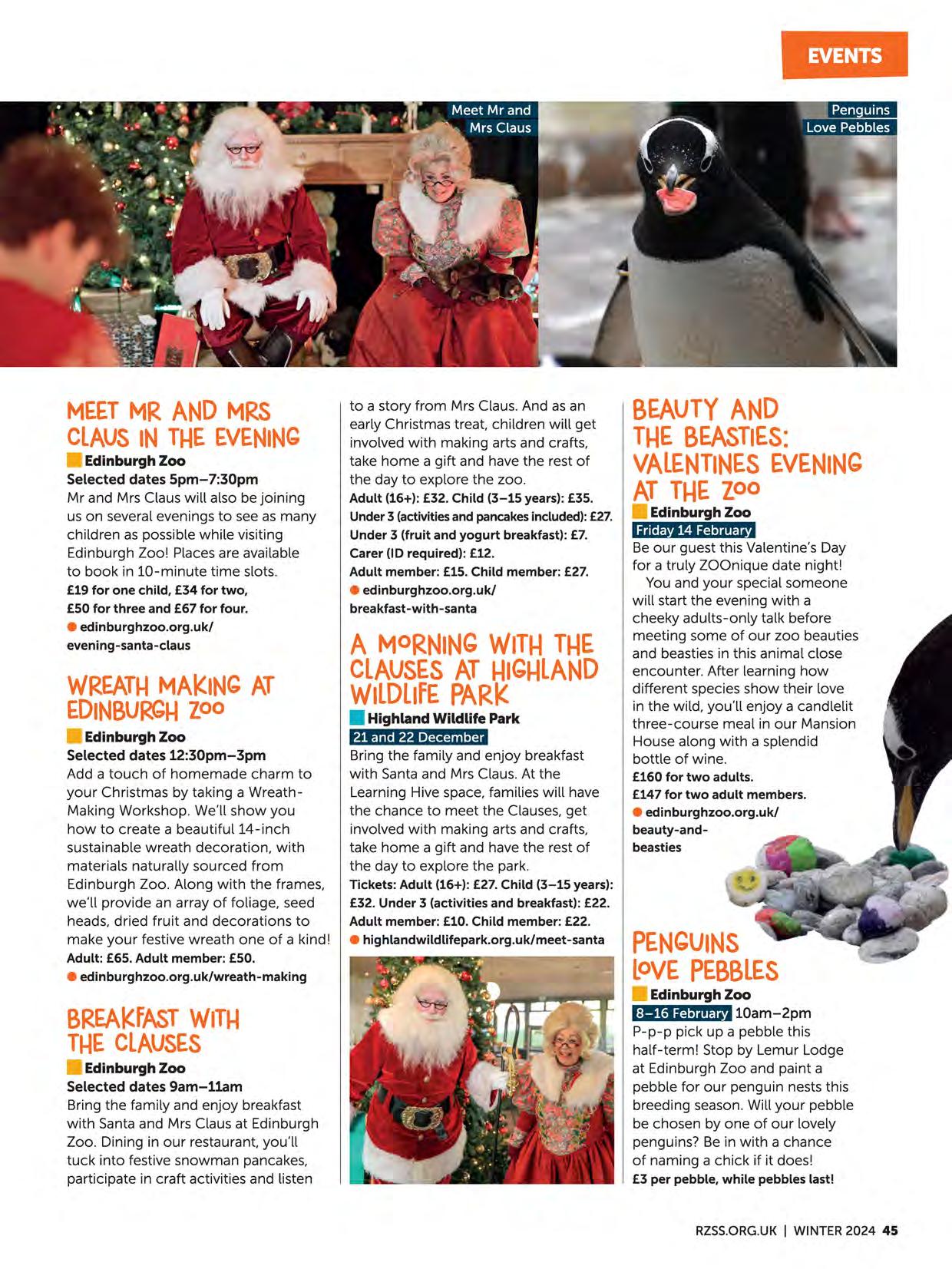
Edinburgh Zoo
Friday 14 February
Highland Wildlife Park 21 and 22 December
Bring the family and enjoy breakfast with Santa and Mrs Claus. At the Learning Hive space, families will have the chance to meet the Clauses, get involved with making arts and crafts, take home a gift and have the rest of the day to explore the park.
Tickets: Adult (16+): £27. Child (3-15 years): £32. Under 3 (activities and breakfast): £22. Adult member: £10. Child member: £22.
• highlandwildlifepark.org.uk/meet-santa
Be our guest this Valentine's Day for a truly ZOOnique date night! You and your special someone will start the evening with a cheeky adults-only talk before meeting some of our zoo beauties and beasties in this animal close encounter. After learning how different species show their love in the wild, you'll enjoy a candlelit three-course meal in our Mansion House along with a splendid bottle of wine.
£160 for two adults.
£147 for two adult members.
• edinburghzoo.org.uk/ beauty-andbeasties
Edinburgh Zoo
8-16 February 10am-2pm
P-p-p pick up a pebble this half-term! Stop by Lemur Lodge at Edinburgh Zoo and paint a pebble for our penguin nests this breeding season. Will your pebble be chosen by one of our lovely penguins? Be in with a chance of naming a chick if it does! £3 per pebble, while pebbles last!
You help our animals with ever.
Edinburgh Zoo and Highlan
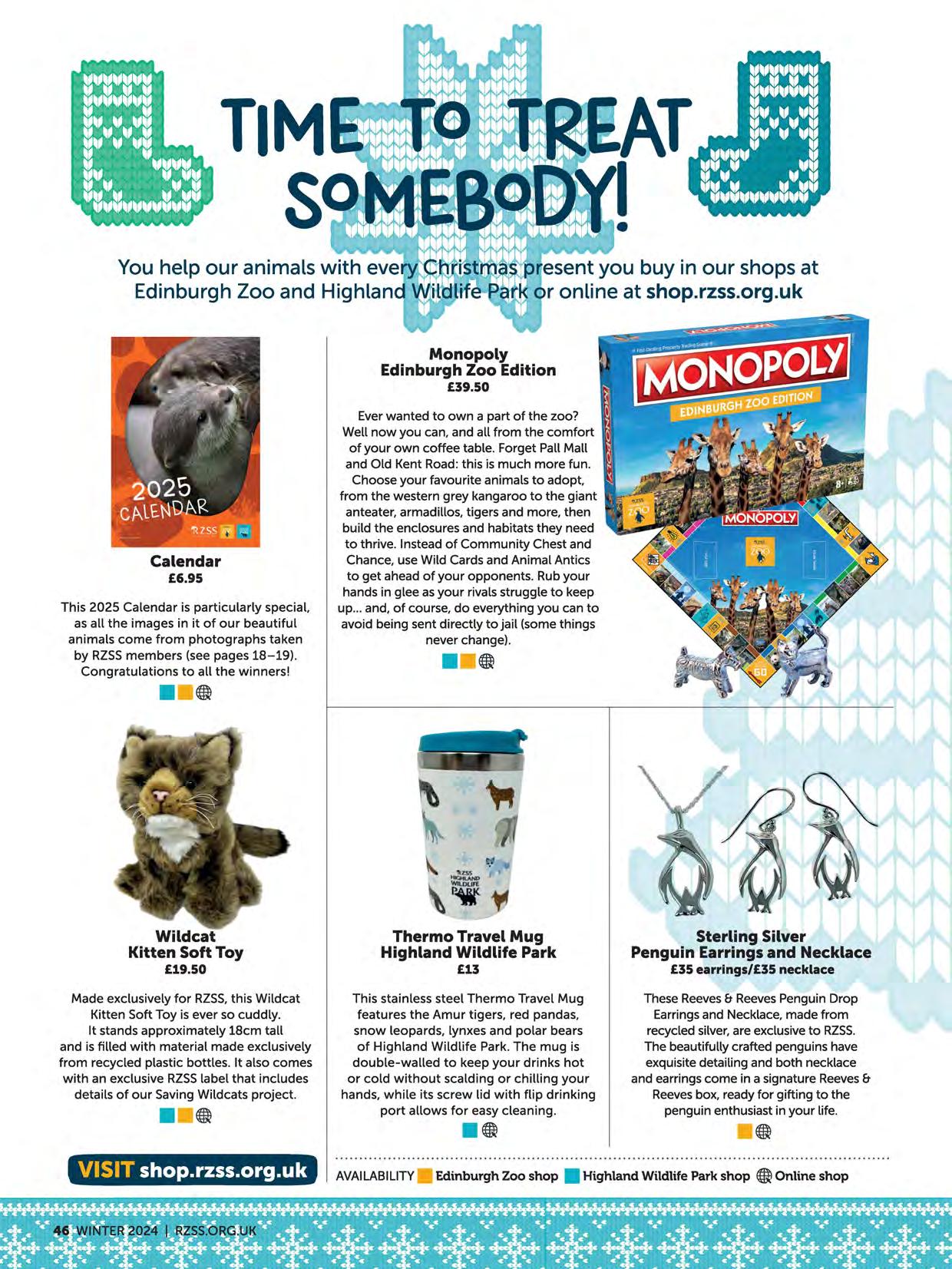
Calendar
£6.95
This 2025 Calendar is particularly special, as all the images in it of our beautiful animals come from photographs taken by RZSSmembers (see pages 18-19). Congratulations to all the winners!
Monopoly
Edinburgh Zoo Edition
£39.50
Ever wanted to own a part of the zoo? Well now you can, and all from the comfort of your own coffee table. Forget Pall Mall and Old Kent Road: this is much more fun. Choose your favourite animals to adopt, from the western grey kangaroo to the giant anteater, armadillos, tigers and more, then build the enclosures and habitats they need to thrive. Instead of Community Chest and Chance, use Wild Cards and Animal Antics to get ahead of your opponents. Rub your hands in glee as your rivals struggle to keep up ... and, of course, do everything you can to avoid being sent directly to jail (some things never change).
Wildcat Kitten Soft Toy
£19.50
Made exclusively for RZSS,this Wildcat Kitten Soft Toy is ever so cuddly. It stands approximately 18cm tall and is filled with material made exclusively from recycled plastic bottles. It also comes with an exclusive RZSSlabel that includes details of our Saving Wildcats project.
Thermo Travel Mug
Highland Wildlife Park
£13
This stainless steel Thermo Travel Mug features the Amur tigers, red pandas, snow leopards, lynxes and polar bears of Highland Wildlife Park. The mug is double-walled to keep your drinks hot or cold without scalding or chilling your hands, while its screw lid with flip drinking port allows for easy cleaning.
Sterling Silver
Penguin Earrings and Necklace
£35 earrings/£35 necklace
These Reeves& Reeves Penguin Drop Earrings and Necklace, made from recycled silver, are exclusive to RZSS. The beautifully crafted penguins have exquisite detailing and both necklace and earrings come in a signature Reeves& Reevesbox, ready for gifting to the penguin enthusiast in your life.
£12.50
Our Re-Pets toys are not only ultra soft, they're also made with eco-friendly RePet technology. The material comes from previously used plastic packaging which is then collected, sorted, cleaned and shredded into pellets that can be melted and spun into threads. The threads can then be knitted or woven into the fabric used to make your new favourite plush toys! Size: 19cm. •
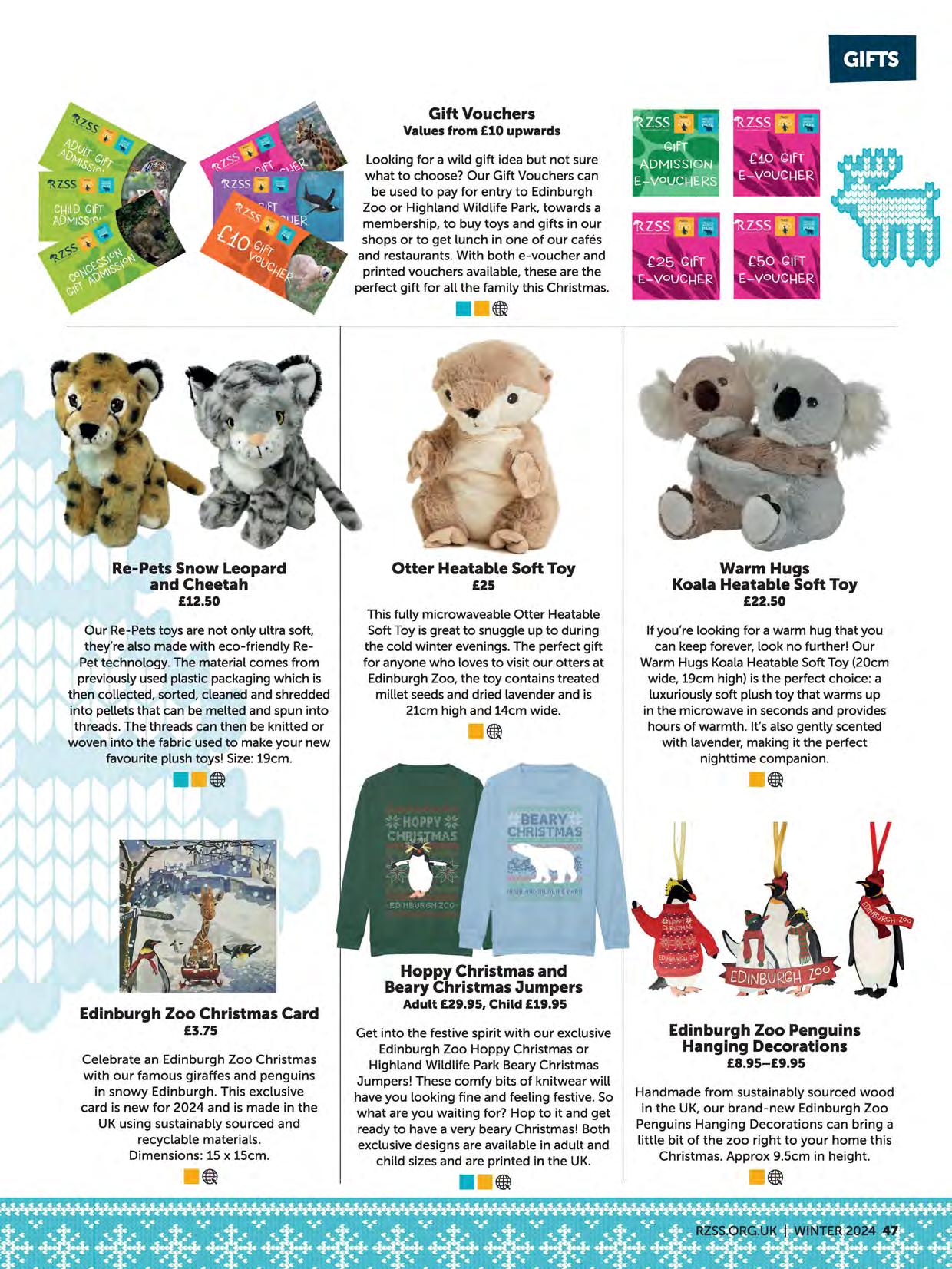
Edinburgh Zoo Christmas Card
£3.75
Celebrate an Edinburgh Zoo Christmas with our famous giraffes and penguins in snowy Edinburgh. This exclusive card is new for 2024 and is made in the UK using sustainably sourced and recyclable materials. Dimensions: 15 x 15cm.
Values from £10 upwards
Looking for a wild gift idea but not sure what to choose? Our Gift Vouchers can be used to pay for entry to Edinburgh Zoo or Highland Wildlife Park, towards a membership, to buy toys and gifts in our shops or to get lunch in one of our cafes and restaurants. With both e-voucher and printed vouchers available, these are the perfect gift for all the family this Christmas.
Otter Heatable Soft Toy
£25
This fully microwaveable Otter Heatable Soft Toy is great to snuggle up to during the cold winter evenings. The perfect gift for anyone who loves to visit our otters at Edinburgh Zoo, the toy contains treated millet seeds and dried lavender and is 21cm high and 14cm wide.
£22.50
If you're looking for a warm hug that you can keep forever, look no further! Our Warm Hugs Koala Heatable Soft Toy (20cm wide, 19cm high) is the perfect choice: a luxuriously soft plush toy that warms up in the microwave in seconds and provides hours of warmth. It's also gently scented with lavender, making it the perfect nighttime companion.
Adult £29.95, Child £19.95
Get into the festive spirit with our exclusive Edinburgh Zoo Hoppy Christmas or Highland Wildlife Park Beary Christmas Jumpers! These comfy bits of knitwear will have you looking fine and feeling festive. So what are you waiting for? Hop to it and get ready to have a very beary Christmas! Both exclusive designs are available in adult and child sizes and are printed in the UK.
£8.95-£9.95
Handmade from sustainably sourced wood in the UK, our brand-new Edinburgh Zoo Penguins Hanging Decorations can bring a little bit of the zoo right to your home this Christmas. Approx 9.5cm in height.
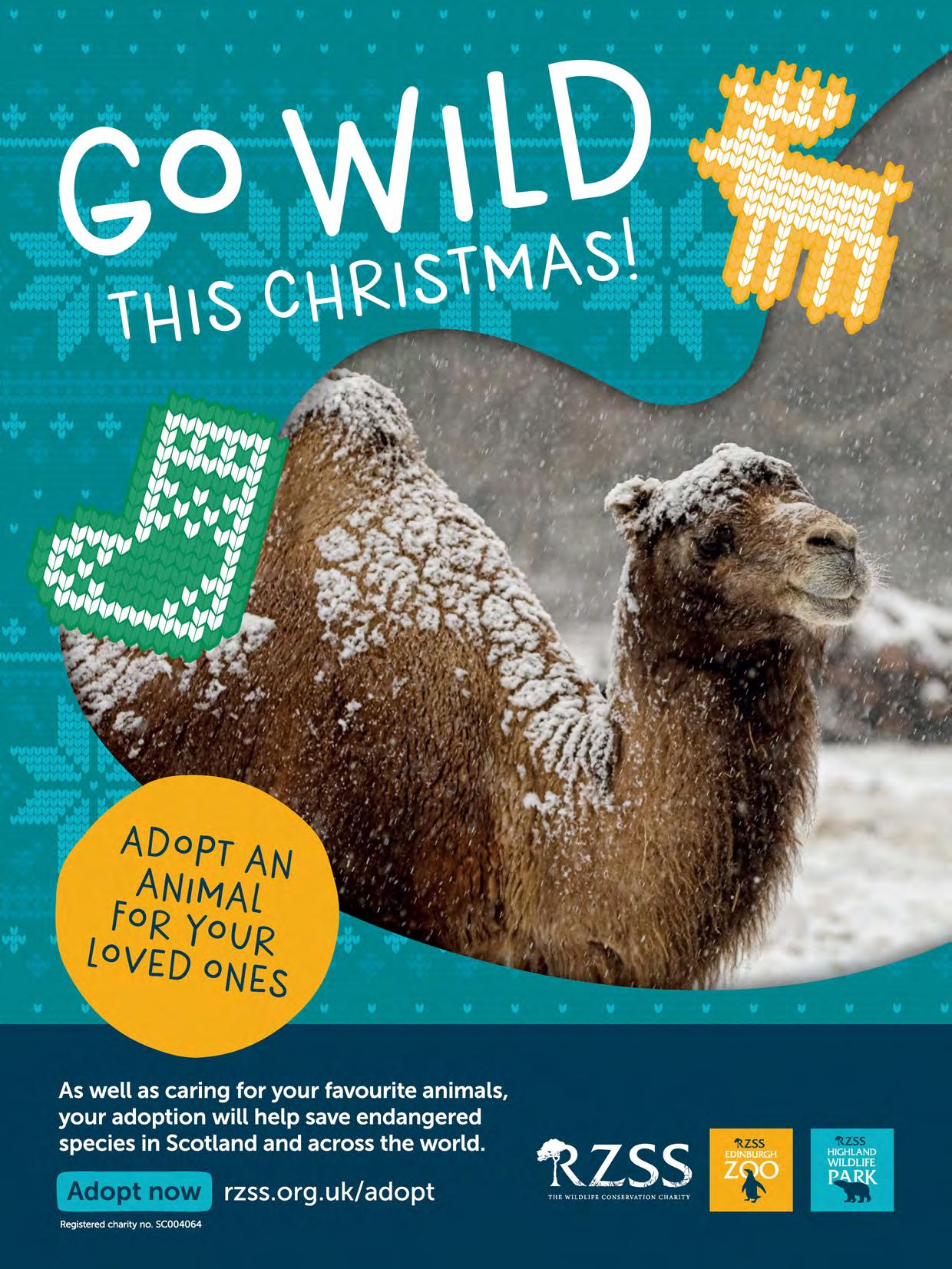
AD0 pr AN ANIMAL
F0 R Y0 UR
L0 V£D oNEs
Searching for a Secret Santa or super stocking filler? Our Gift Vouchers can help you wrap up your Christmas shopping with a bow. Don't miss our Nature Photography Workshop vouchers -a picture-perfect present for shutterbugs.
• shop.rzss.org.uk
You can sponsor one of three wildcats -Skye, Oscar or Margaret -in the Saving Wildcats breeding for release centre at Highland Wildlife Park. Help protect the Highland Tiger's future and deliver a pawsitively purrfect present for feline fanatics in your life.
• savingwildcats.org.uk/support
Whether they're mad about meerkats or passionate about polar bears, make your loved ones' Christmas by adopting their favourite animals. With five levels available -Cub, Bronze, Silver,Gold and Platinum -customise your Adoption Gift Pack for that personal touch. Place your order by Friday 6 December so it arrives in time for Santa!
• rzss.org.uk/adopt
Treat your loved ones to year-round unlimited access to Edinburgh Zoo and Highland Wildlife Park with a gifted membership. With plenty of other perks to enjoy -including free entry to 12 other zoos in the UK and Europe and a subscription to this magazine -RZSSmembership is the gift that keeps on giving.
• rzss.org.uk/membership
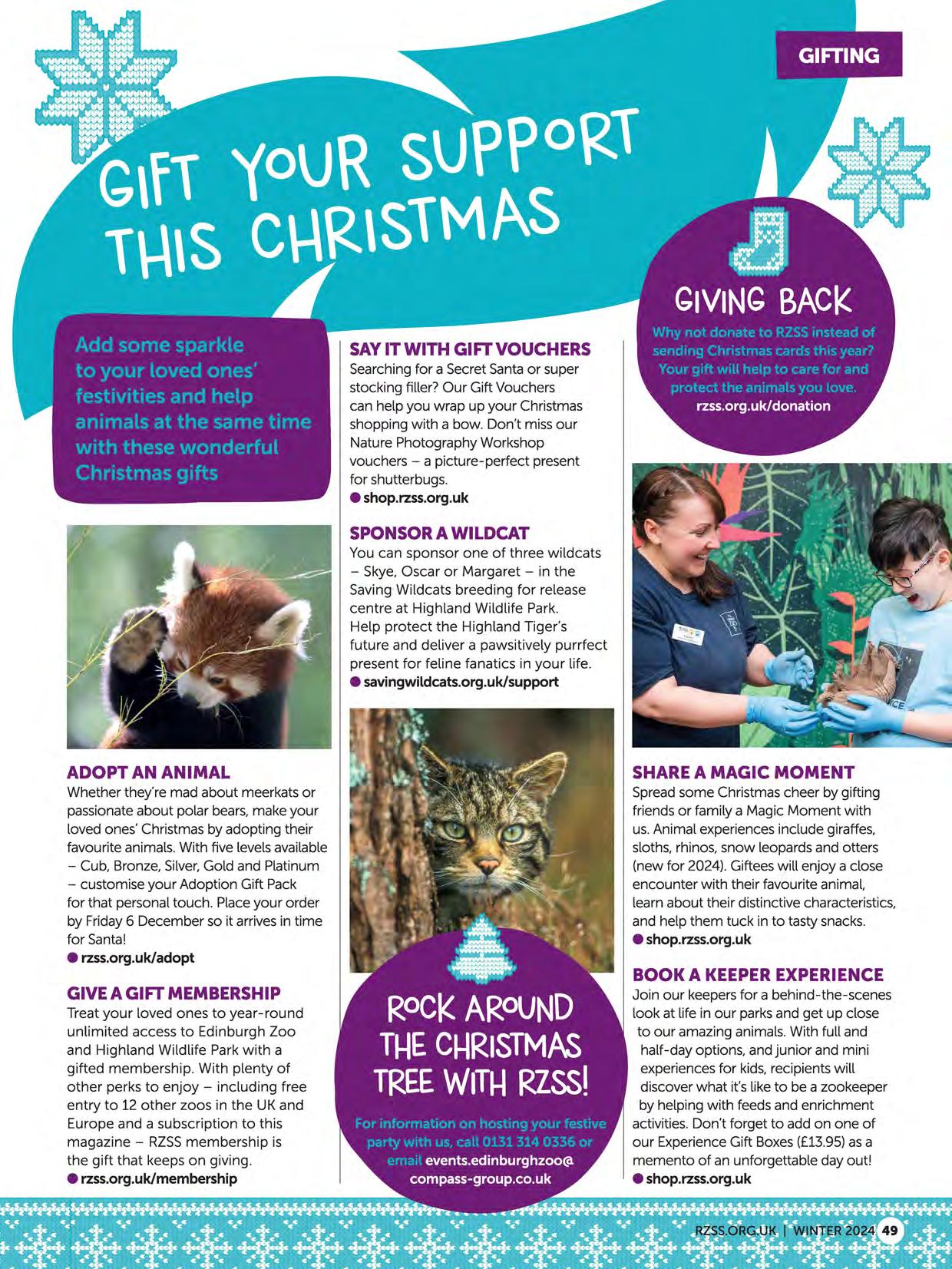
Spread some Christmas cheer by gifting friends or family a Magic Moment with us. Animal experiences include giraffes, sloths, rhinos, snow leopards and otters (new for 2024). Giftees will enjoy a close encounter with their favourite animal, learn about their distinctive characteristics, and help them tuck in to tasty snacks.
• shop.rzss.org.uk
Join our keepers for a behind-the-scenes look at life in our parks and get up close to our amazing animals. With full and half-day options, and junior and mini experiences for kids, recipients will discover what it's like to be a zookeeper by helping with feeds and enrichment activities. Don't forget to add on one of our Experience Gift Boxes (£13.95)as a memento of an unforgettable day out!
• shop.rzss.org.uk
Above: Eowyn and her mum, Clare, are long-term supporters of RZSS
Below: With RZSS chief executive David Field
Right: Eowyn's poster to promote her craft sale
This summer, nine-year-old Eowyn Anderson organised a craft sale to raise money to support the conservation work of RZSS.A member of our charity along with her mum, Clare, Eowyn visits Edinburgh Zoo about once a month from her home in East Lothian and also regularly visits Highland Wildlife Park. So, when she had the opportunity to work towards her 'Charities· Brownie badge, Eowyn immediately decided that RZSSwould be her charity of choice.
Eowyn printed photographs from her zoo visits and made a collection of colourful crafts using clay, beads, felt and other materials, most of them themed around animals and nature. She also put lots of work into promoting the craft sale, which was planned for straight after school on a Friday.
"I showed my class a video I'd made and a poster with facts about the zoo and some of the conservation work RZSSdoes," she recalls.
The event was a great success.
"Eowyn's school is fantastic and has a real community feeling, and we had lots of support from people in our village, so all the children came up after school," explains Clare. Generous friends and family also donated via Facebook.
11I found out there were secret meerkatsbehind the sceneswho you don 1t normally get to see. I fed them mealworms;they were really wriggtyr
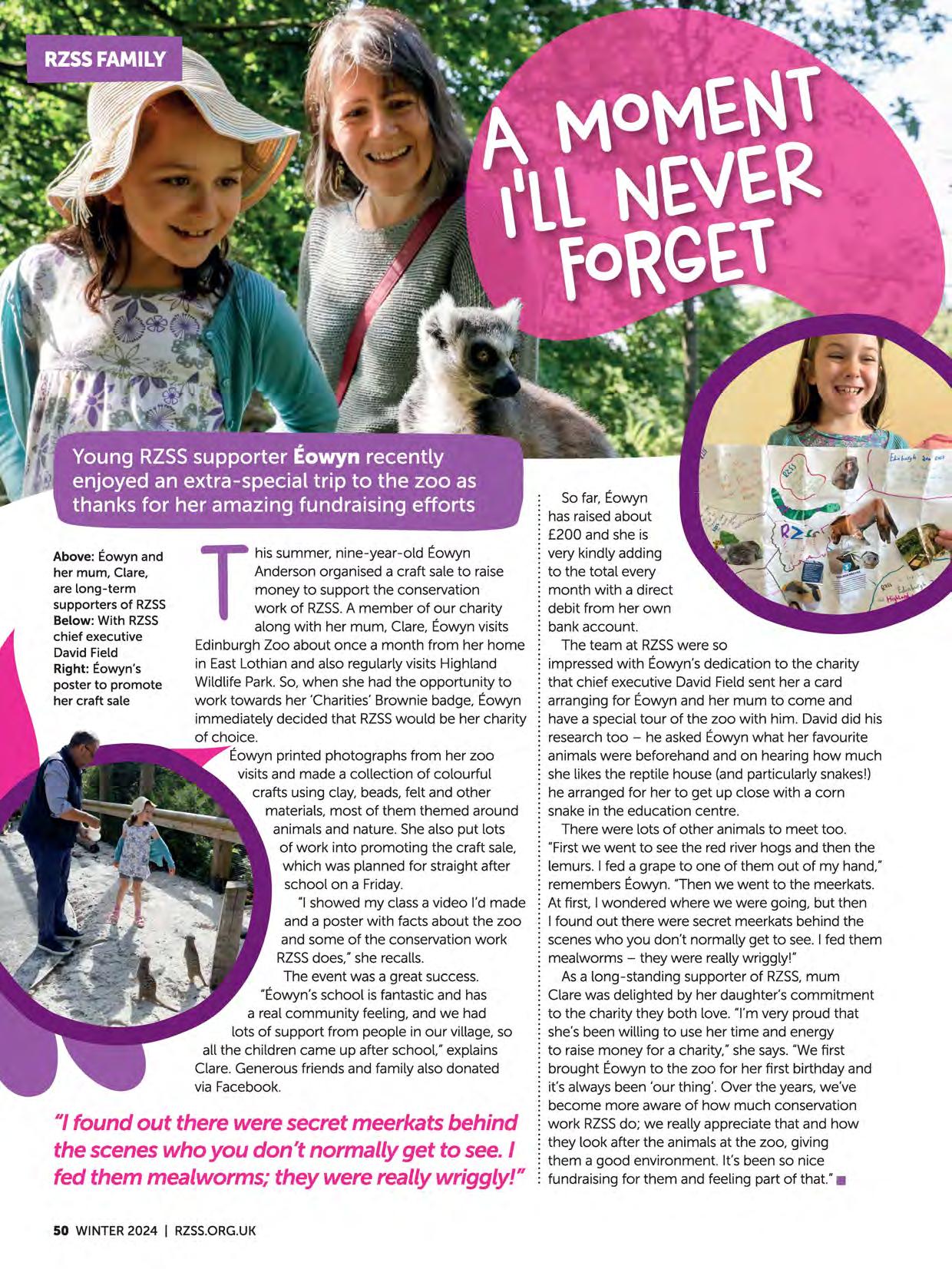
So far, Eowyn has raised about £200 and she is very kindly adding to the total every month with a direct debit from her own bank account.
The team at RZSSwere so impressed with Eowyn's dedication to the charity that chief executive David Field sent her a card arranging for Eowyn and her mum to come and have a special tour of the zoo with him. David did his research too -he asked Eowyn what her favourite animals were beforehand and on hearing how much she likes the reptile house (and particularly snakes!) he arranged for her to get up close with a corn snake in the education centre.
There were lots of other animals to meet too. "First we went to see the red river hogs and then the lemurs. I fed a grape to one of them out of my hand," remembers Eowyn. "Then we went to the meerkats. At first, I wondered where we were going, but then I found out there were secret meerkats behind the scenes who you don't normally get to see. I fed them mealworms -they were really wriggly!"
As a long-standing supporter of RZSS,mum Clare was delighted by her daughter's commitment to the charity they both love. Tm very proud that she's been willing to use her time and energy to raise money for a charity," she says. "We first brought Eowyn to the zoo for her first birthday and it's always been 'our thing'. Over the years, we've become more aware of how much conservation work RZSSdo; we really appreciate that and how they look after the animals at the zoo, giving them a good environment. Ifs been so nice fundraising for them and feeling part of
